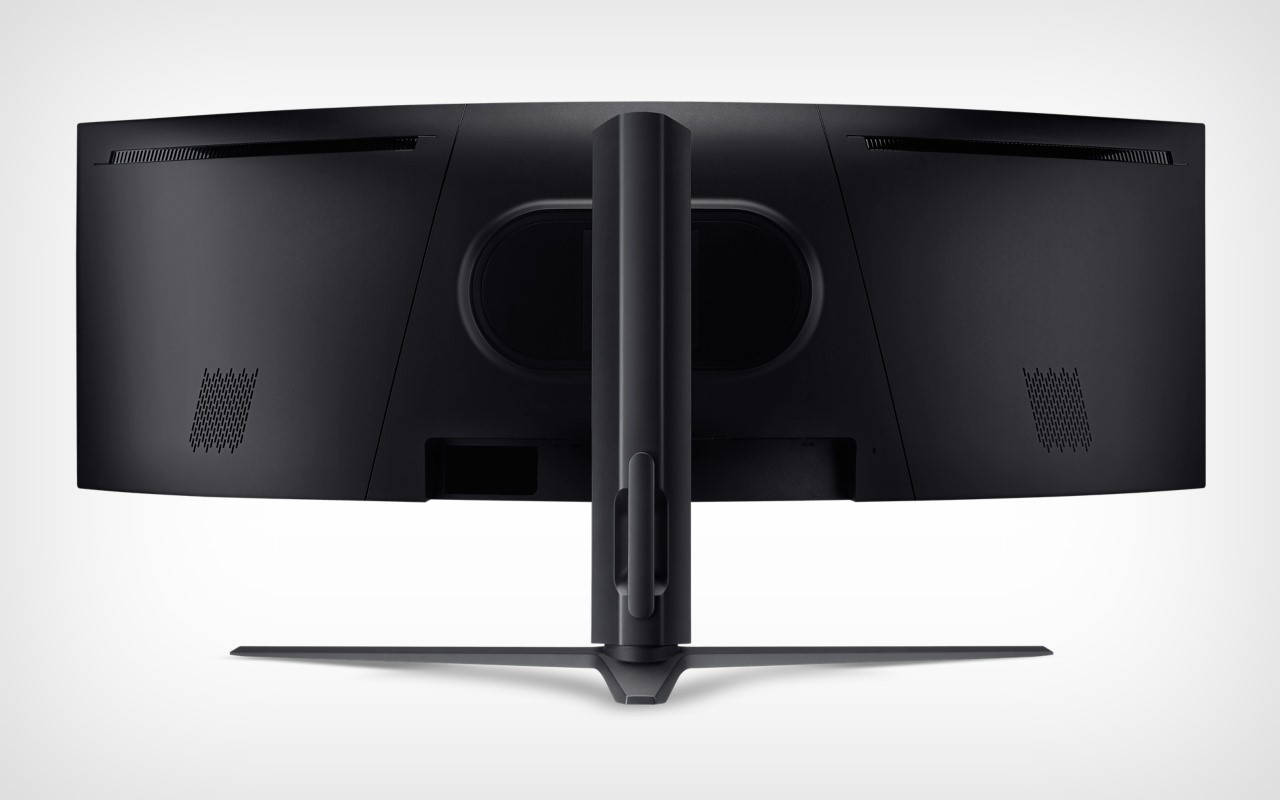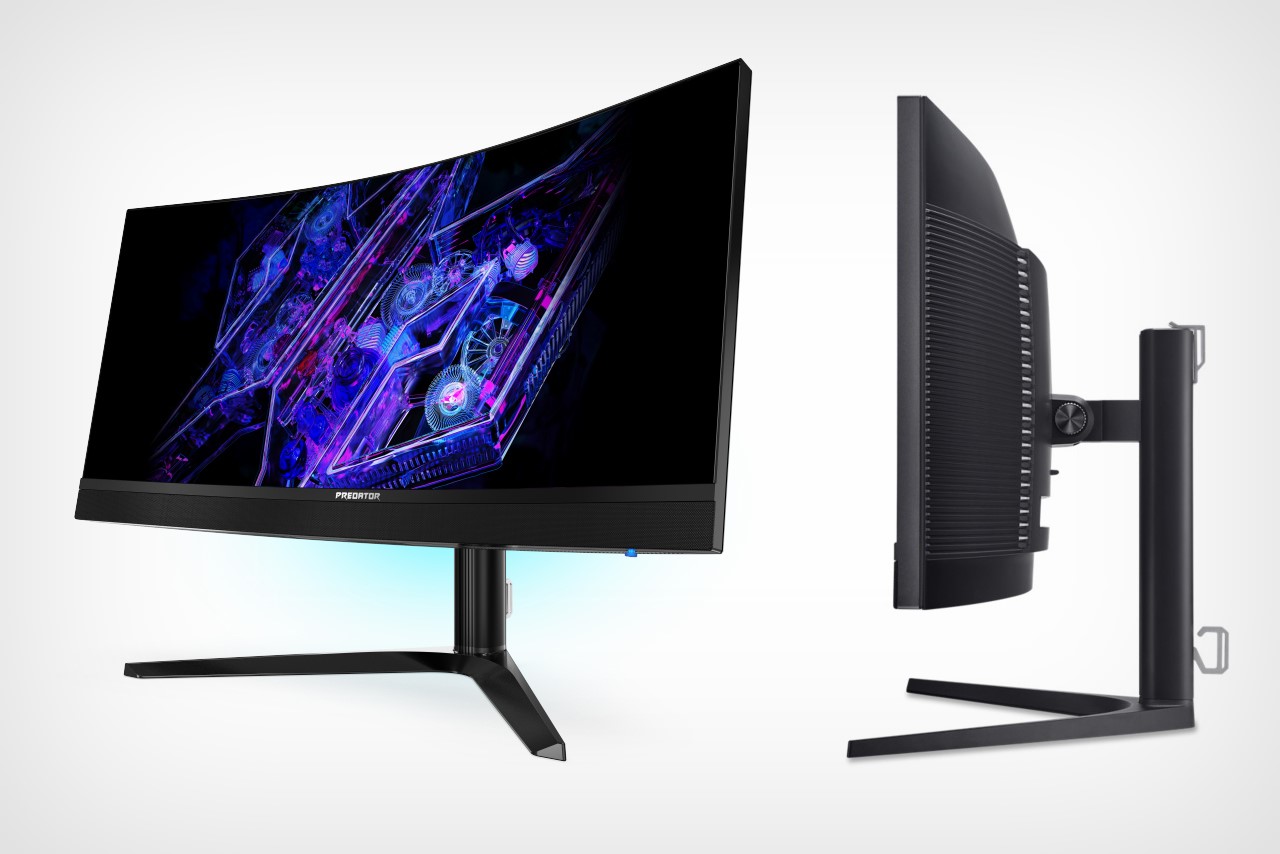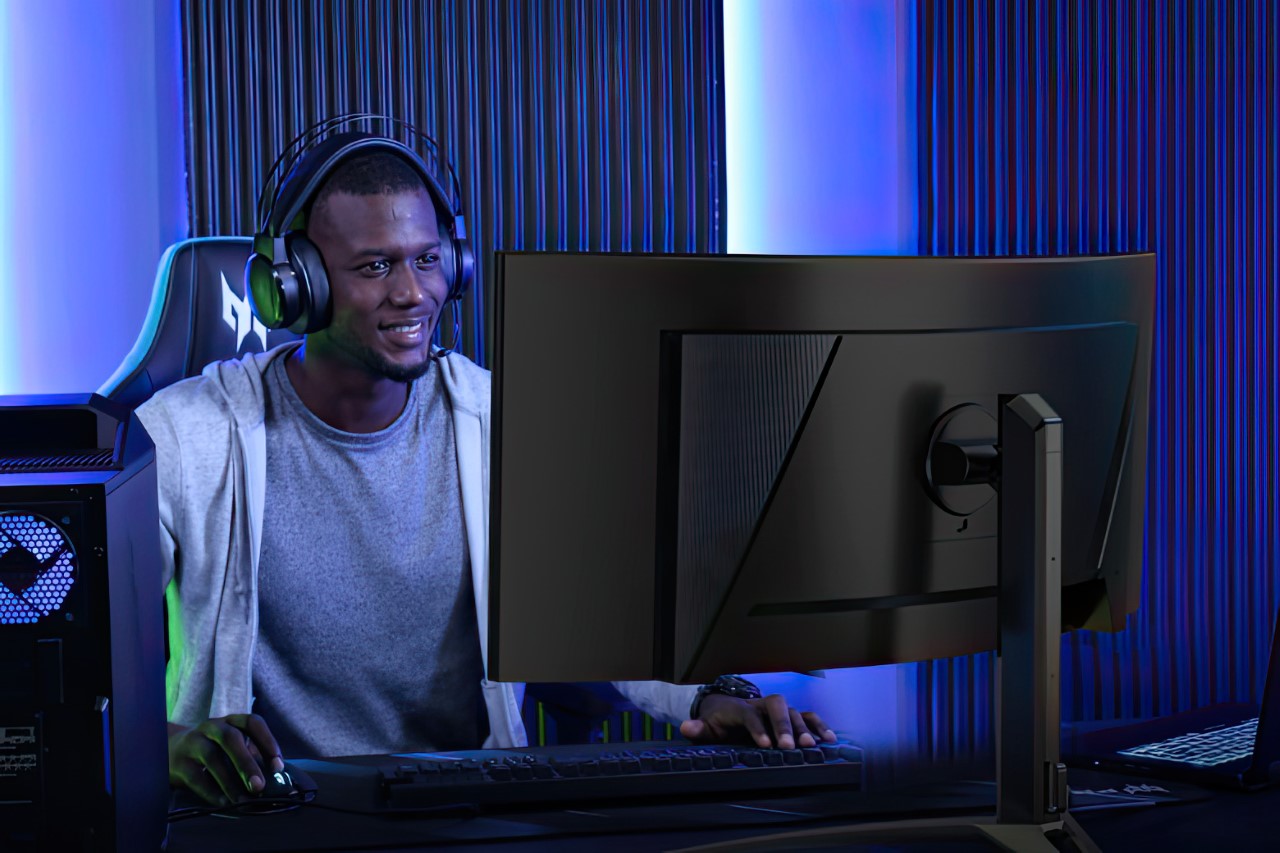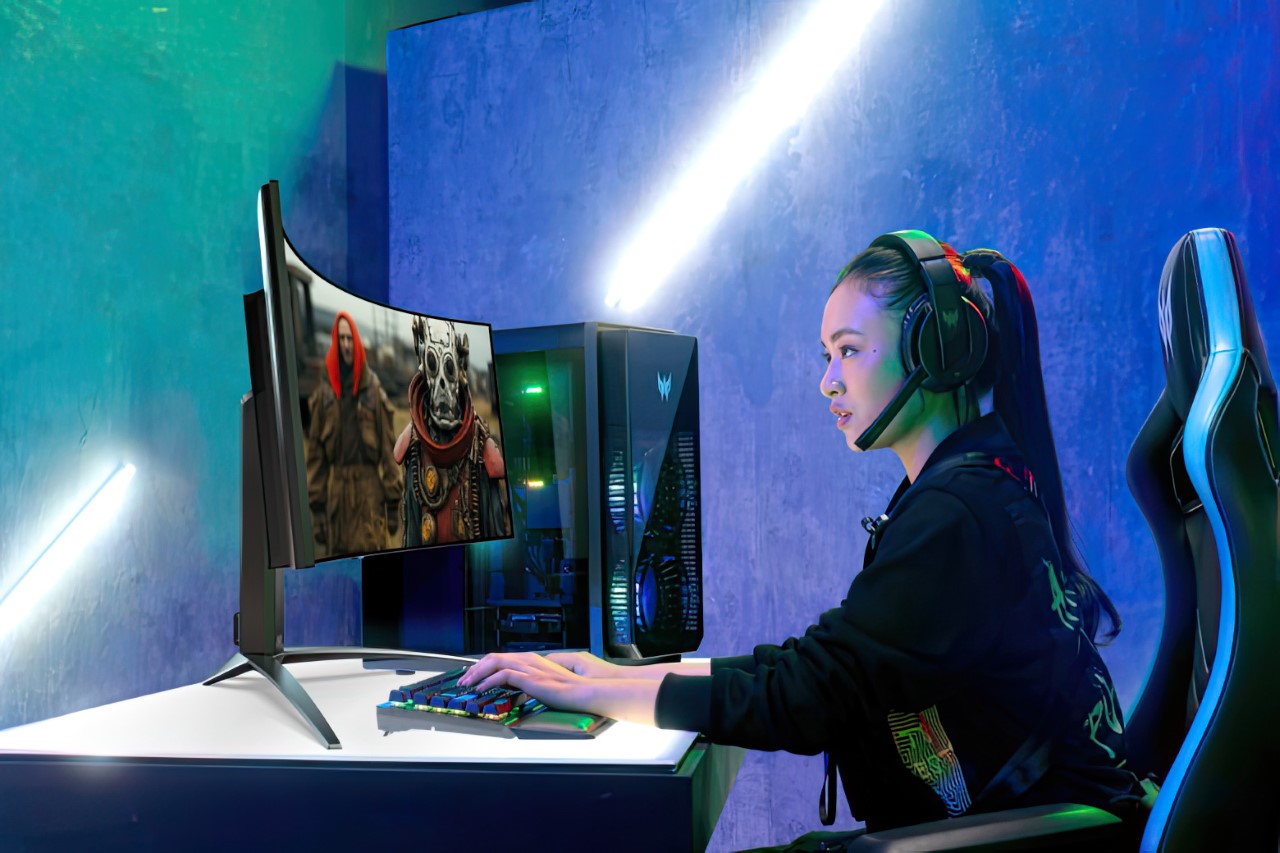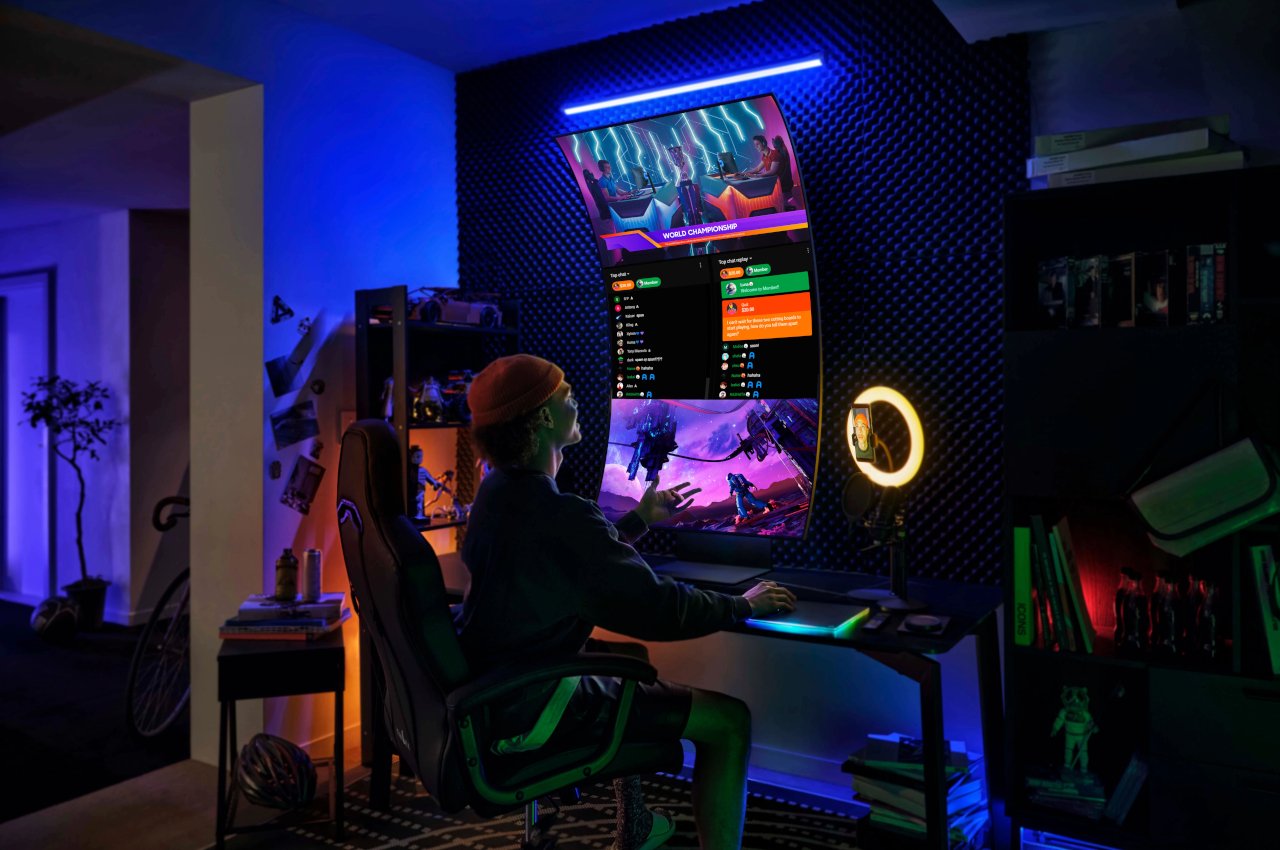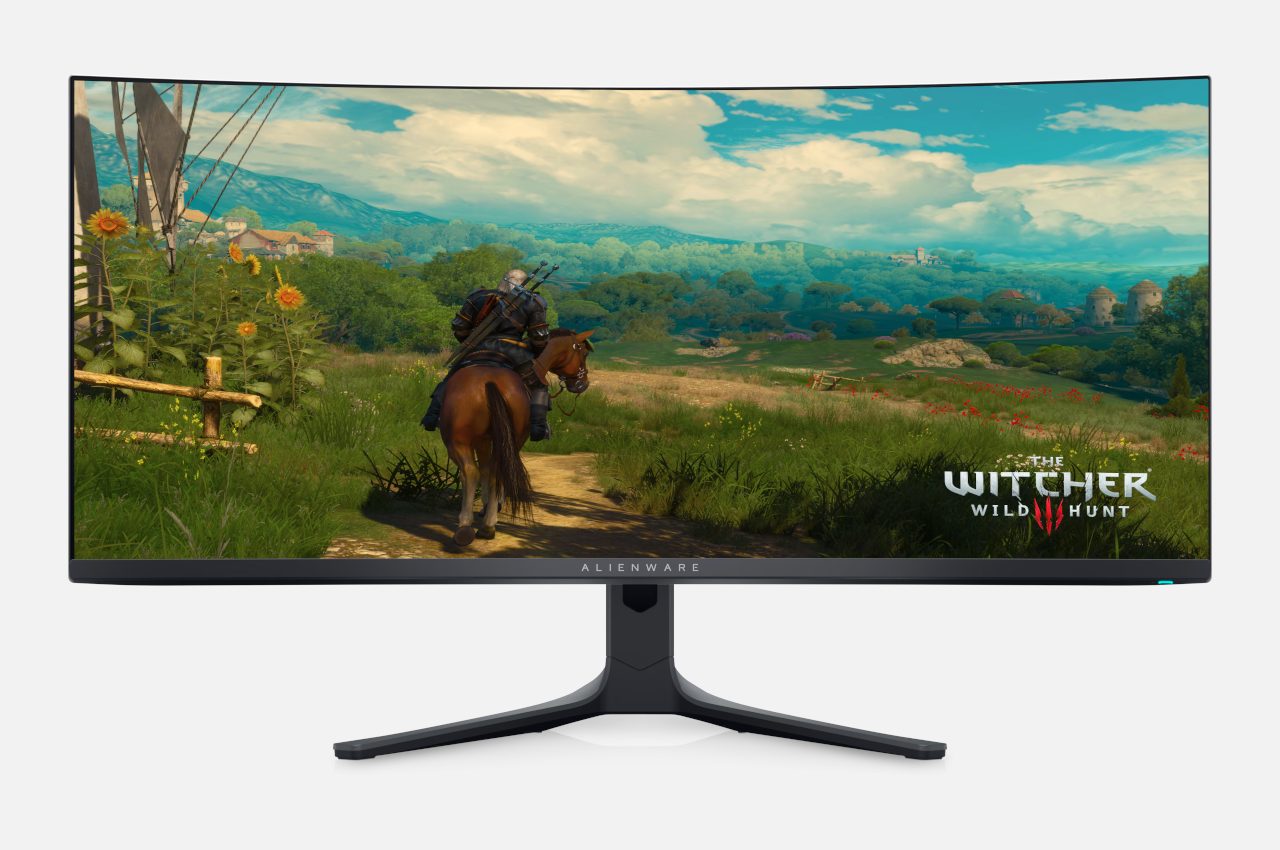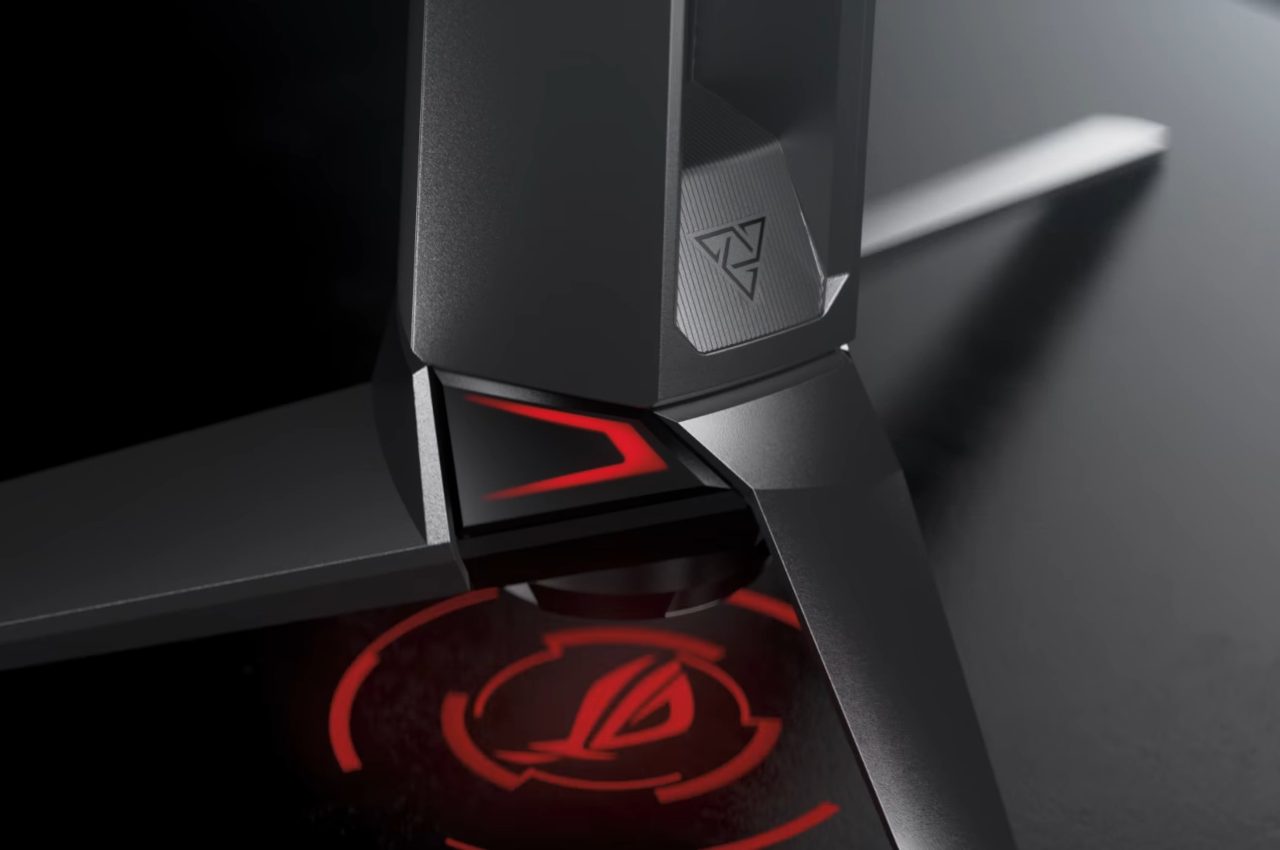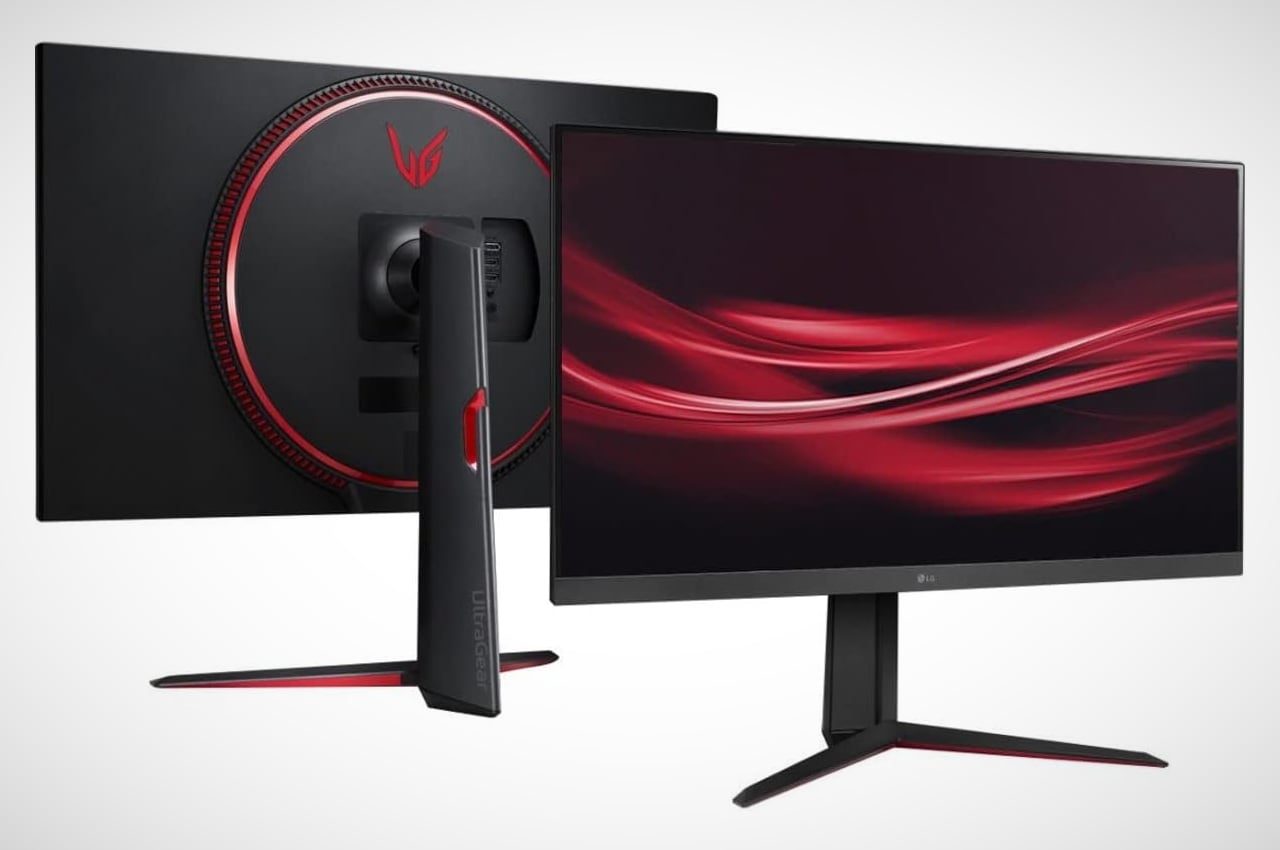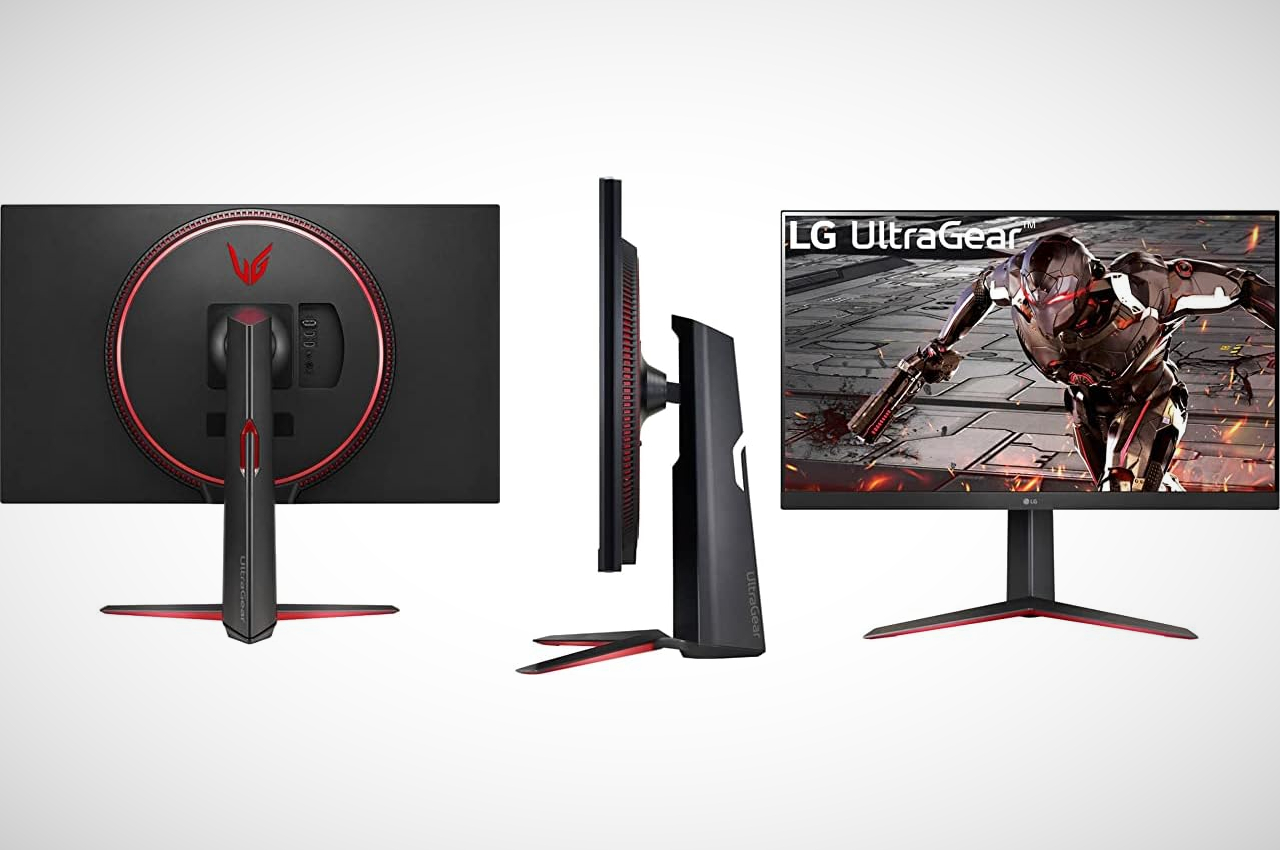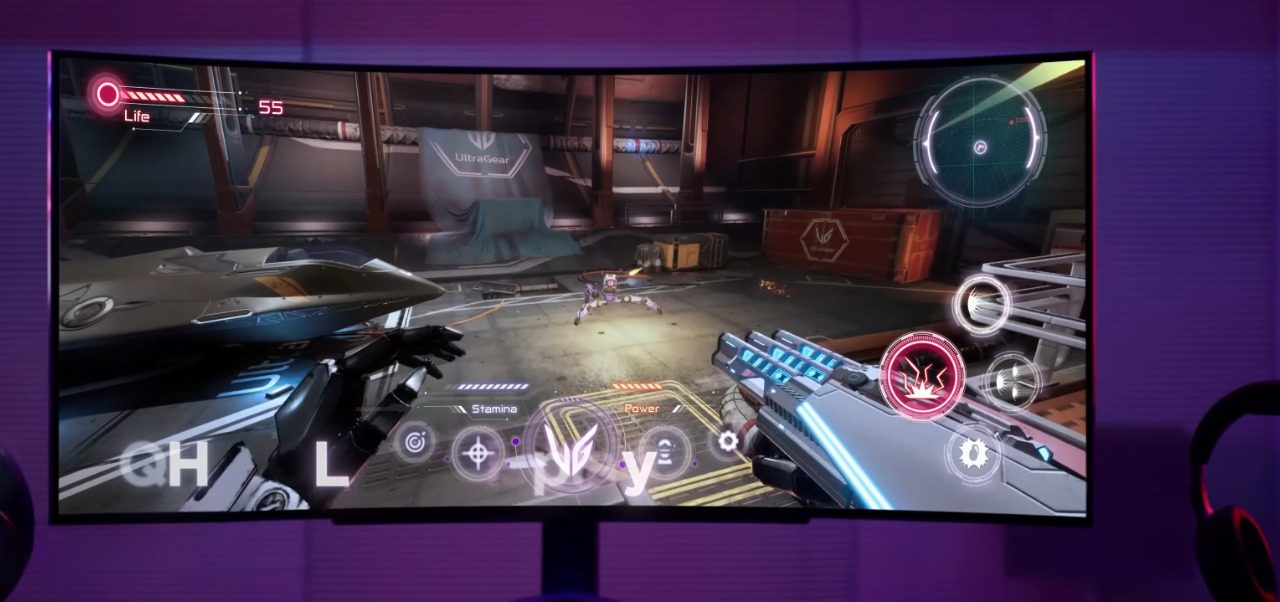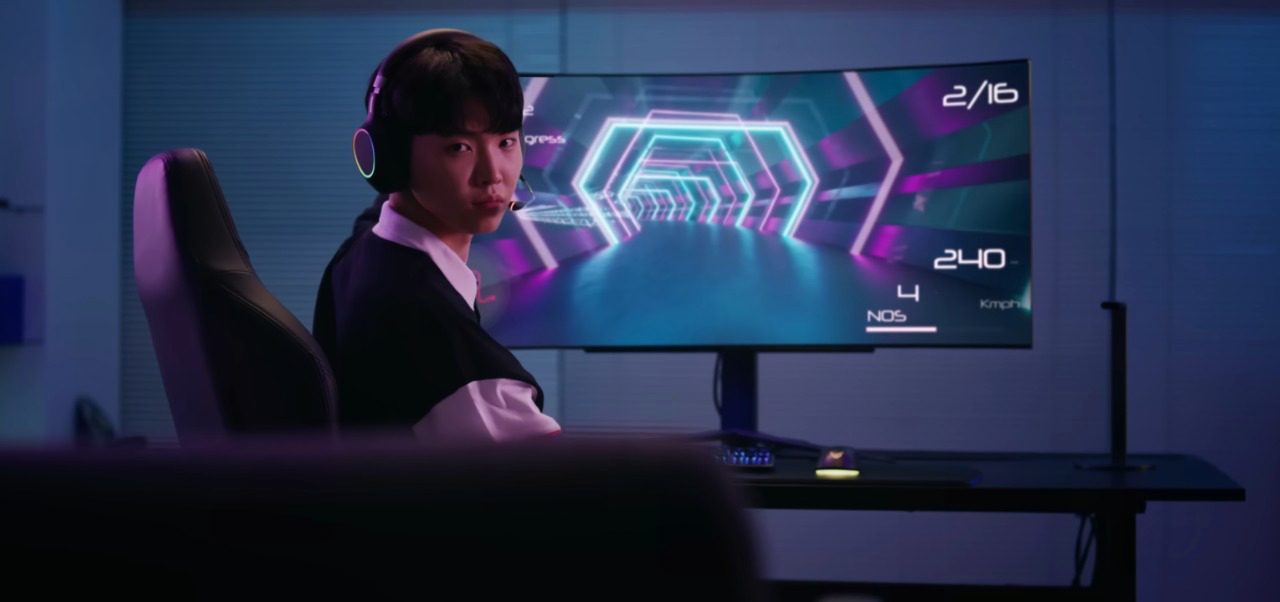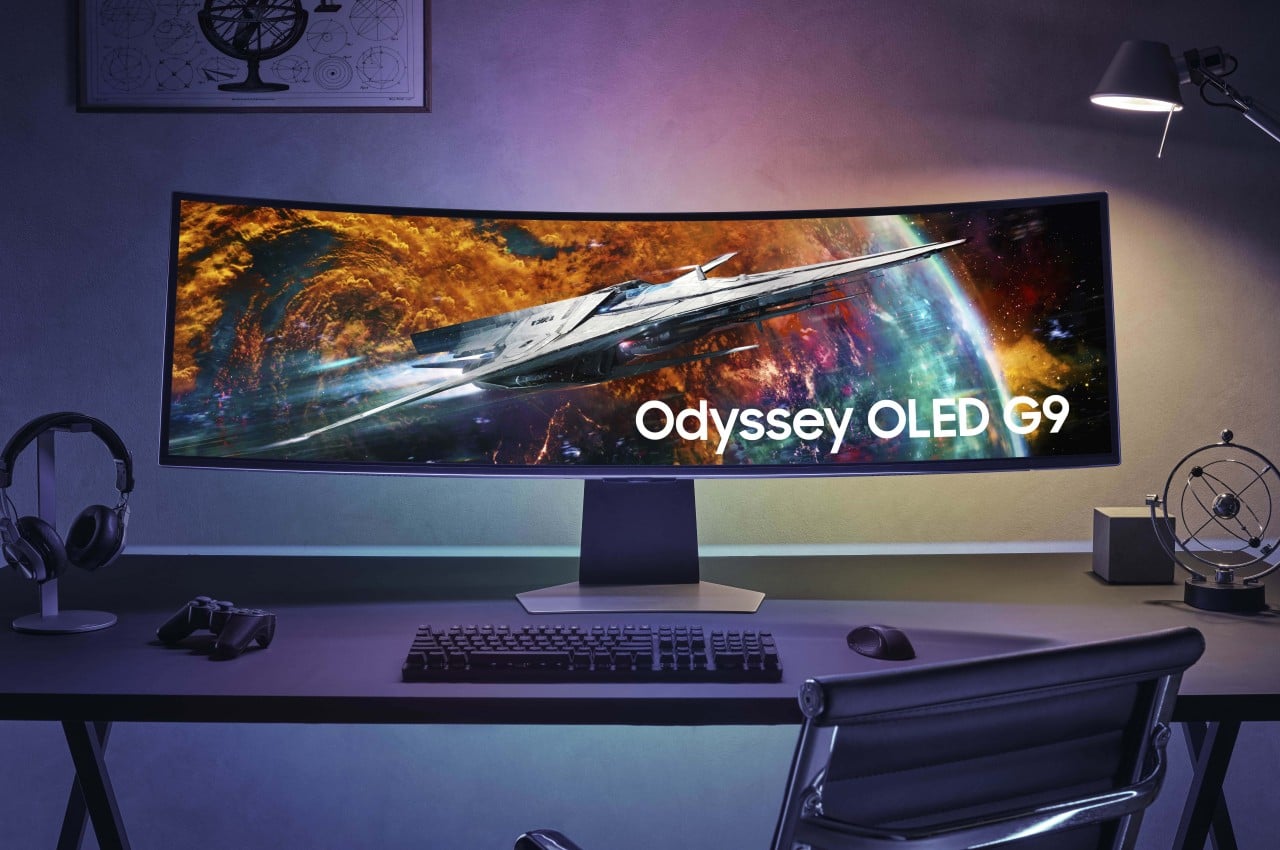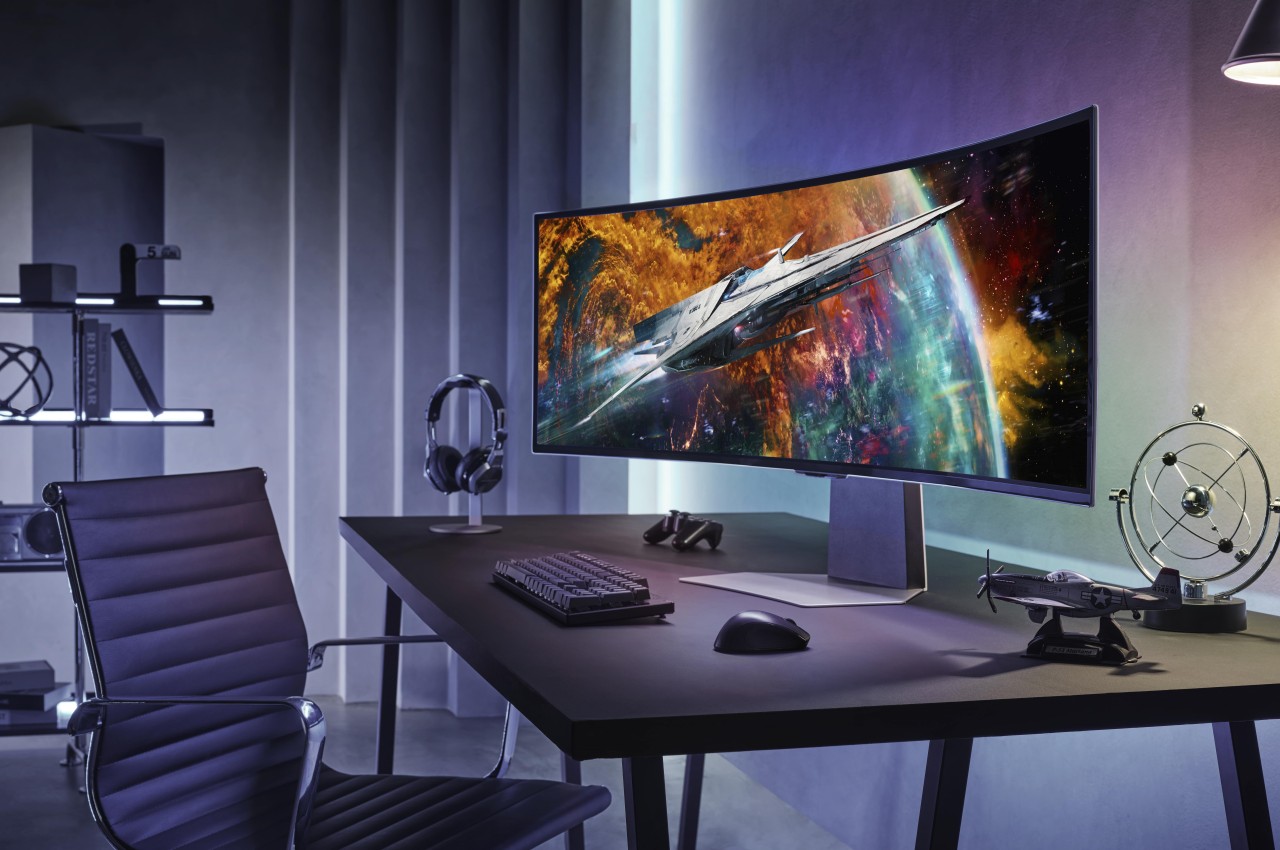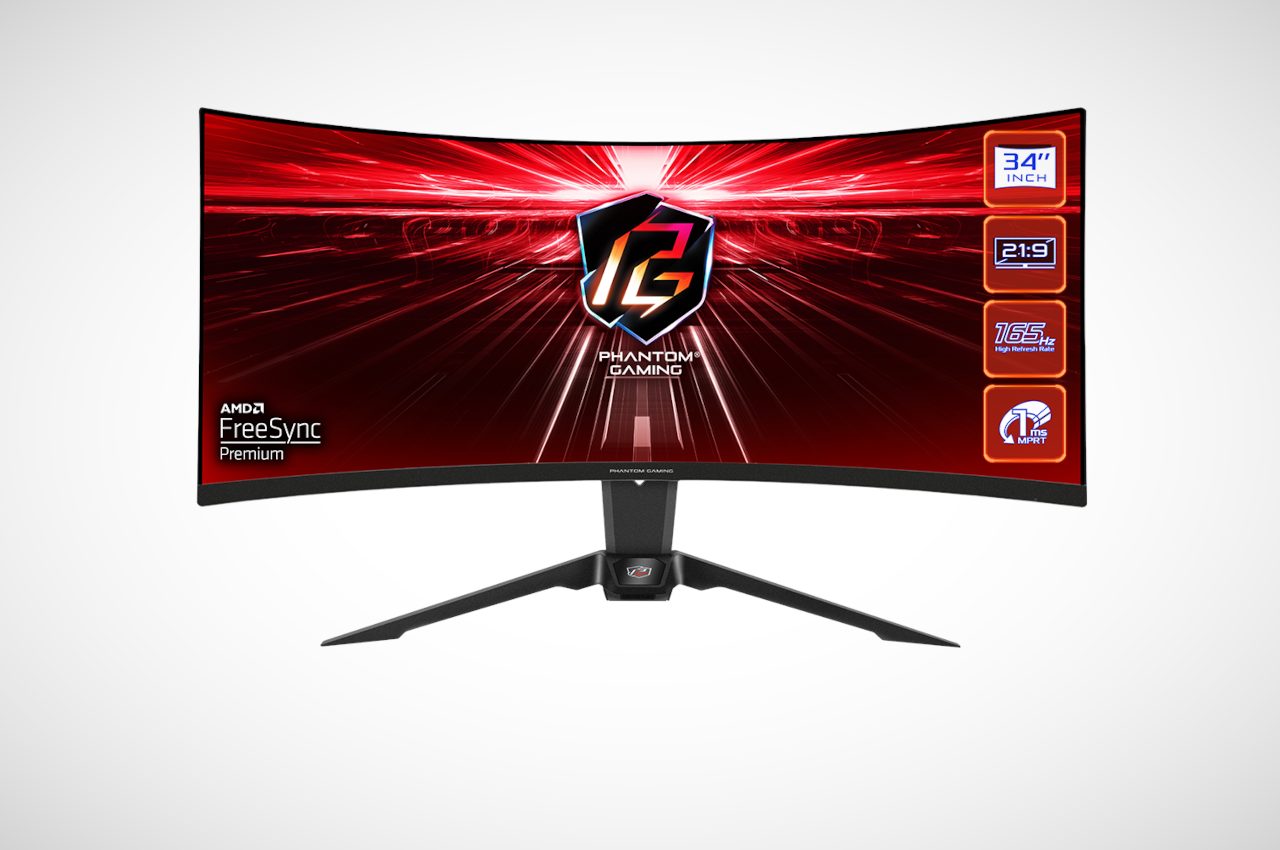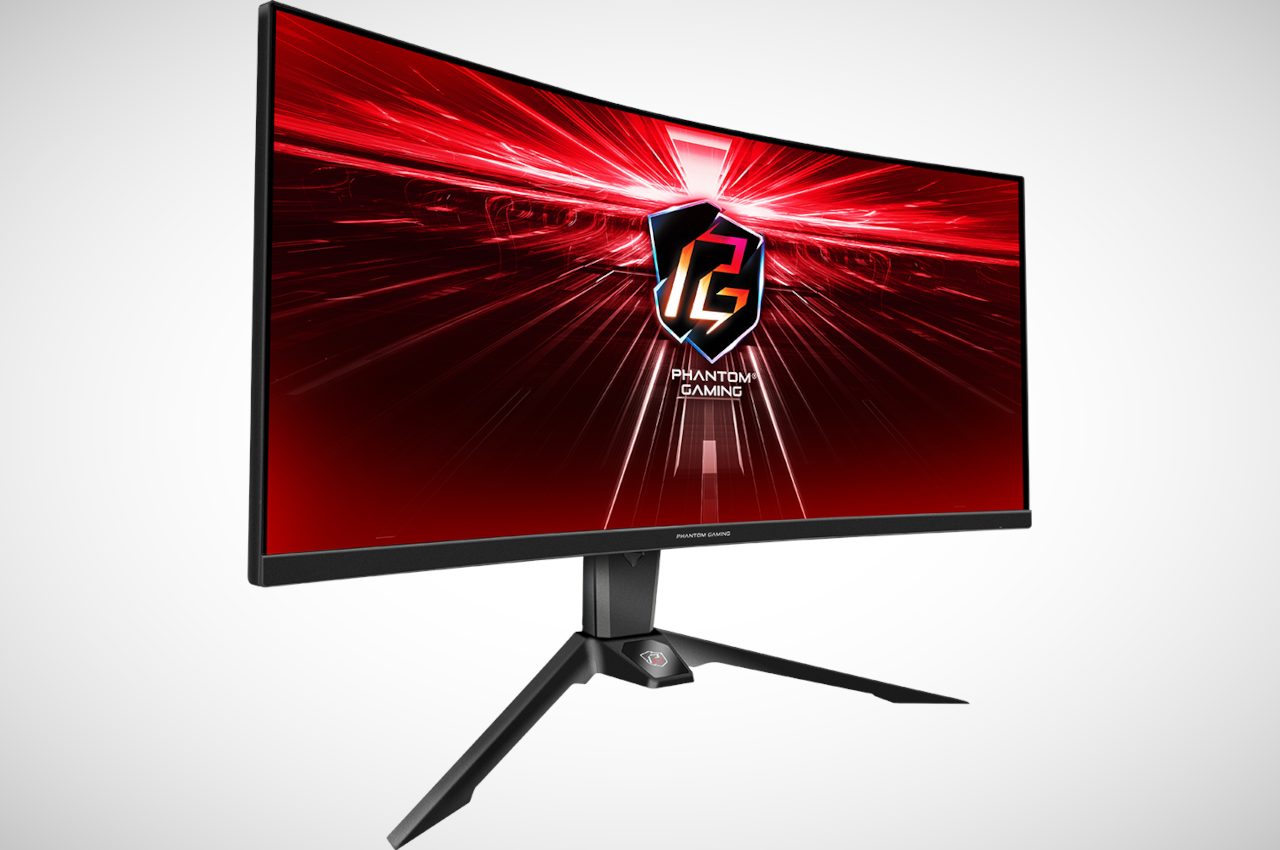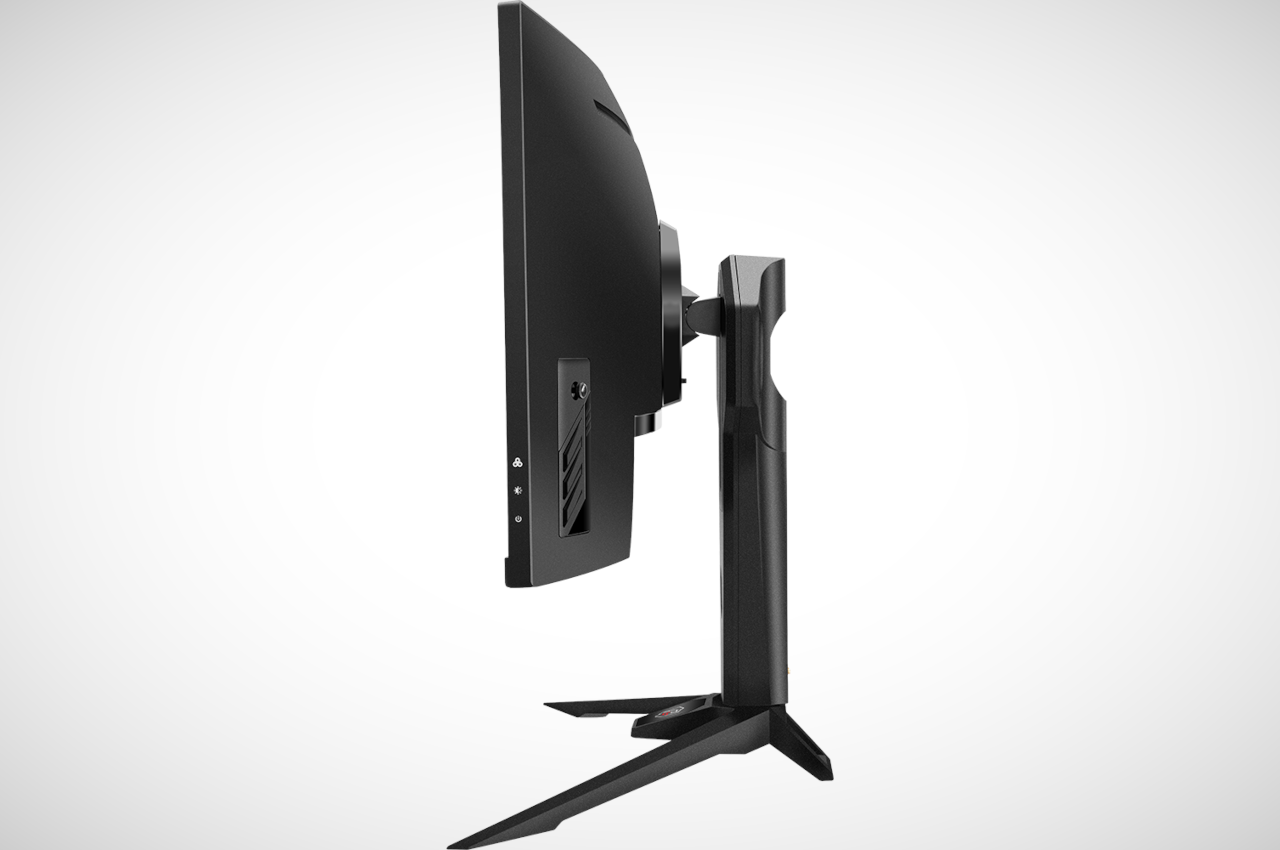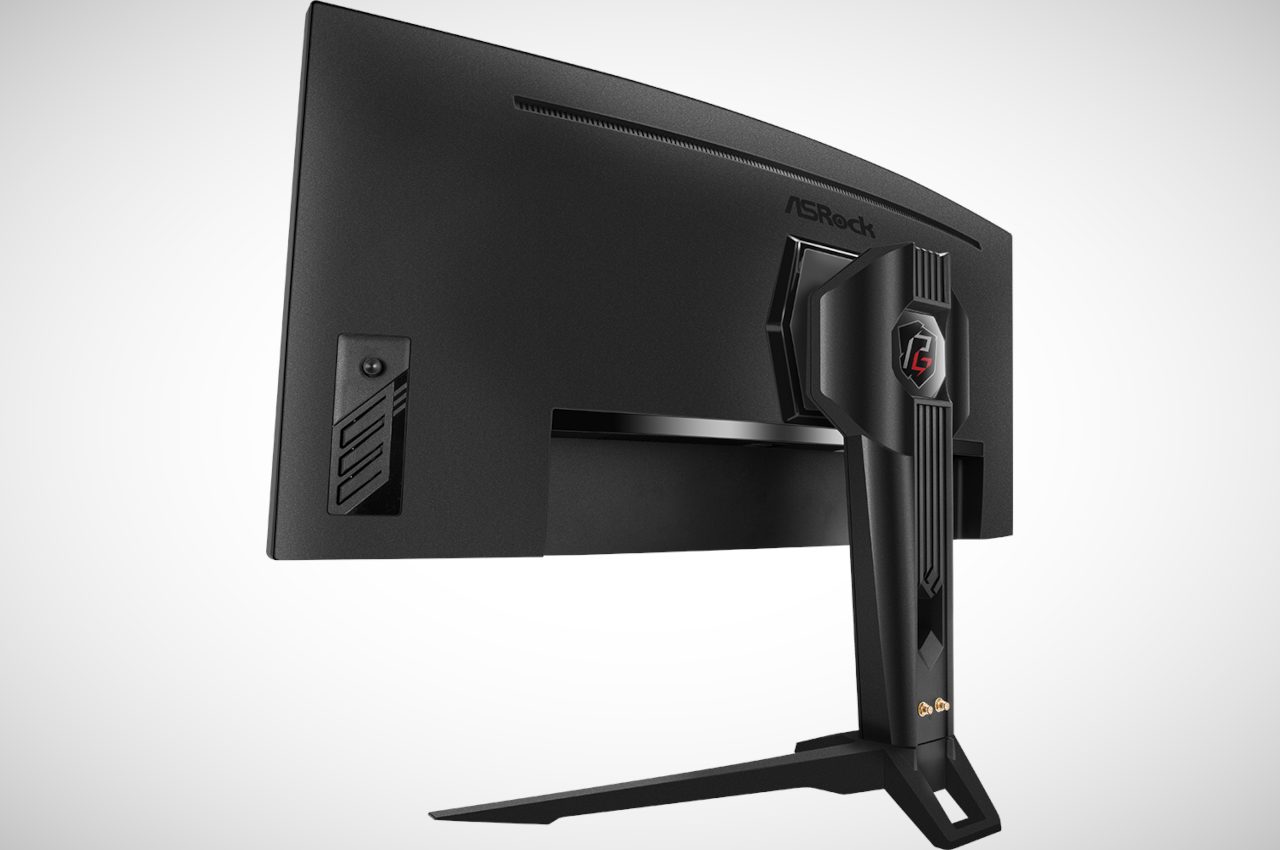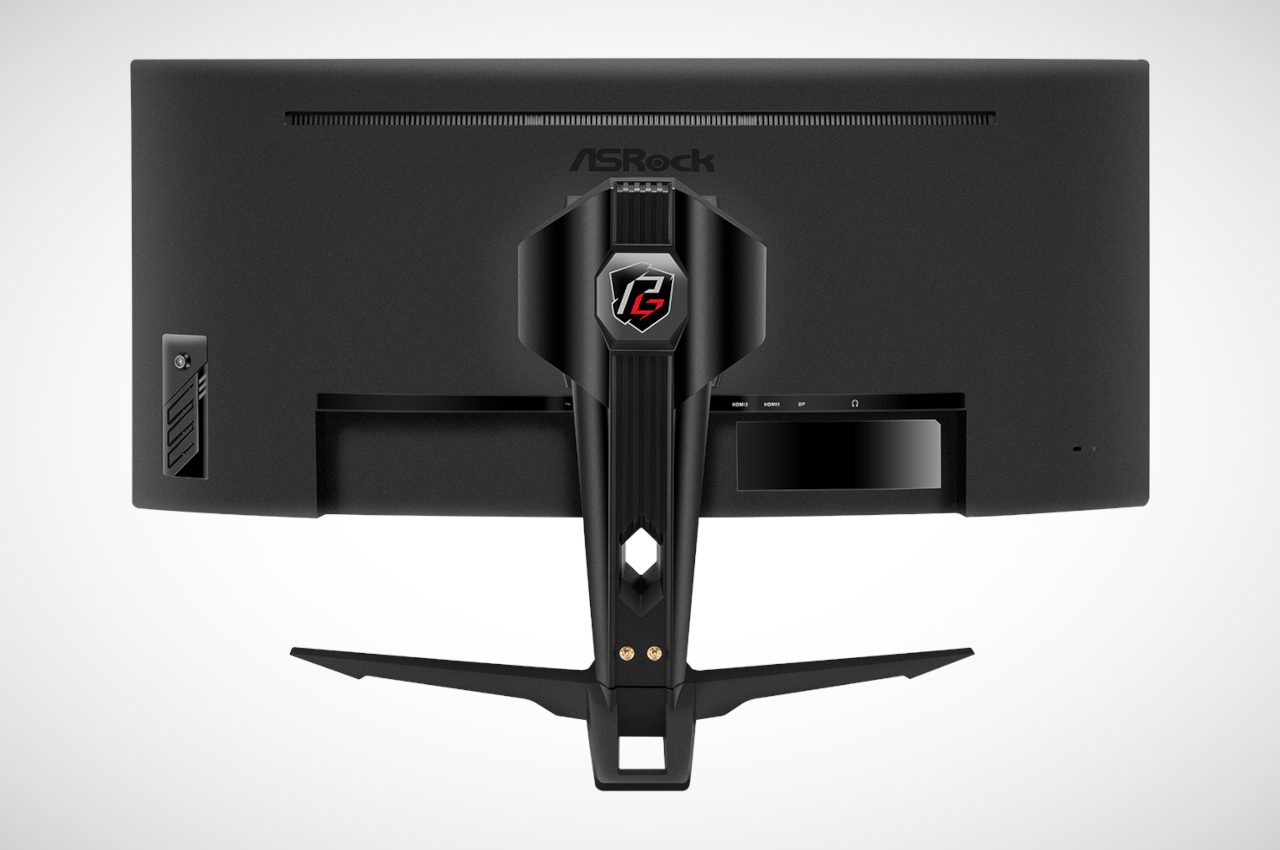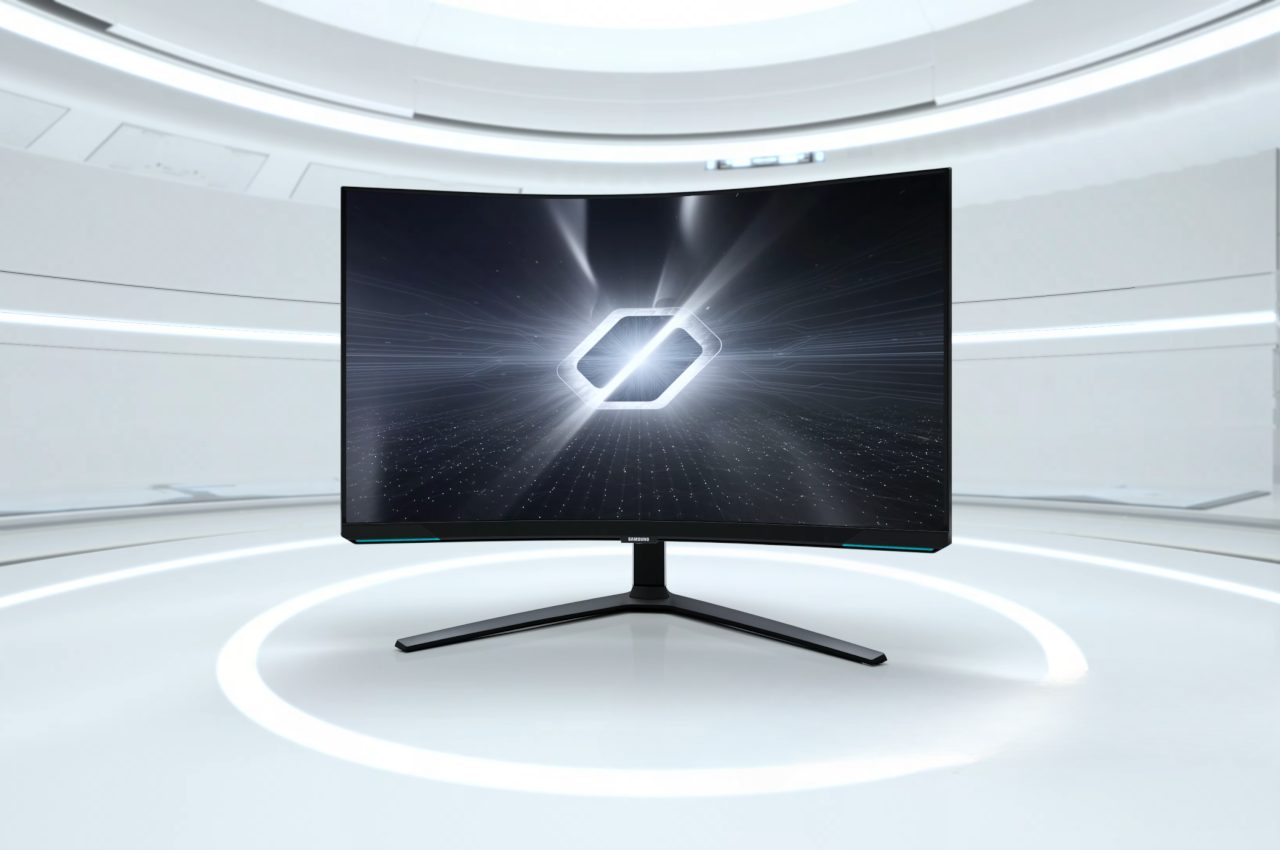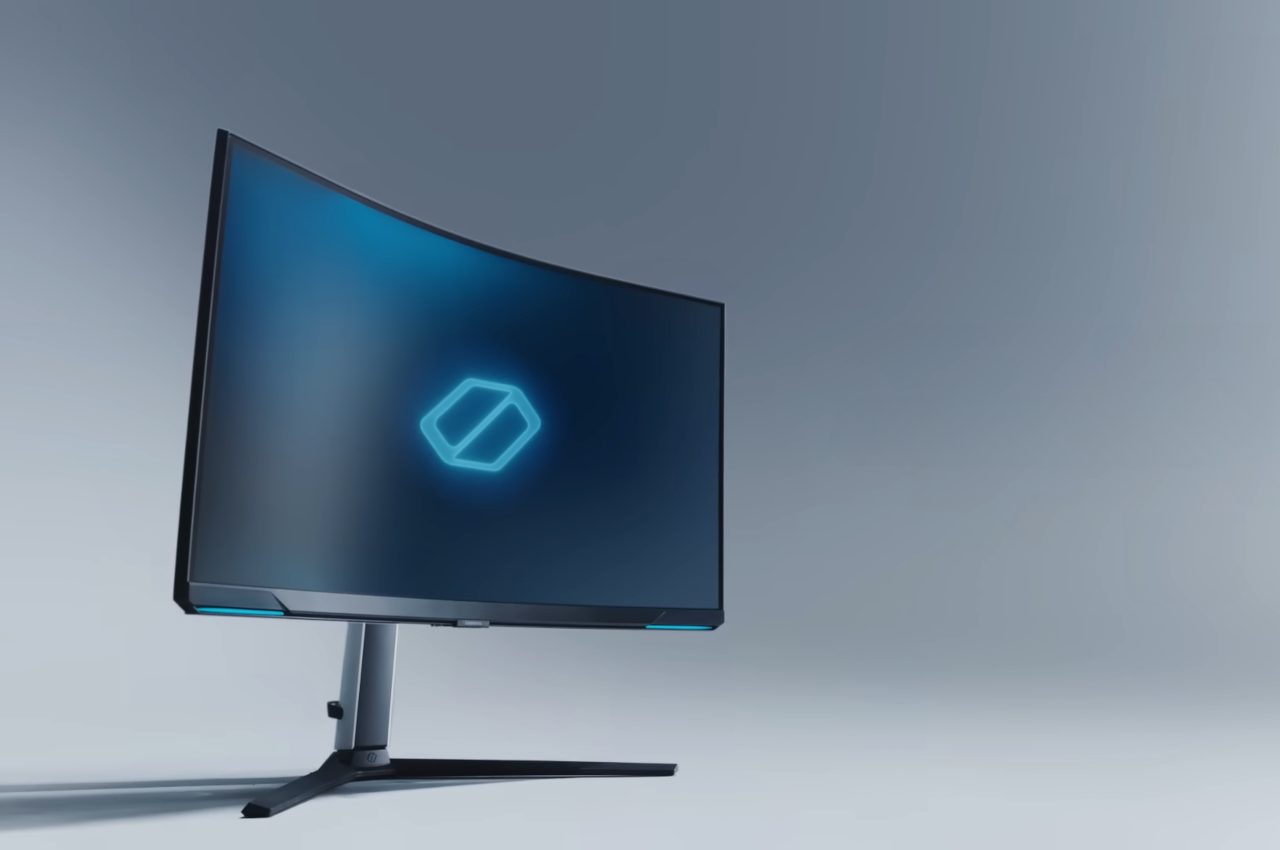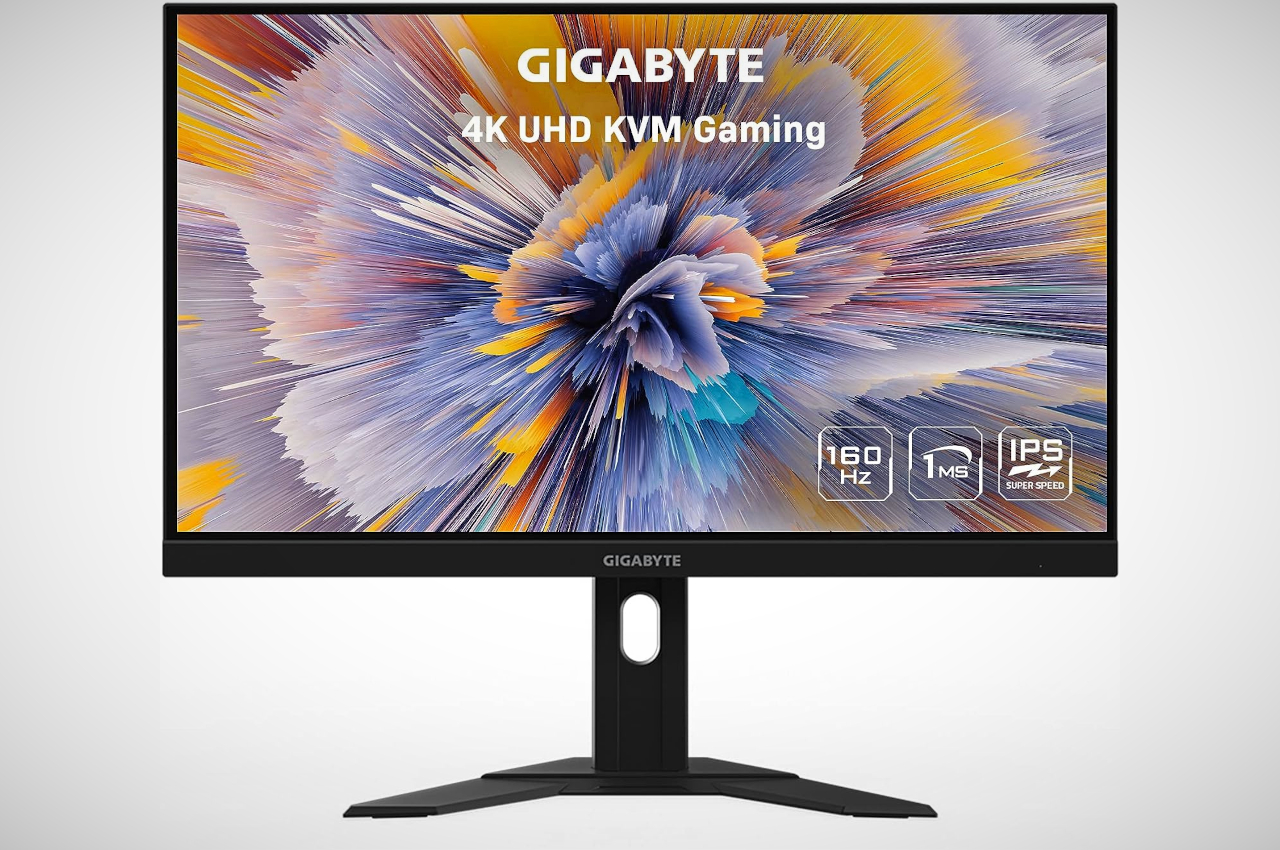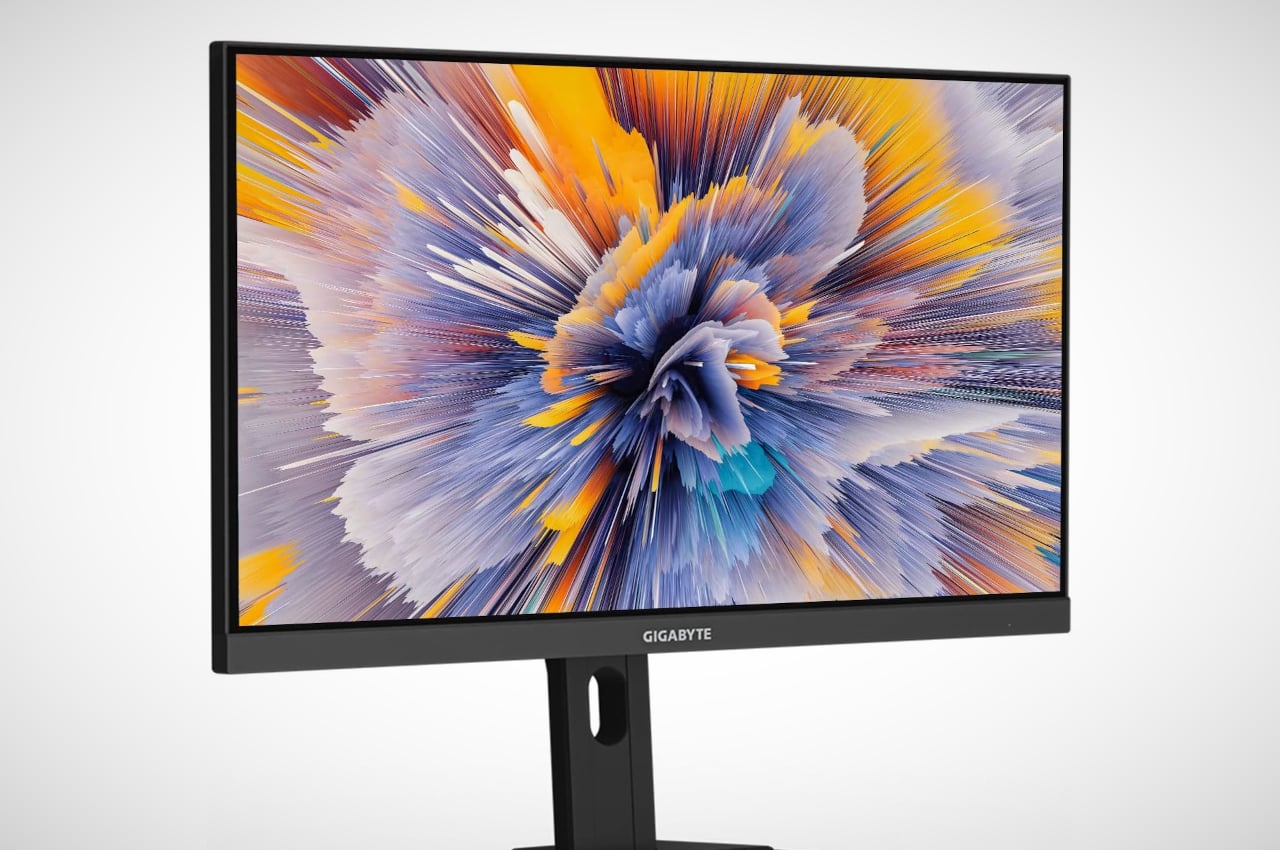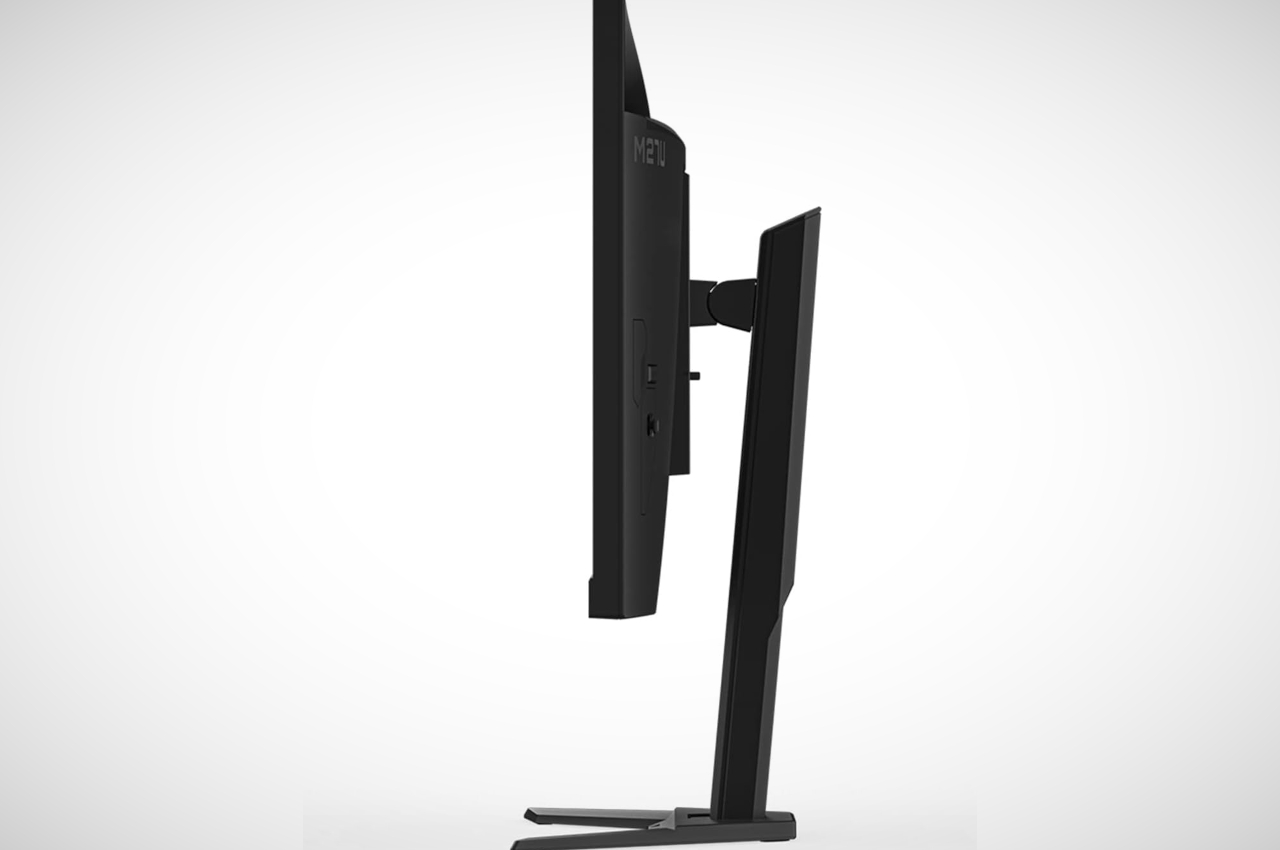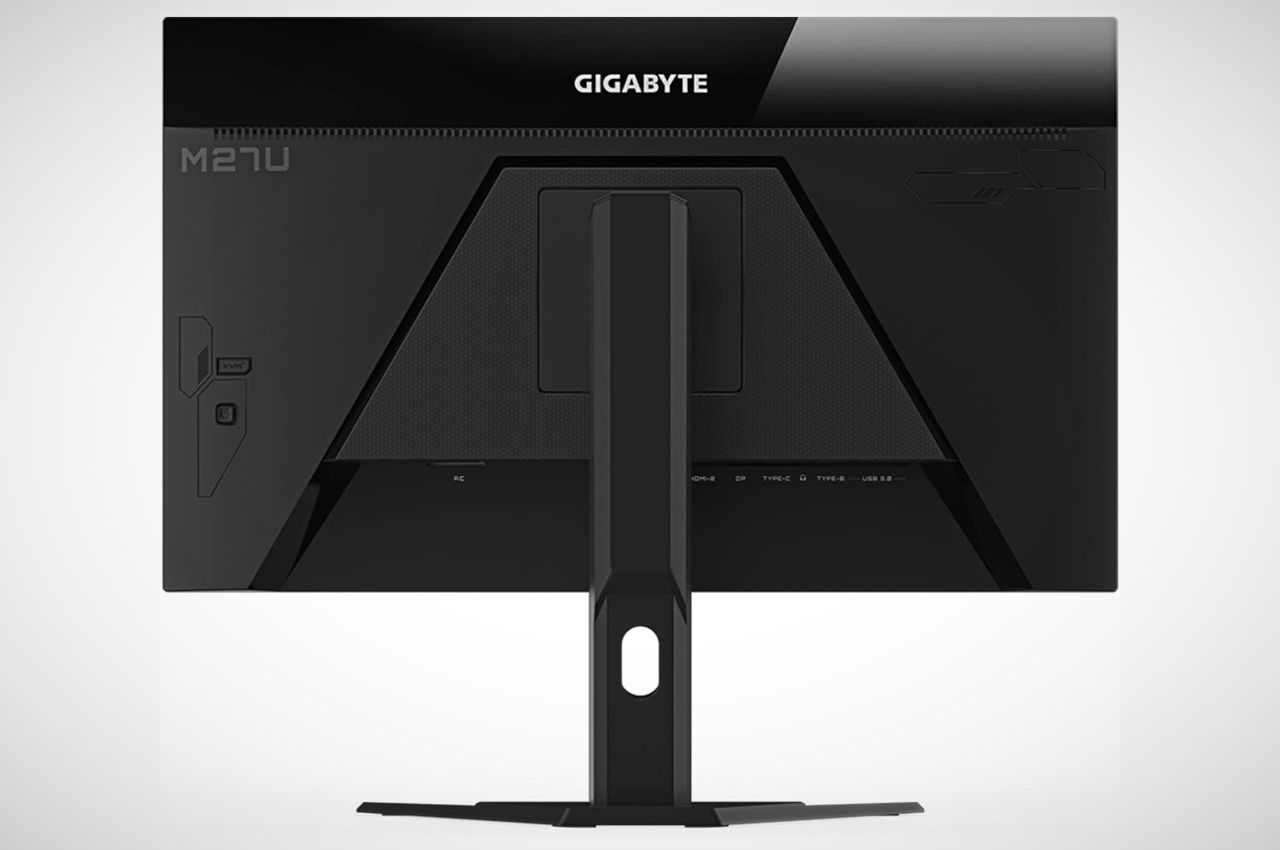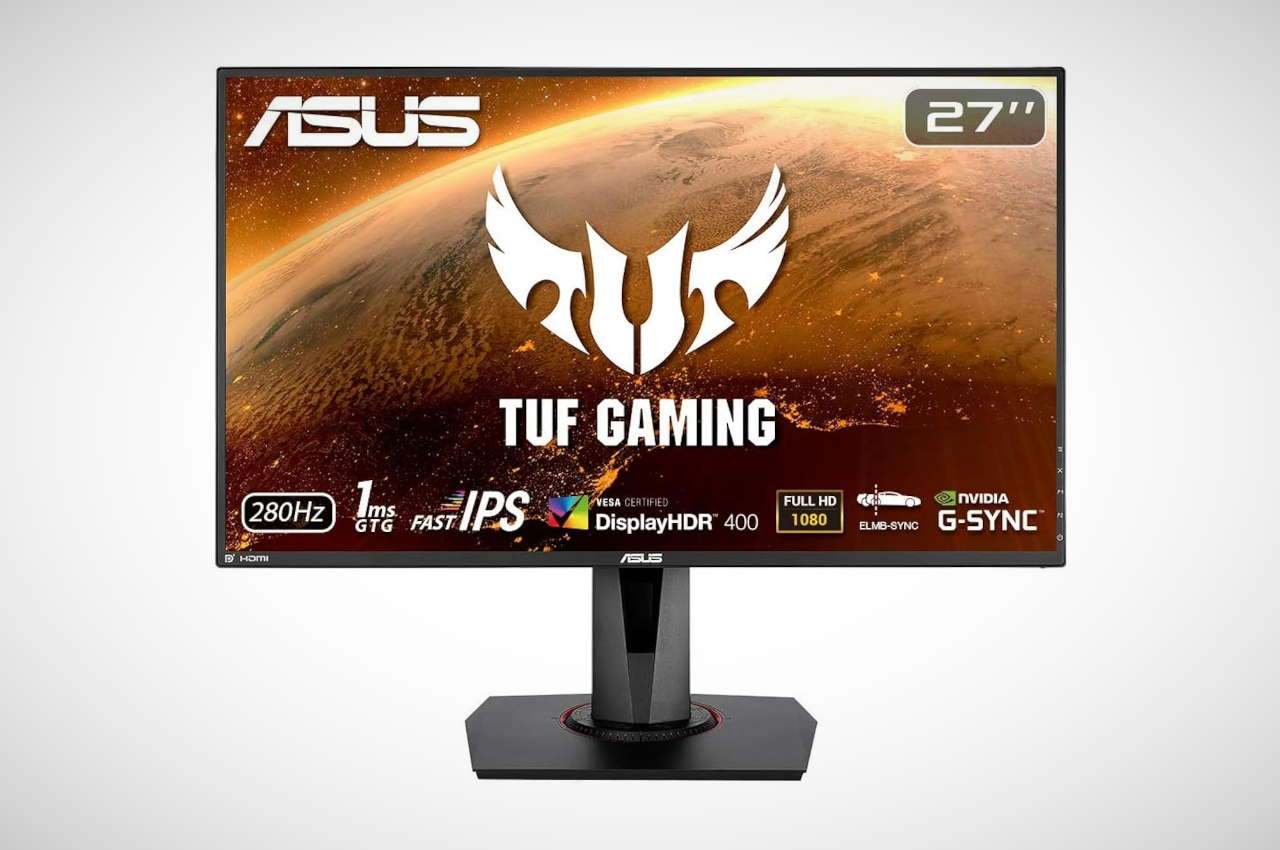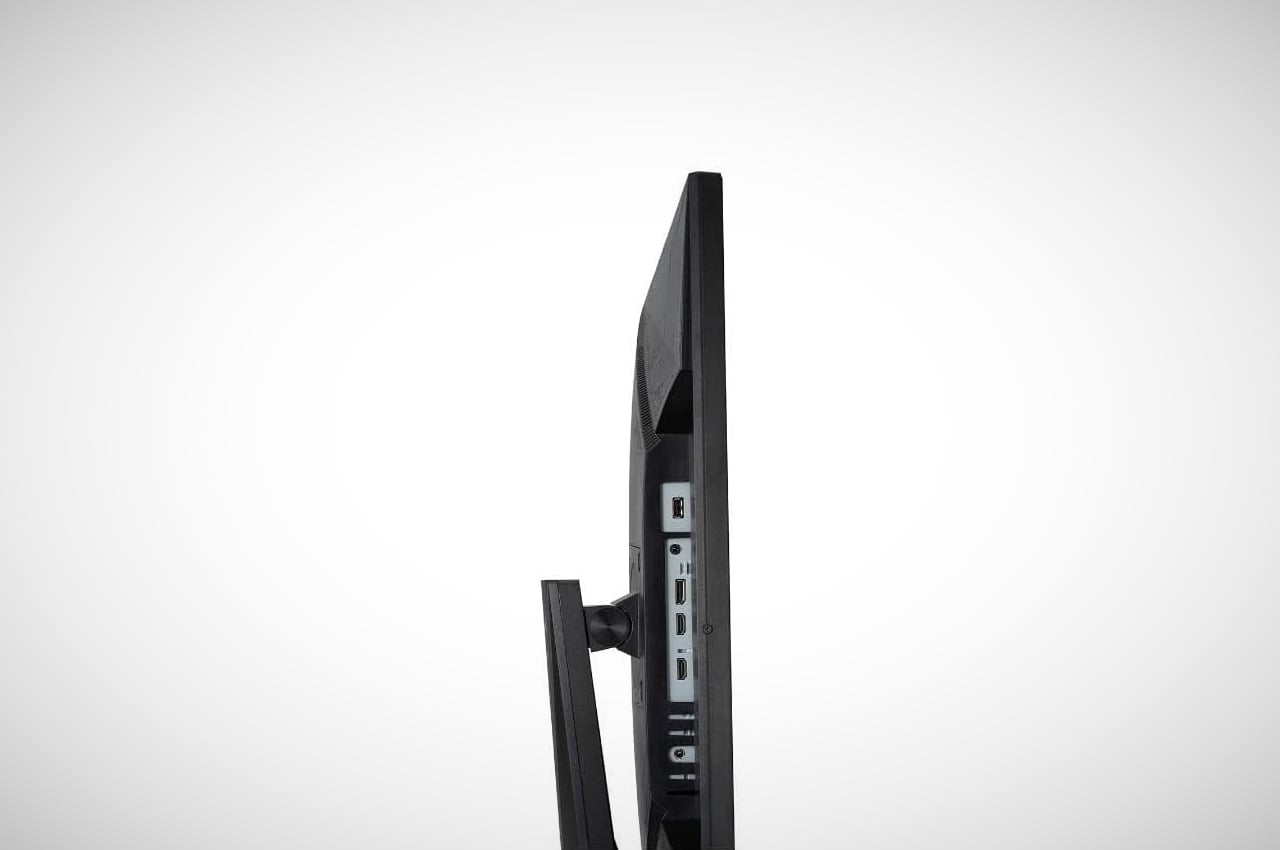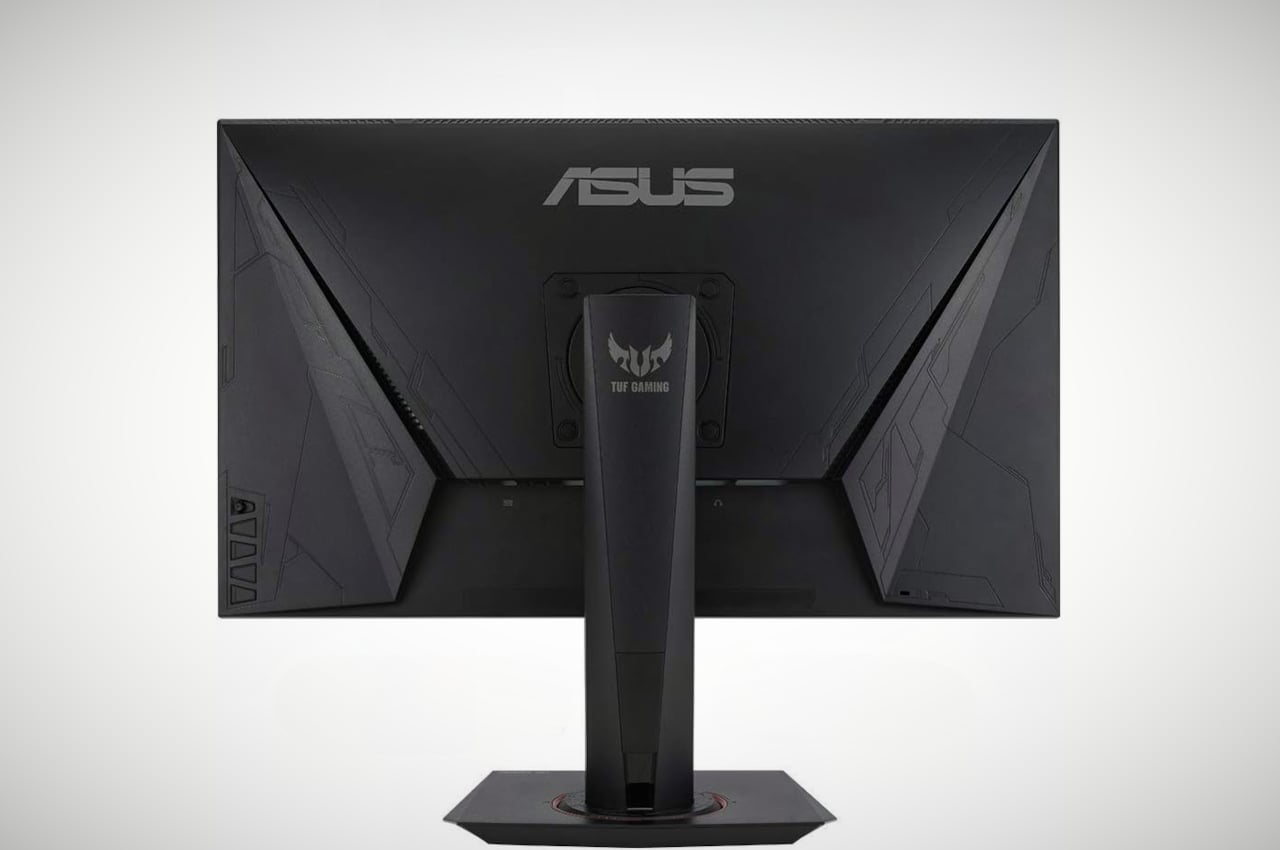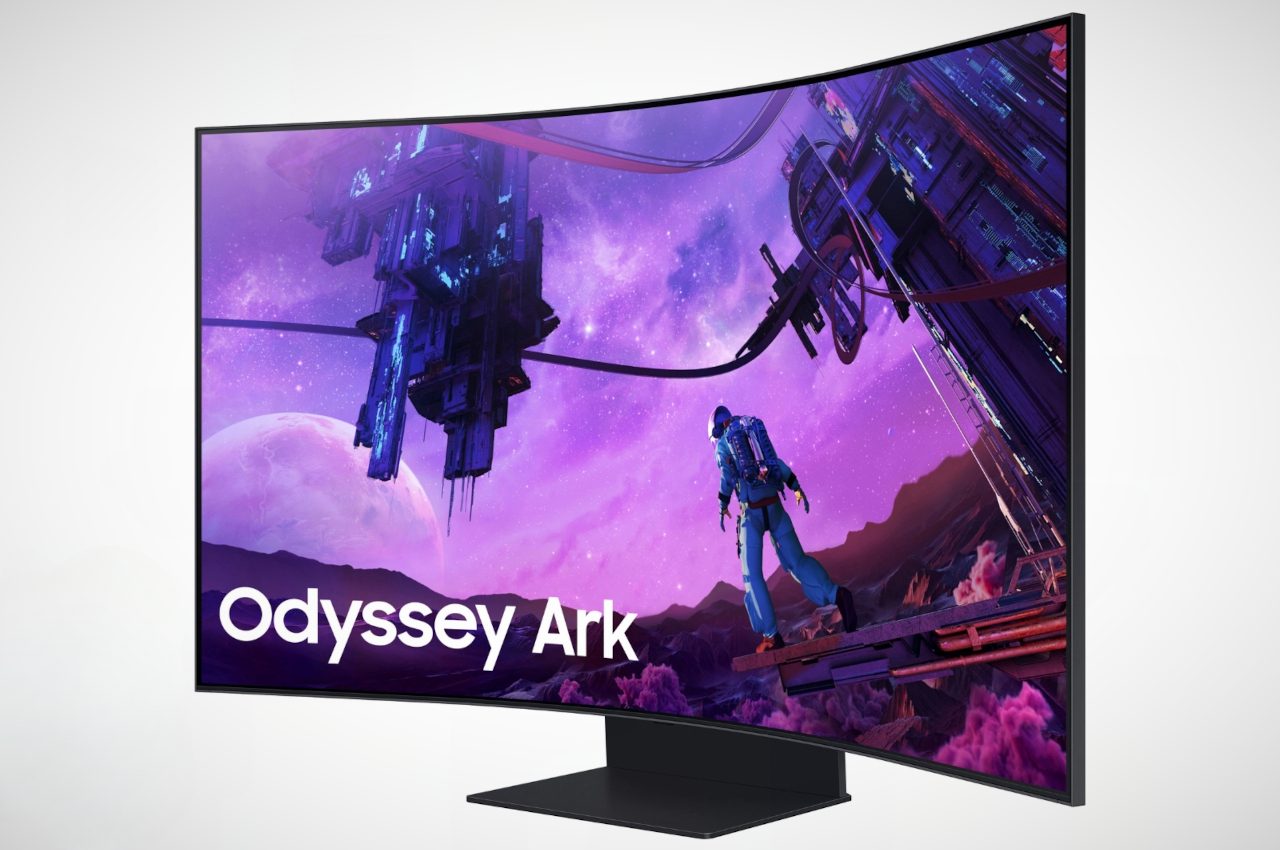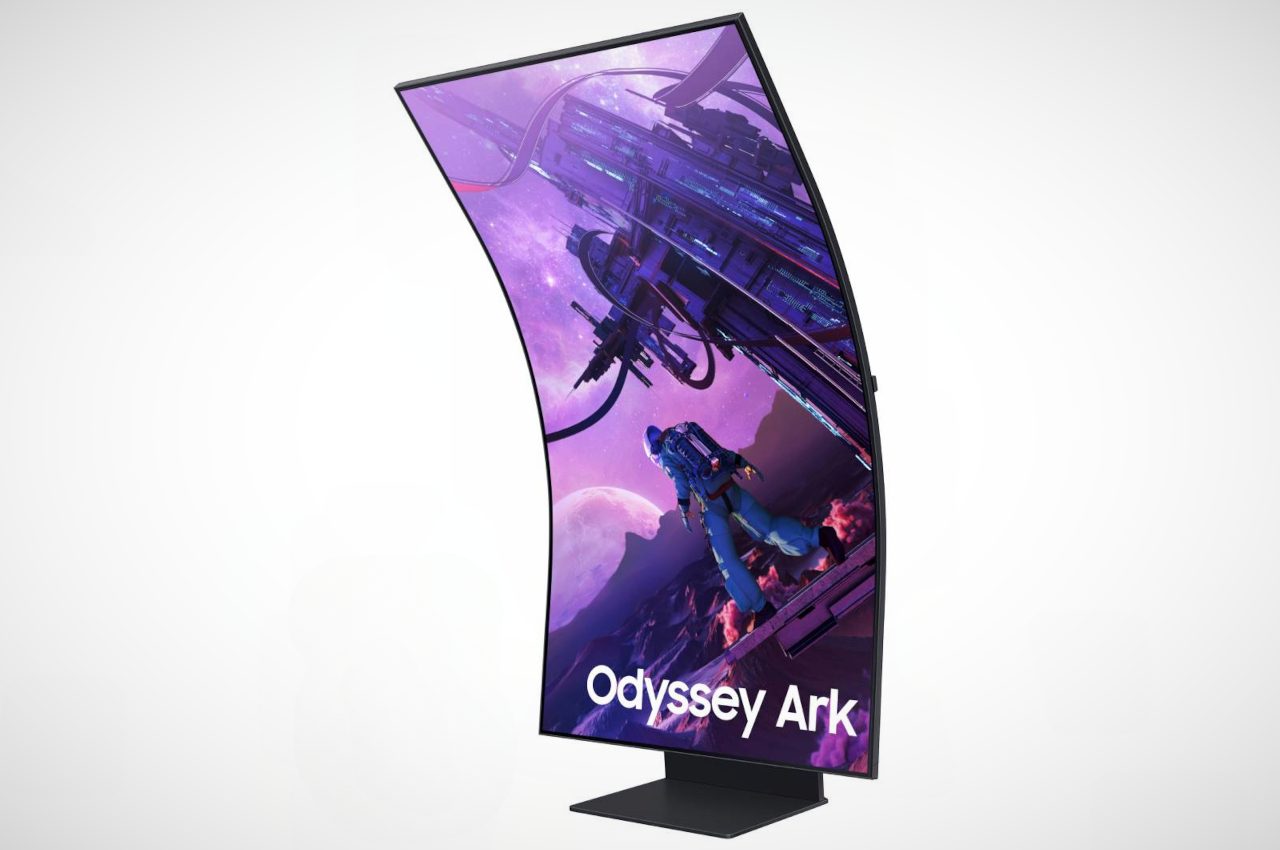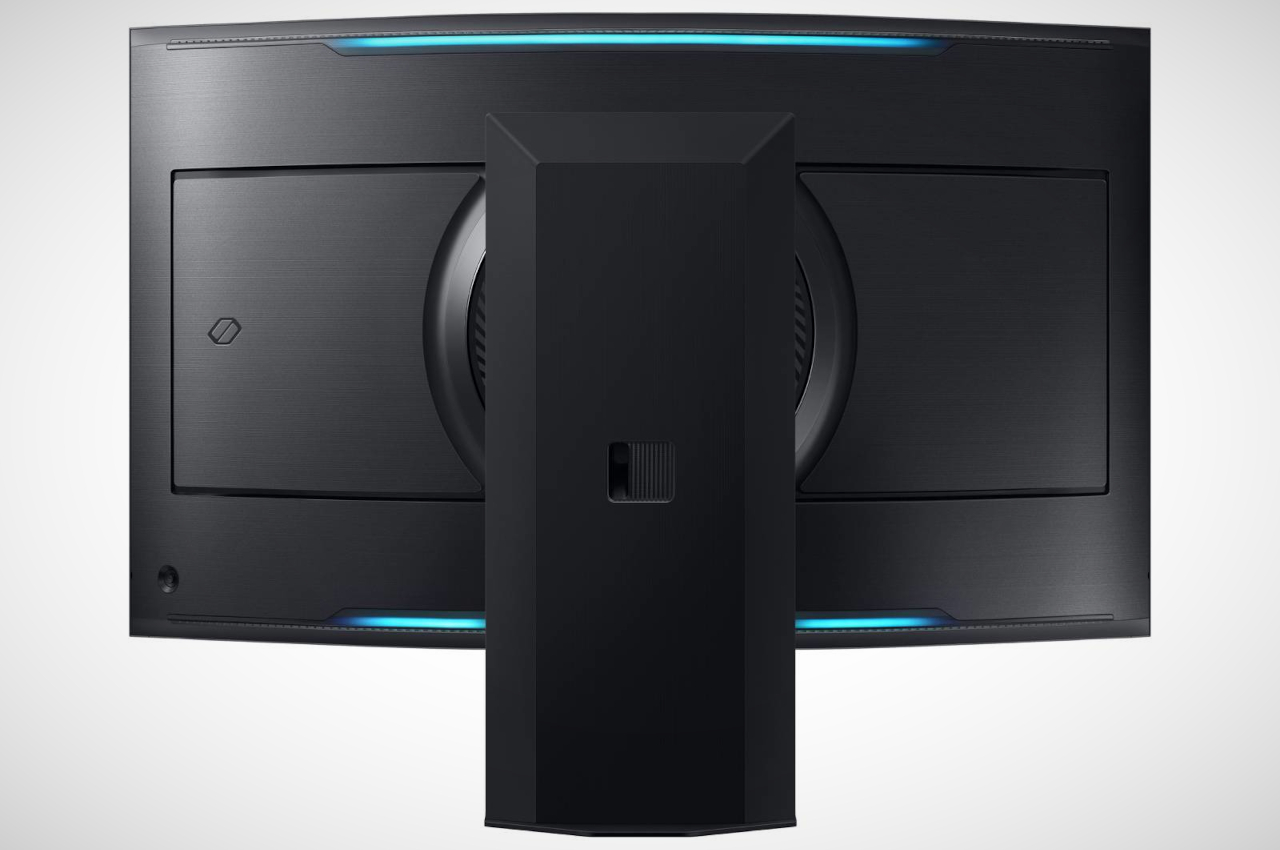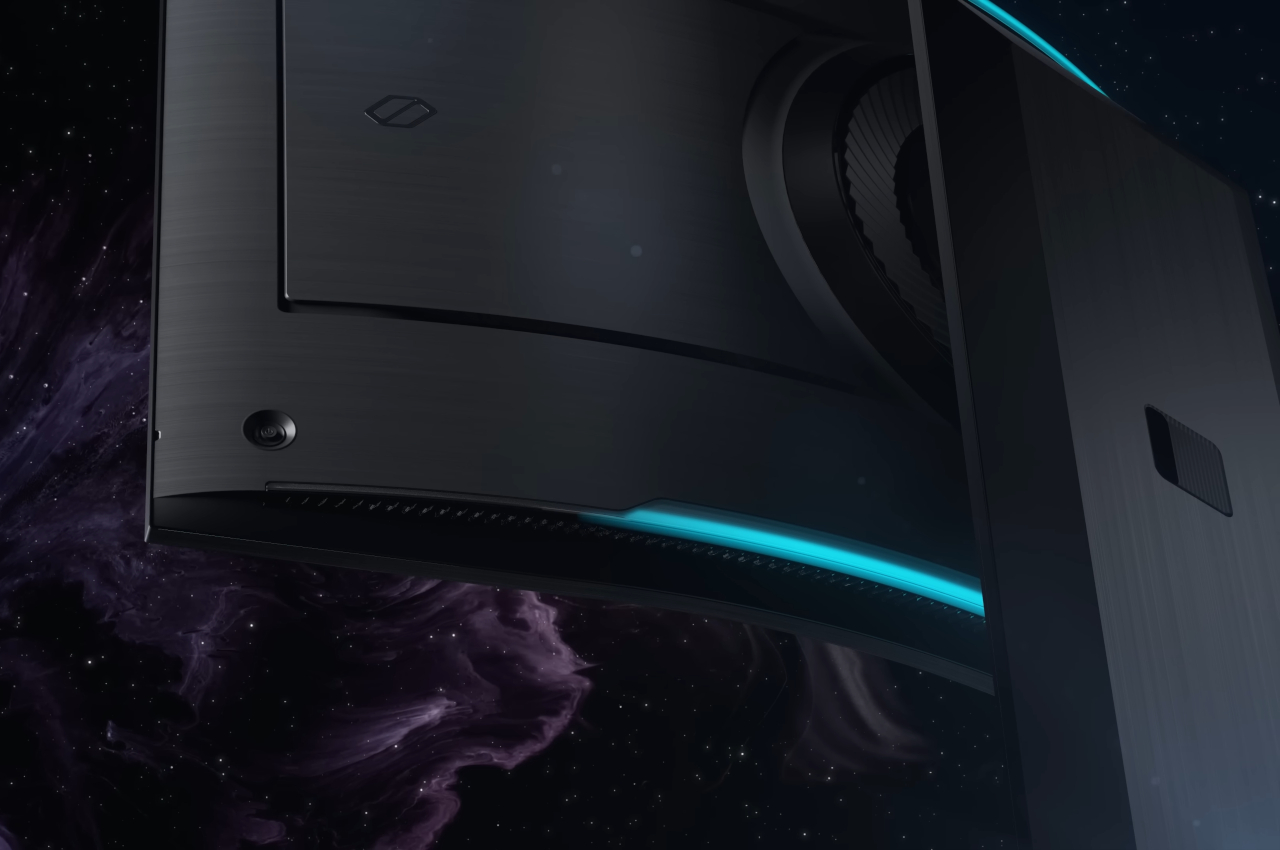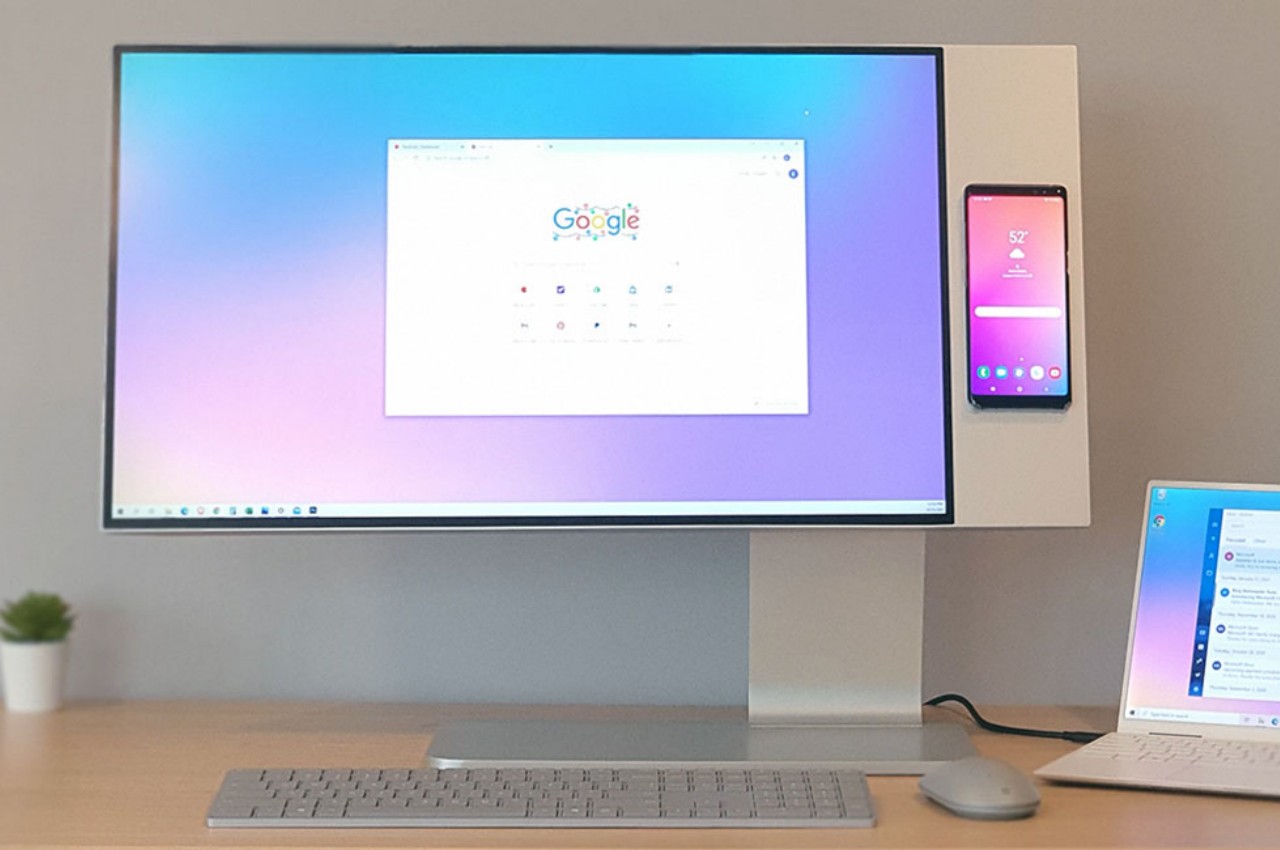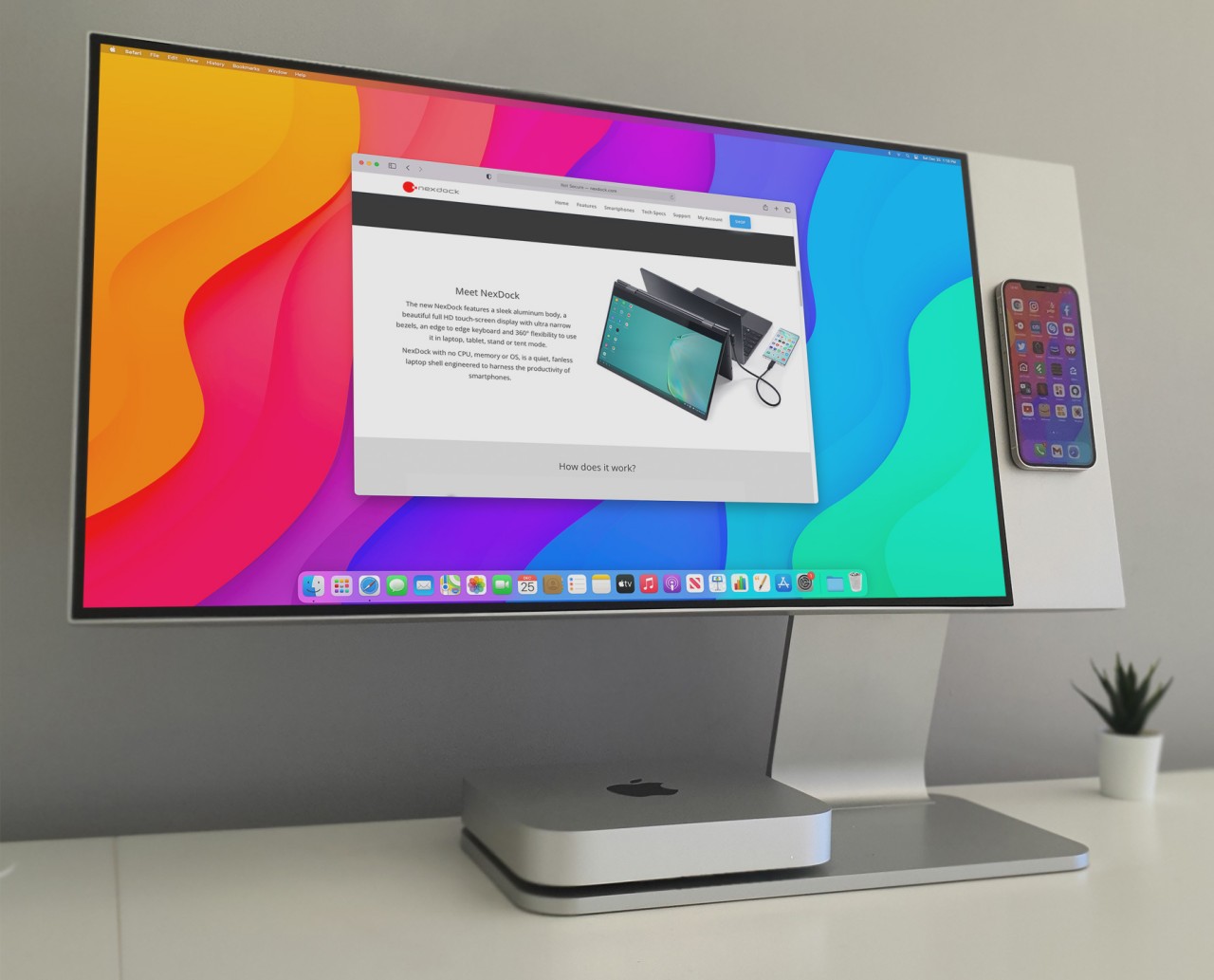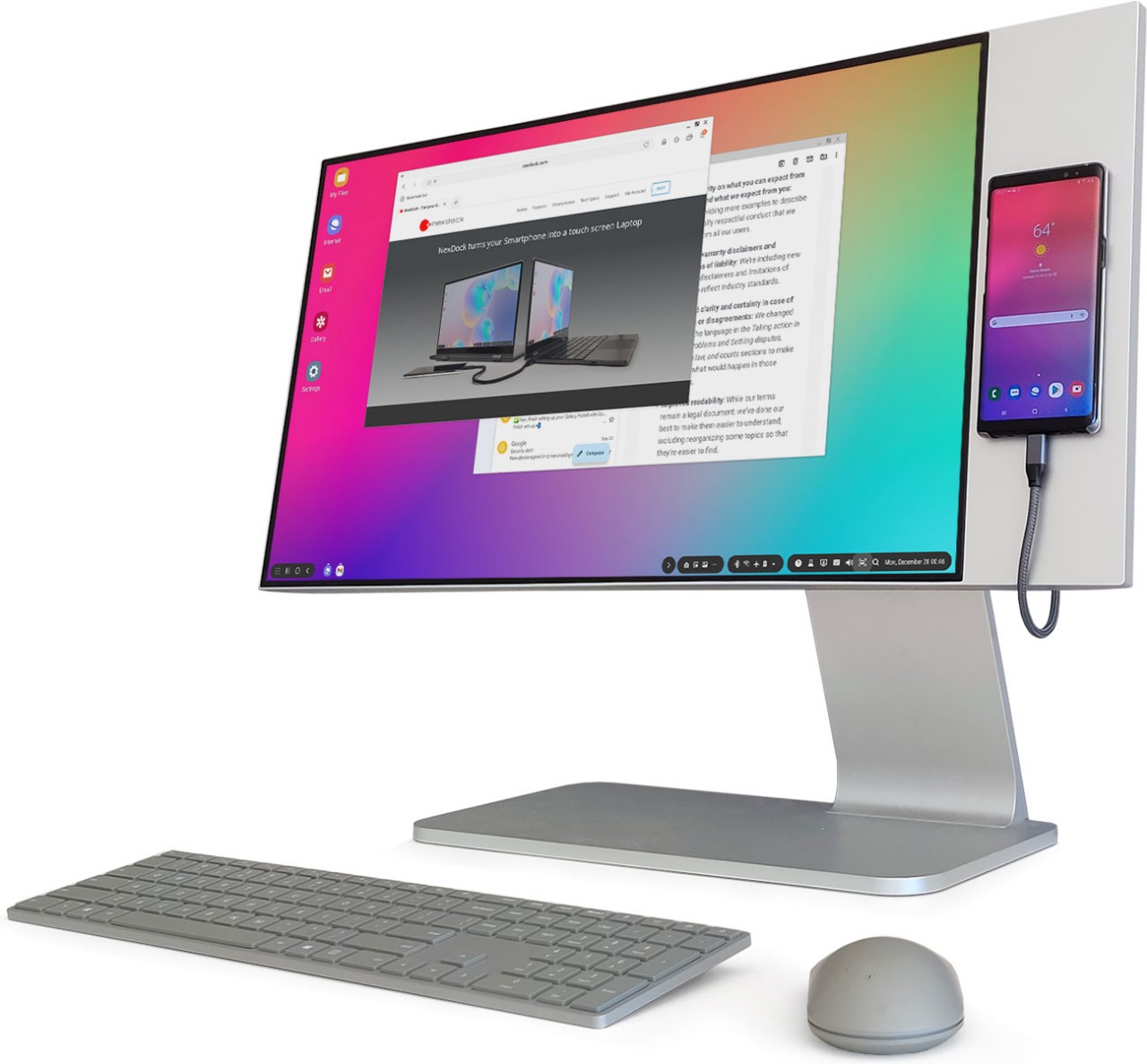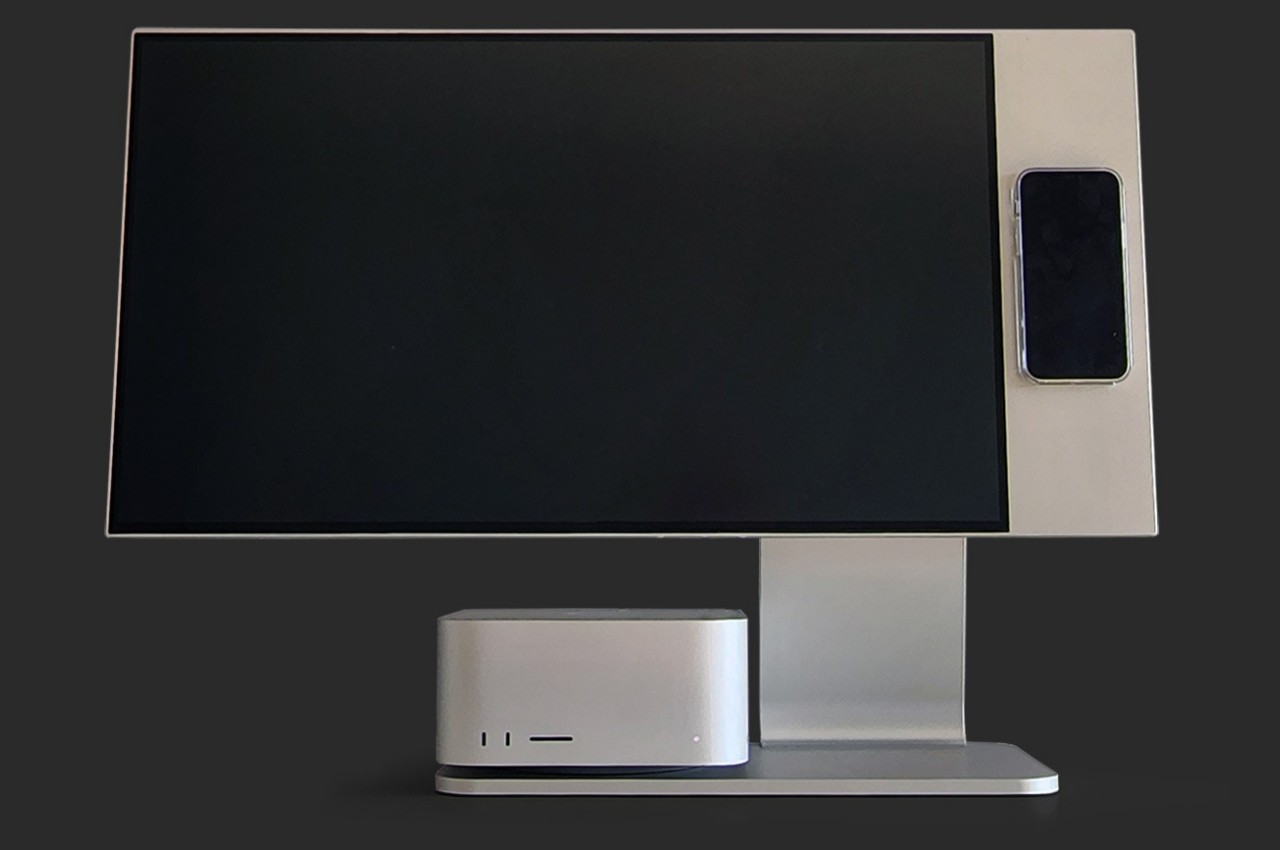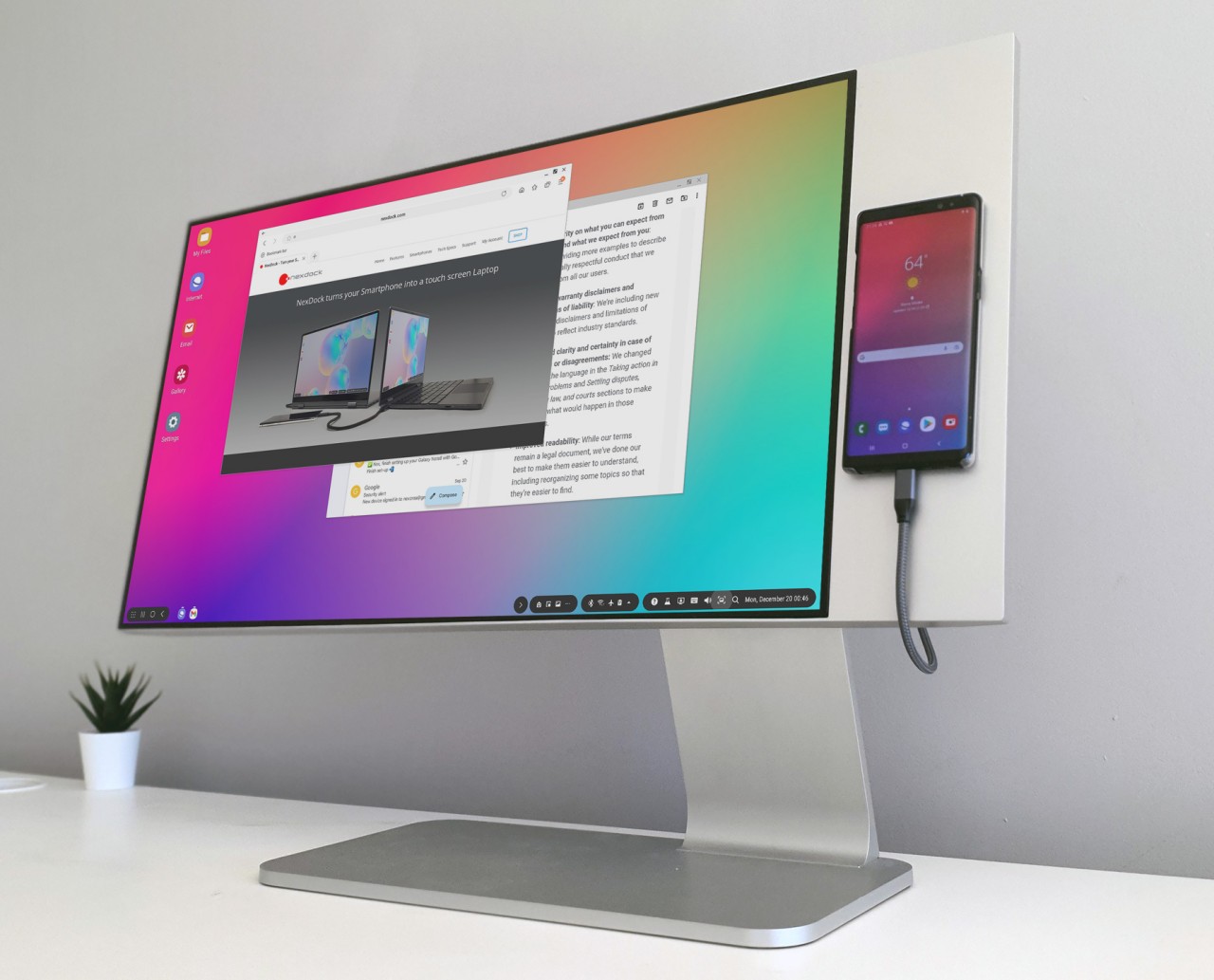The BYOK device is a meticulously designed tool that enhances the writing experience by providing a distraction-free environment that fosters creativity and productivity. Digital distractions constantly threaten focus, making BYOK an essential device for writers seeking to immerse themselves in their craft without interruptions. Its minimalist LCD screen, combined with the flexibility to use your own keyboard, makes it a versatile and powerful companion for any writer.
Designer: BYOK (Bring Your Own Keyboard). Nick Sjolinder
Click Here to Buy Now: $129 $180 (28% off). Hurry, only 26/980 left! Raised over $179,000.
The Writer’s Perfect Companion
At the heart of BYOK—short for “Bring Your Own Keyboard”—is the principle of flexibility and freedom. This device is not tied to any specific keyboard, giving users the autonomy to connect their preferred keyboard, whether it be through USB-C, Bluetooth, or even a standard USB with an adapter. This level of customization allows writers to tailor their workspace precisely to their liking, making BYOK an adaptable tool that fits seamlessly into any writing routine.
One of the key features that makes BYOK a must-have for writers is its ultra-portable size. Small enough to fit into a bag or even a large pocket, BYOK is designed to accompany you wherever inspiration strikes. Despite its compact form, it doesn’t compromise on power. With a battery life that supports up to 20 hours of continuous use or 5 hours with the highest backlight setting, BYOK ensures you can write for extended periods without needing constant recharging.
Features that Cater to Every Writer’s Needs
BYOK offers a comprehensive suite of features aimed at enhancing the writing process. The adjustable backlight is particularly noteworthy, allowing writers to toggle between three brightness levels—low, medium, and high. This feature ensures that writing can continue in any lighting condition, from dimly lit environments to late-night sessions. The backlight’s thoughtful design reduces eye strain, making it easier to stay focused and productive, no matter the time of day.
The design of BYOK is as functional as it is sleek. It has a magnetic design and a pop-out stand, allowing for versatile positioning that can be customized to your comfort. With a built-in magnet at the back, BYOK supports different viewing heights and angles, promoting an eye-level viewing option that reduces strain and enhances ergonomic comfort. Whether placed on a flat surface or elevated using magnetic stands, BYOK offers unlimited viewing positions, ensuring that you can set up your workspace to reduce strain and enhance comfort. This flexibility makes BYOK suitable for various environments, whether working at a desk, standing, or lounging.
Versatile connectivity is another strength of BYOK. The device supports multiple data transfer options, including Wi-Fi syncing, allowing seamless integration with platforms like Google Drive. This ensures that your work is always up-to-date and accessible across devices. For those who prefer a wired connection, the USB-C port provides a quick and reliable way to transfer data directly to your computer. With these options, BYOK guarantees that your documents are securely backed up and easily retrieved.
Storage is another area where BYOK excels. The device has 16MB of internal storage, enough to hold over a million words. This ample space means you won’t have to worry about losing your work, even if the battery runs out. The intuitive and simple menu, which includes features like word count display and battery monitoring, keeps you informed and focused on what matters most—your writing.
Design Excellence
Another highlight is the device’s fast-refresh monochrome LCD screen, which provides a smooth typing experience without the lag commonly associated with e-ink displays. This ensures that every keystroke is captured accurately, allowing you to maintain your writing flow without interruption.
The product’s simplicity extends to its user interface, which is navigated using three tactile push buttons. This intuitive design enhances concentration and productivity by allowing you to focus solely on your writing without getting bogged down by complex menus or unnecessary features.
Seamless Integration into Your Writing Workflow
BYOK’s thoughtful design ensures that it integrates seamlessly into any writing workflow. The process is straightforward: power the device, connect your preferred keyboard using wired or wireless, set up wireless syncing if desired, and start typing. This simplicity allows you to dive straight into your writing without distractions, making BYOK an invaluable tool for writers.
The specifications of BYOK further emphasize its practicality. An ESP32-S3 processor powers the device and features a 129.00mm by 37.60mm LCD screen, offering ample space for your text. It’s available in sleek black and white, with a potential third color option. The device also provides three different font sizes and three backlight brightness levels, catering to various visual needs and preferences.
Designed with Writers in Mind
Niklas Sjolinder, the founder of BYOK, was inspired by the challenges he faced with existing writing tools. As he worked on his own book, he found it difficult to maintain focus due to endless tabs, notifications, and distractions. While using a distraction-free device, he appreciated the concept but quickly noticed drawbacks such as high costs, limited performance, and restrictive built-in keyboards. These frustrations led him to envision BYOK—a writing tool that would be both budget-friendly and versatile, offering exceptional value by providing the flexibility to use any keyboard while eliminating distractions. This personal journey and desire to create a better writing experience drove Sjolinder to develop BYOK, focusing on what truly matters: the freedom to write without interruptions.
Click Here to Buy Now: $129 $180 (28% off). Hurry, only 26/980 left! Raised over $179,000.
The post The Ultimate Distraction-Free Writing Tool for Enhanced Creativity first appeared on Yanko Design.
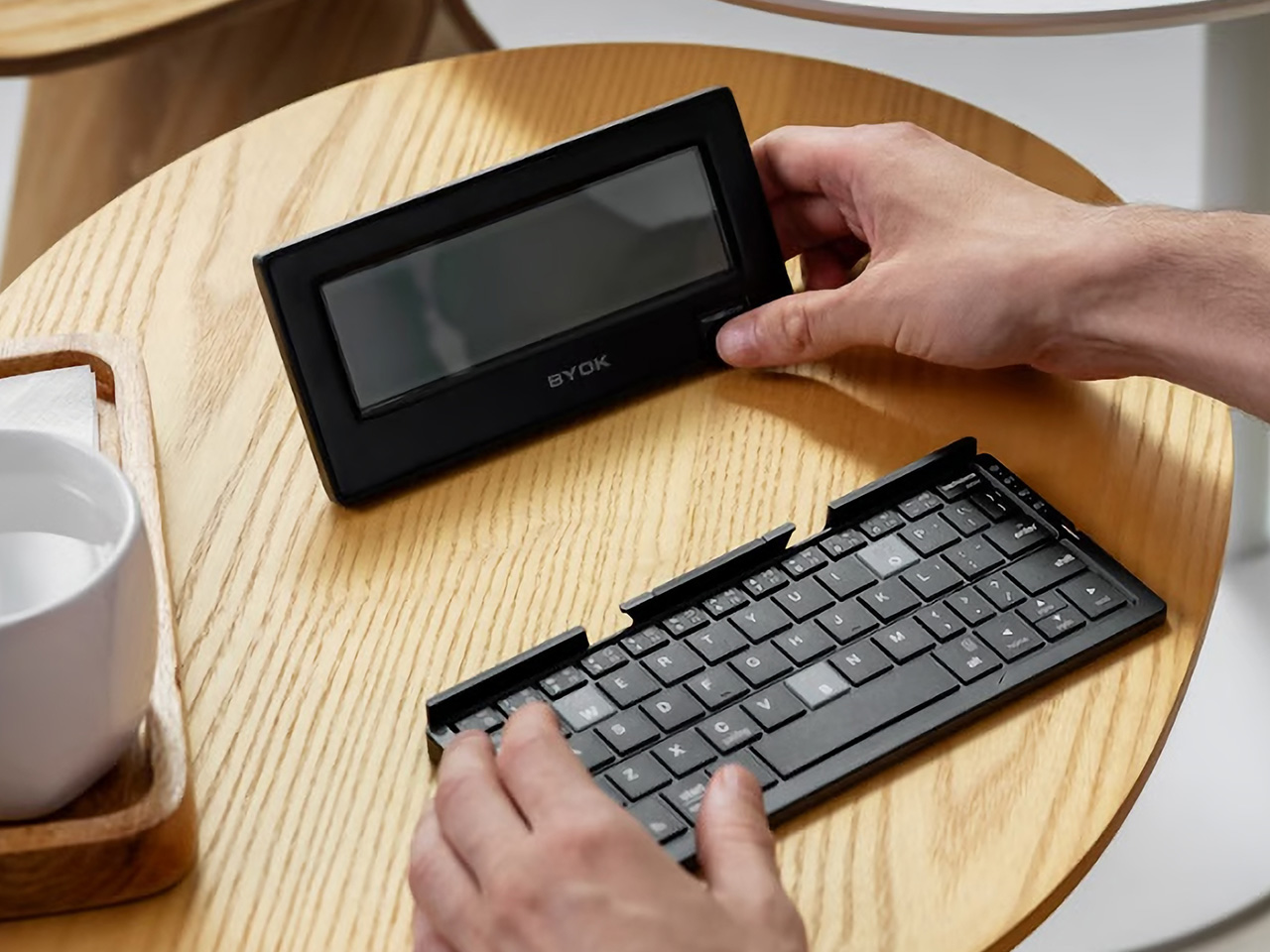

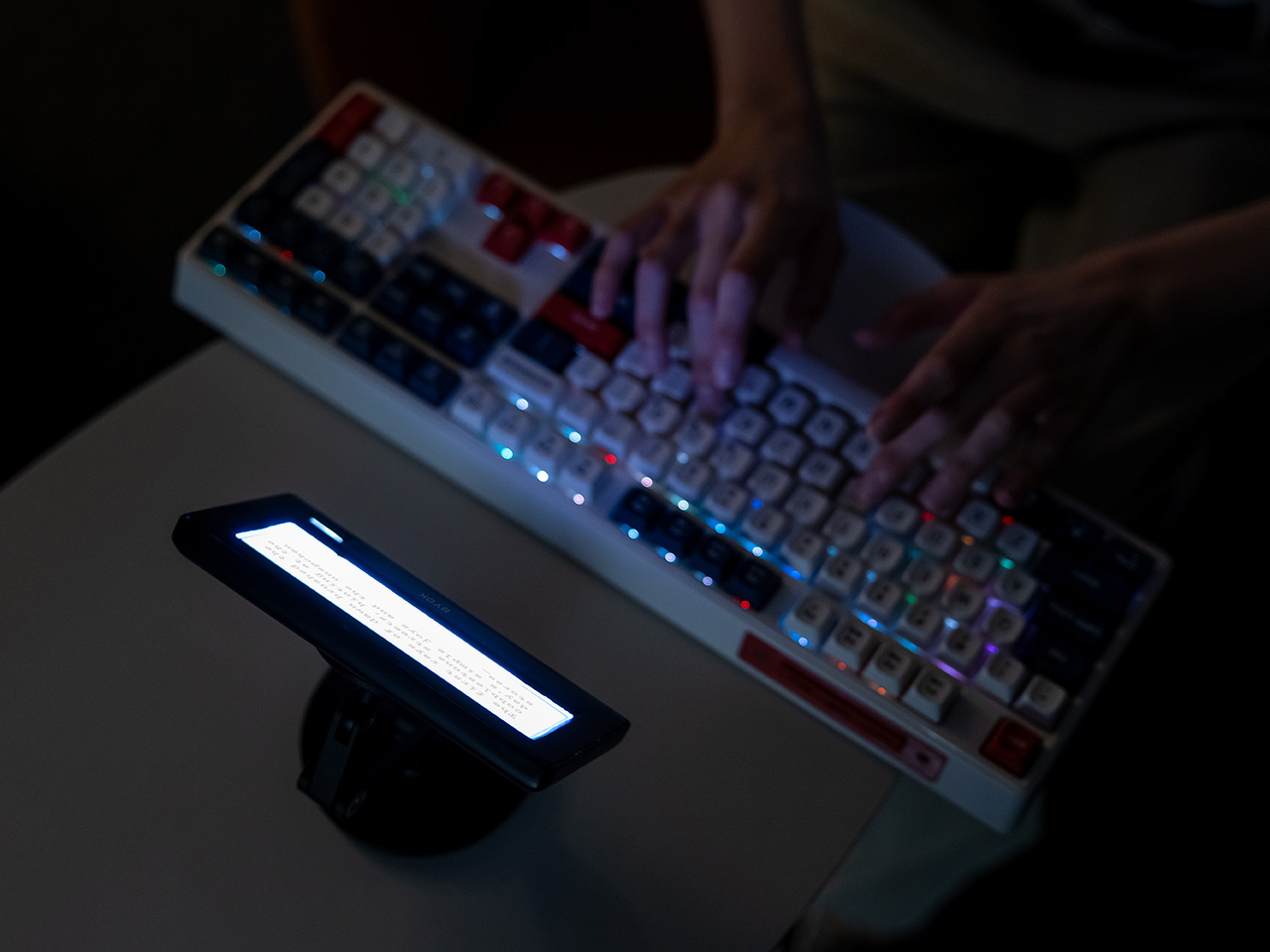
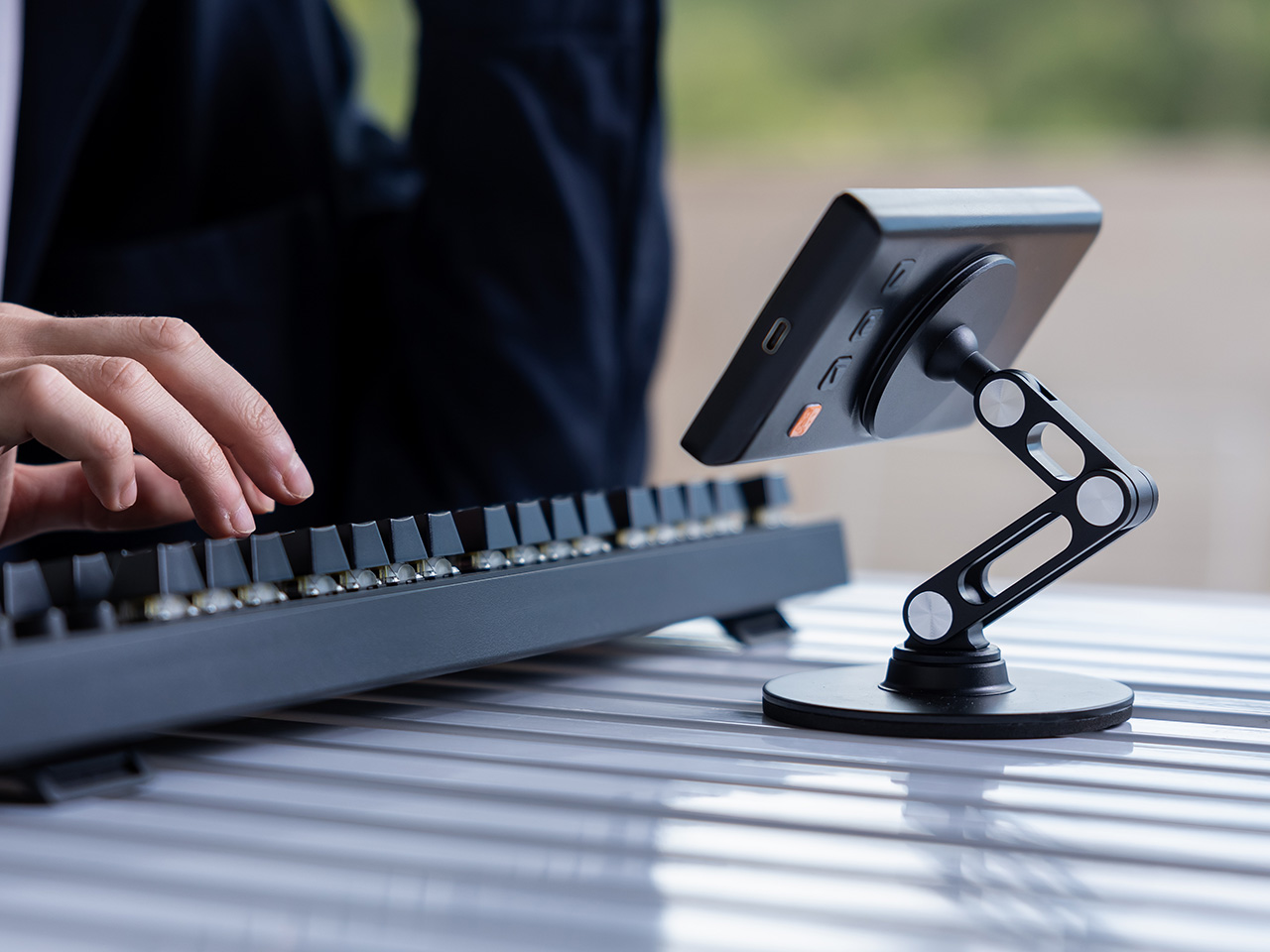



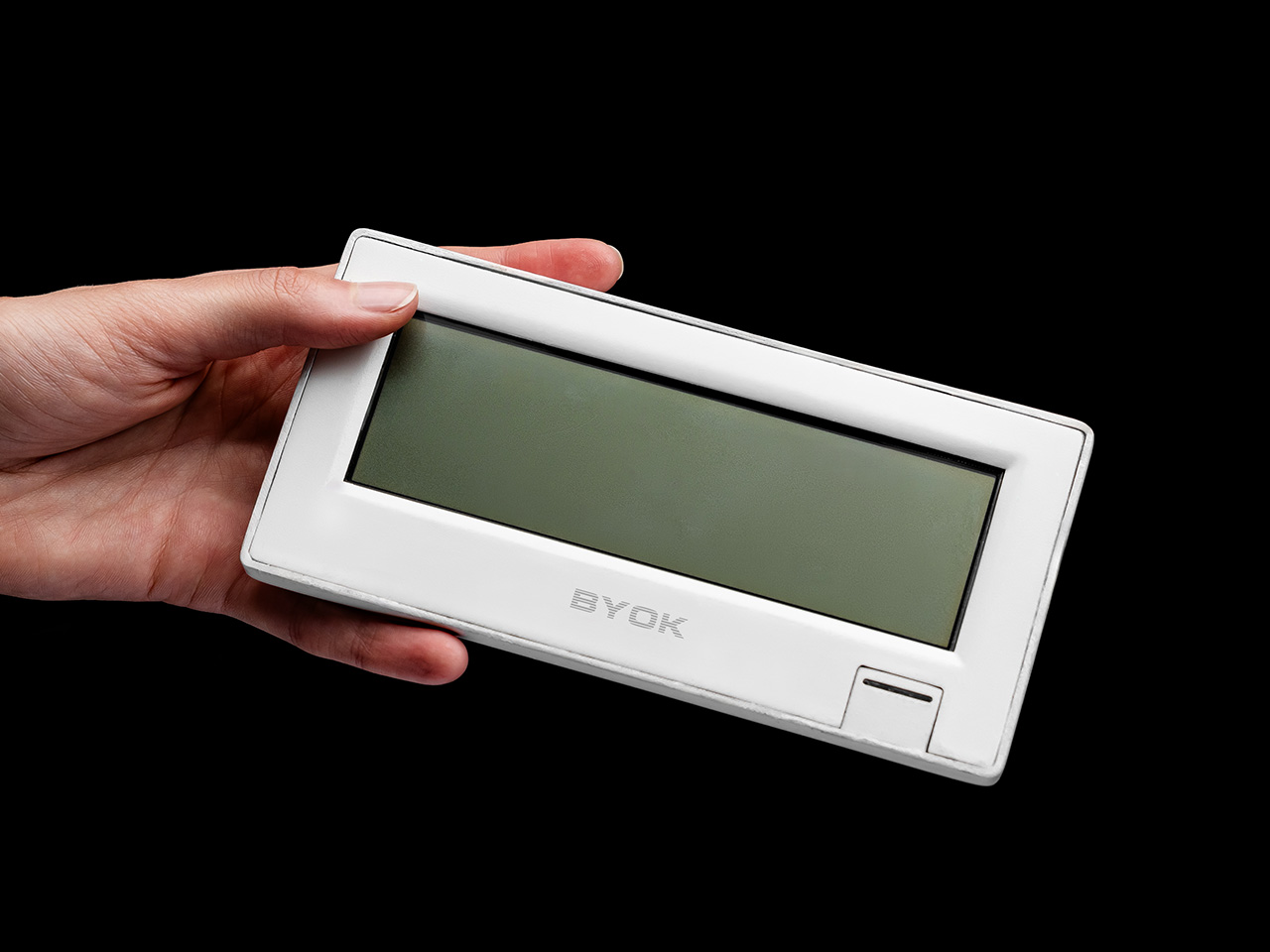
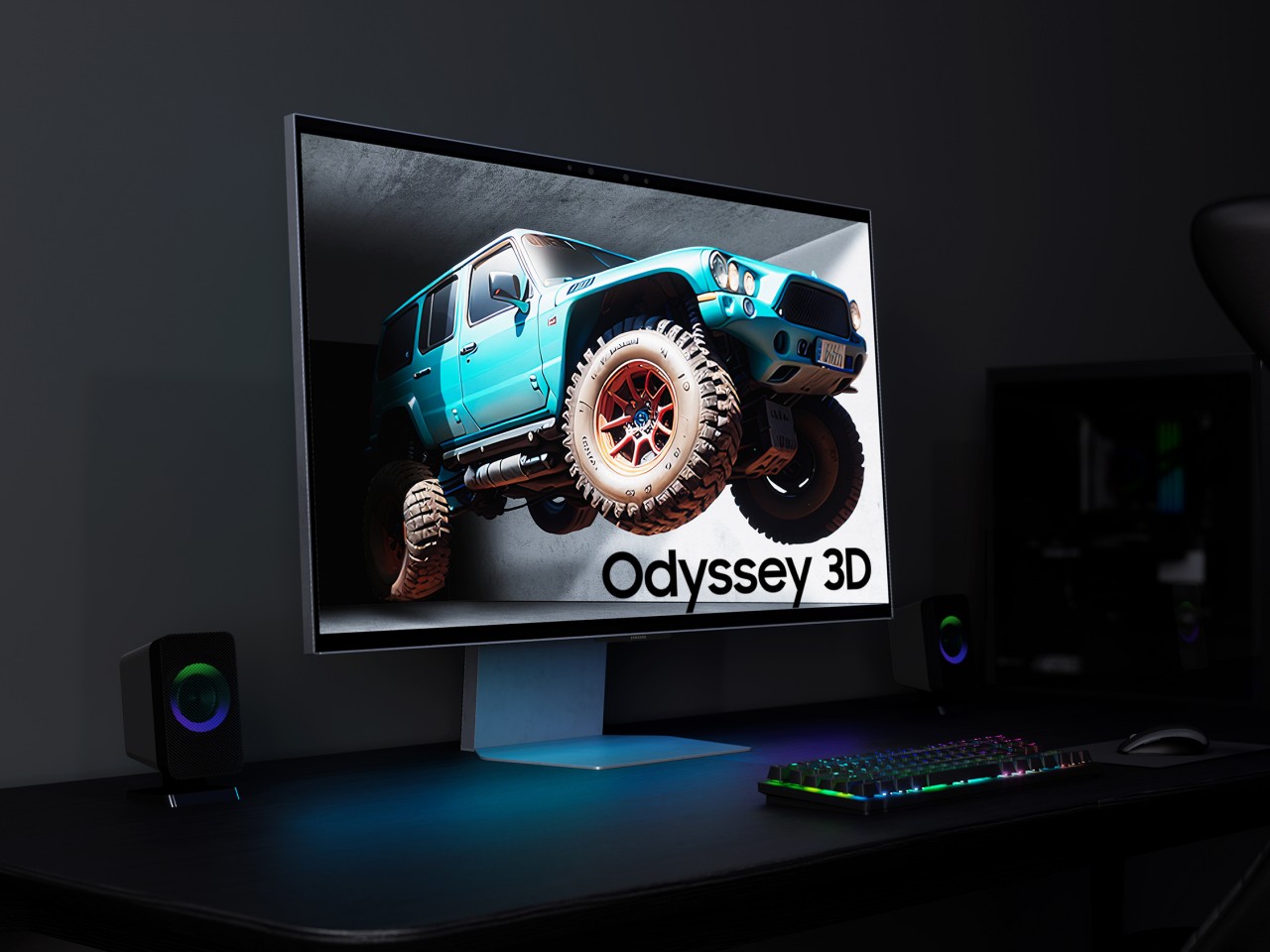
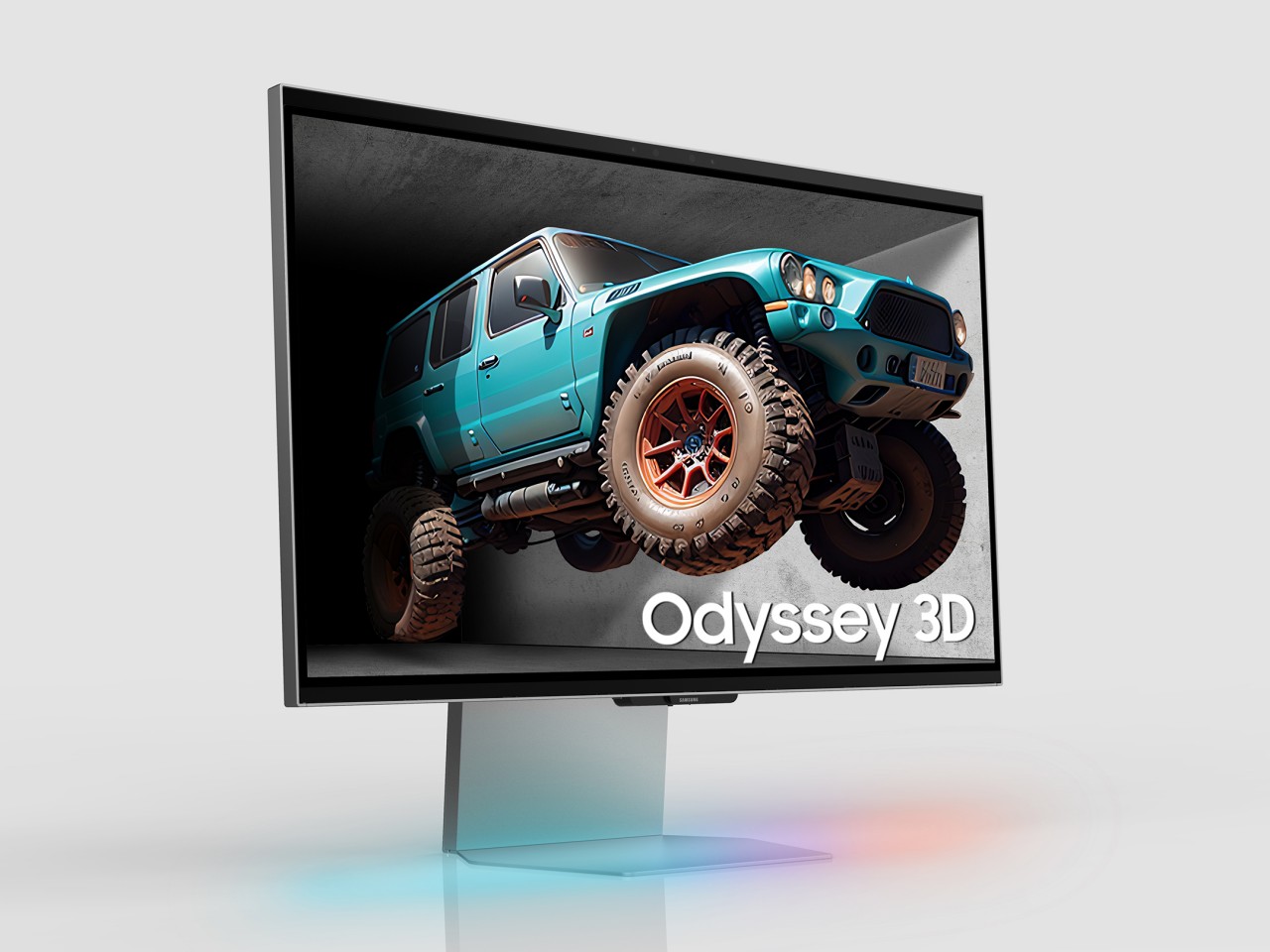
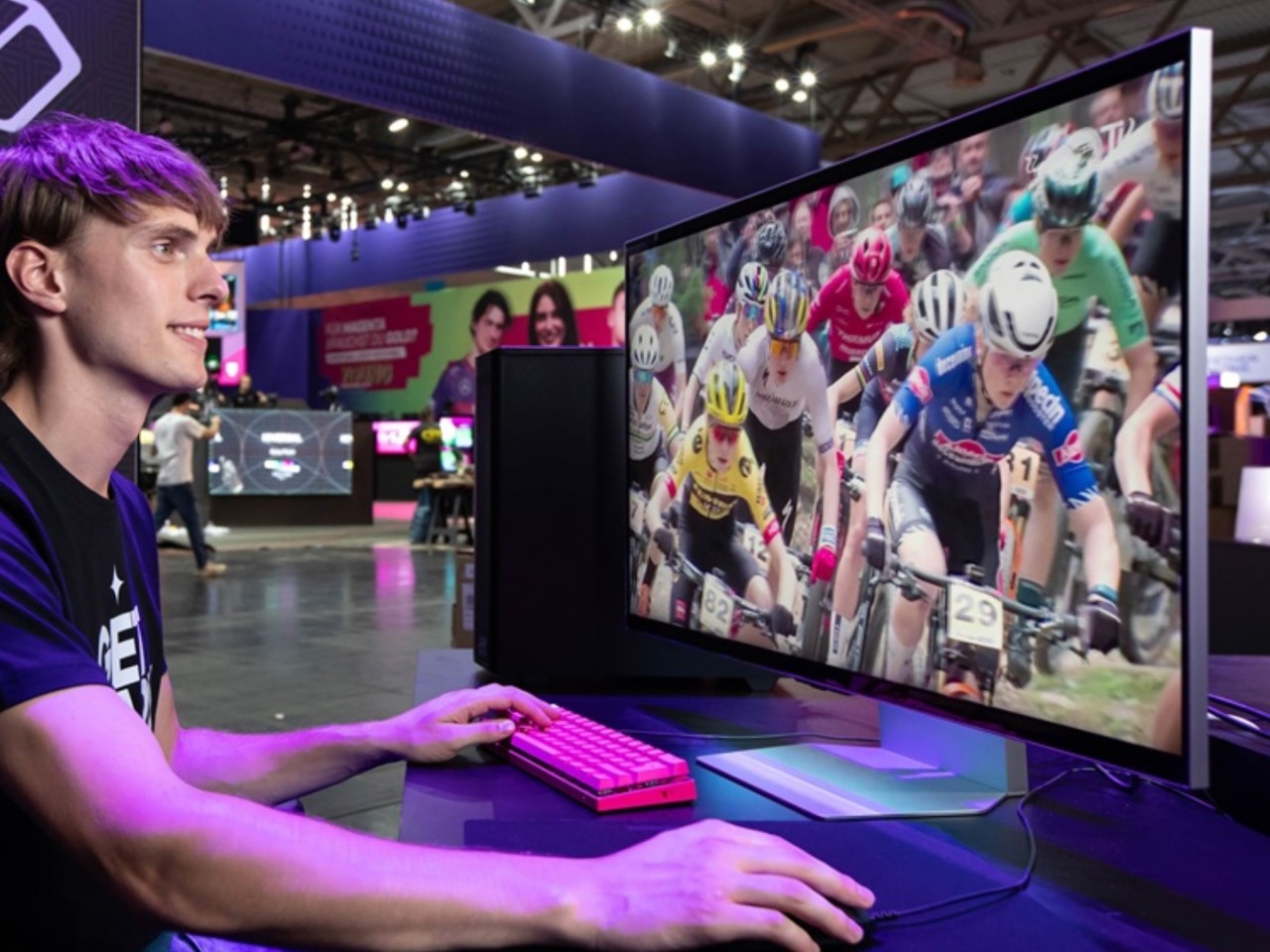
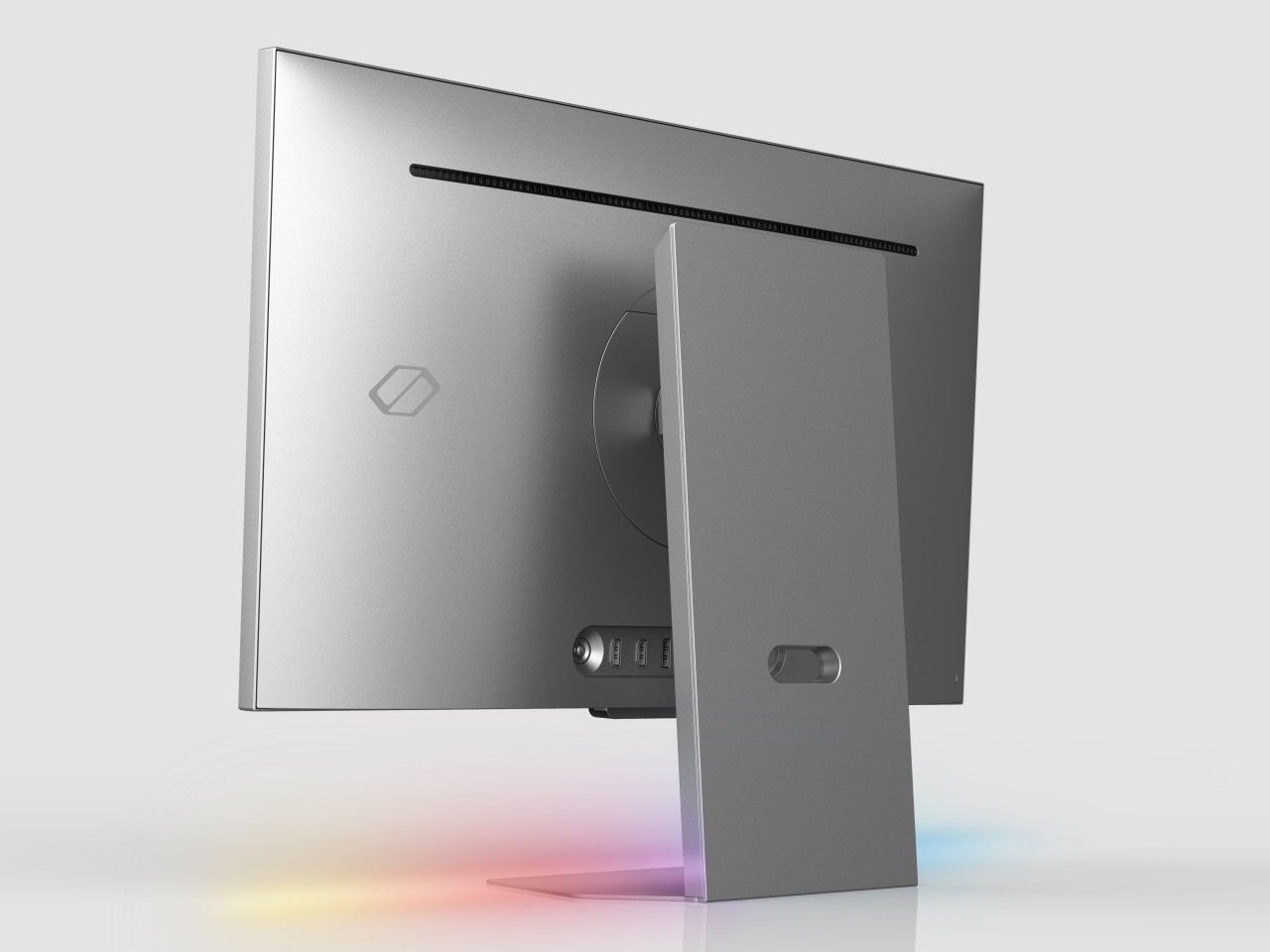
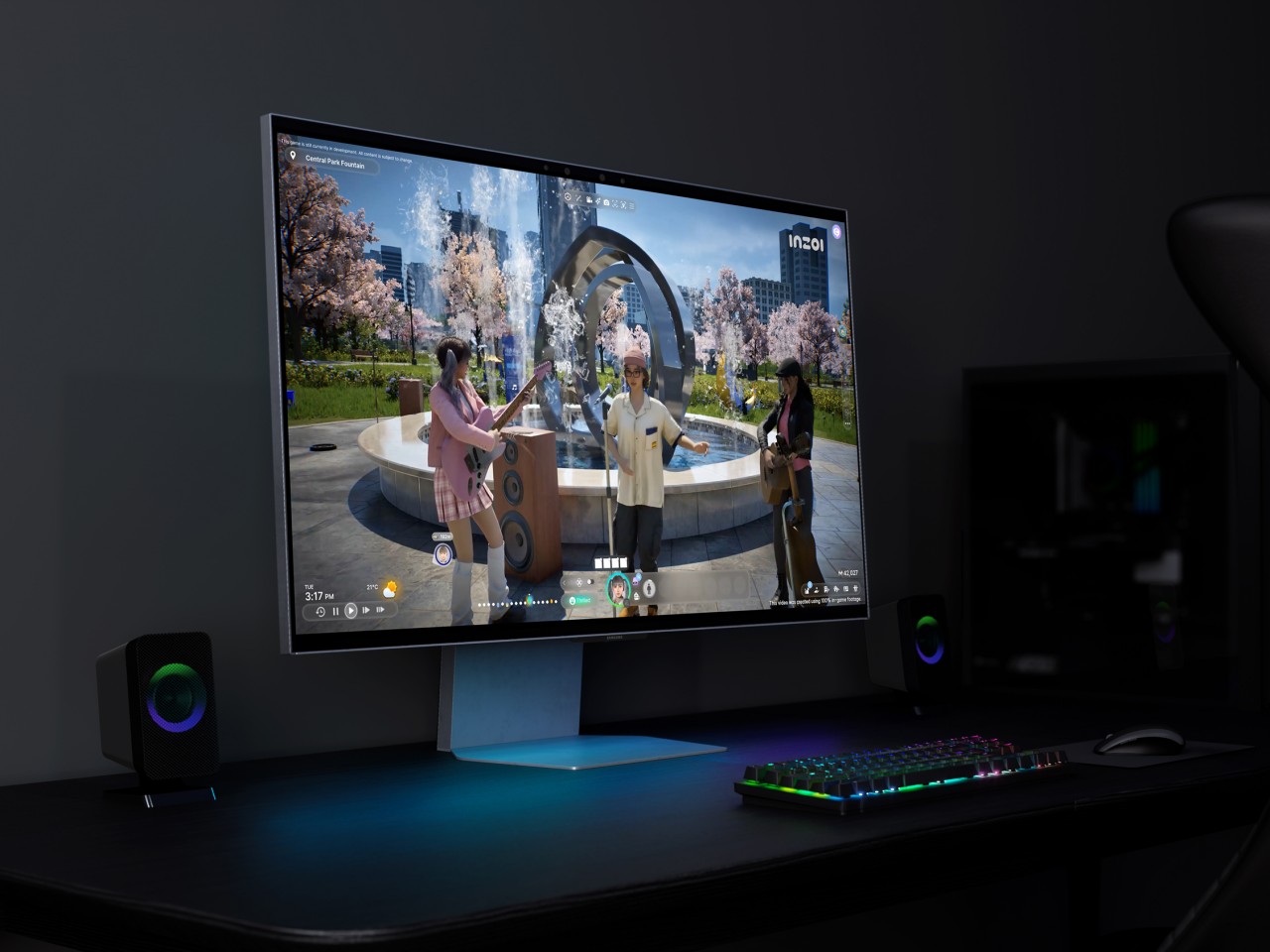
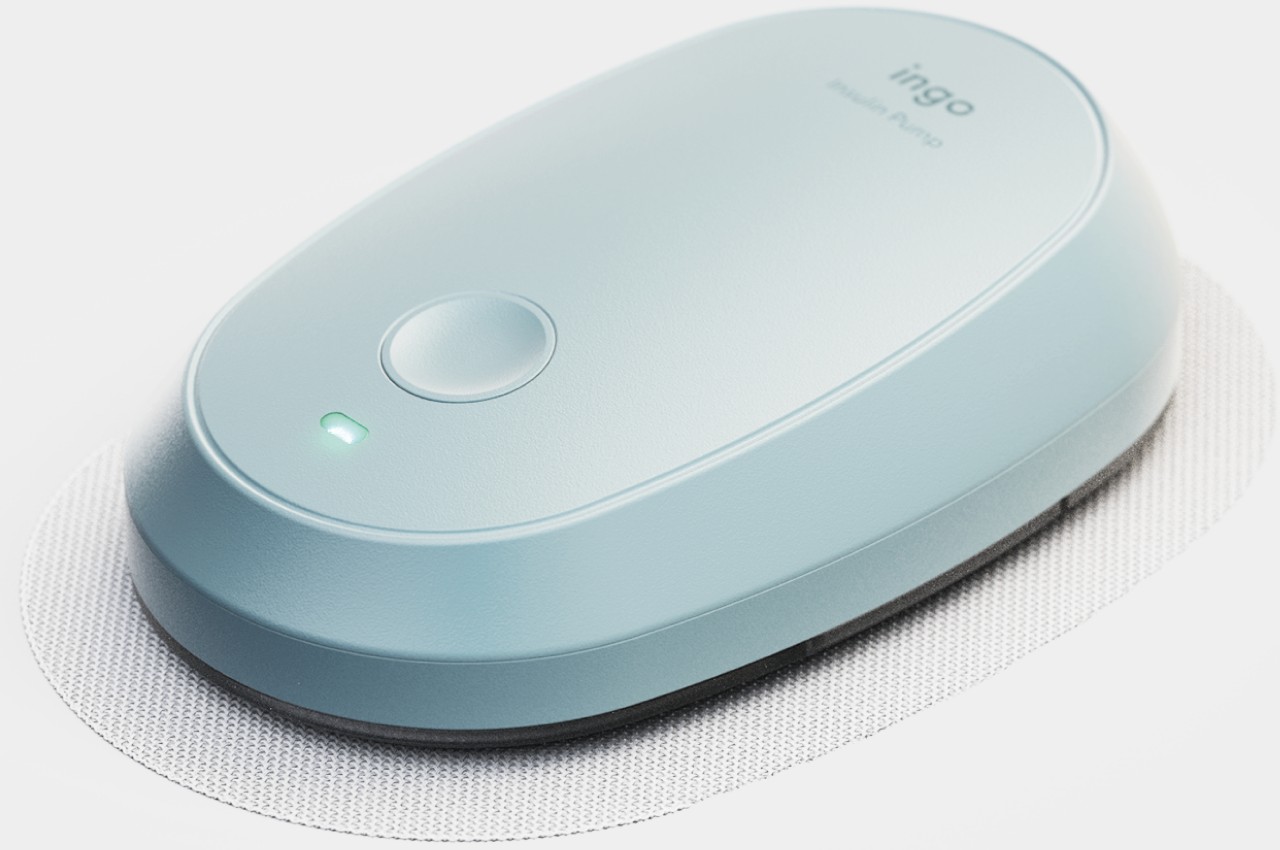
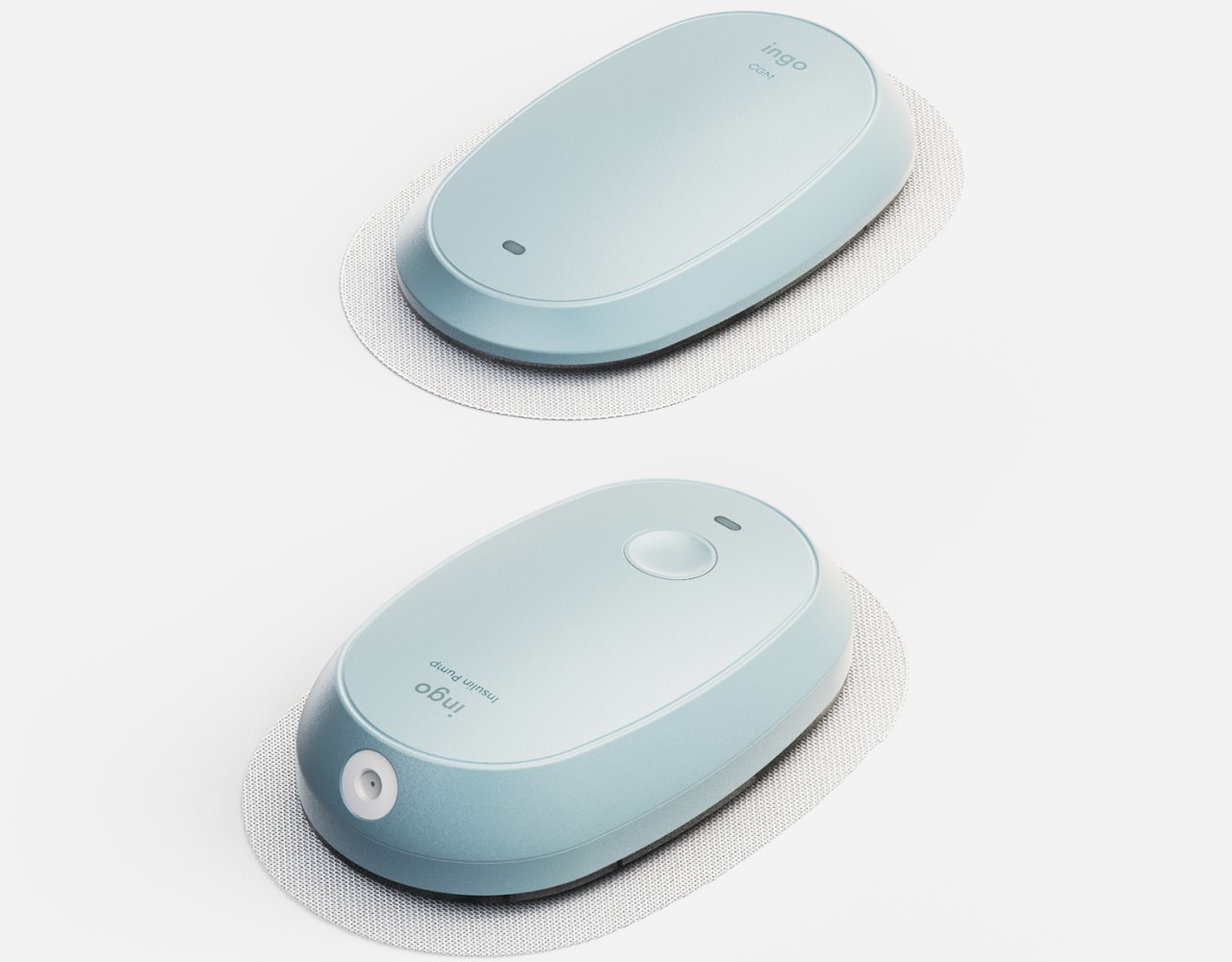
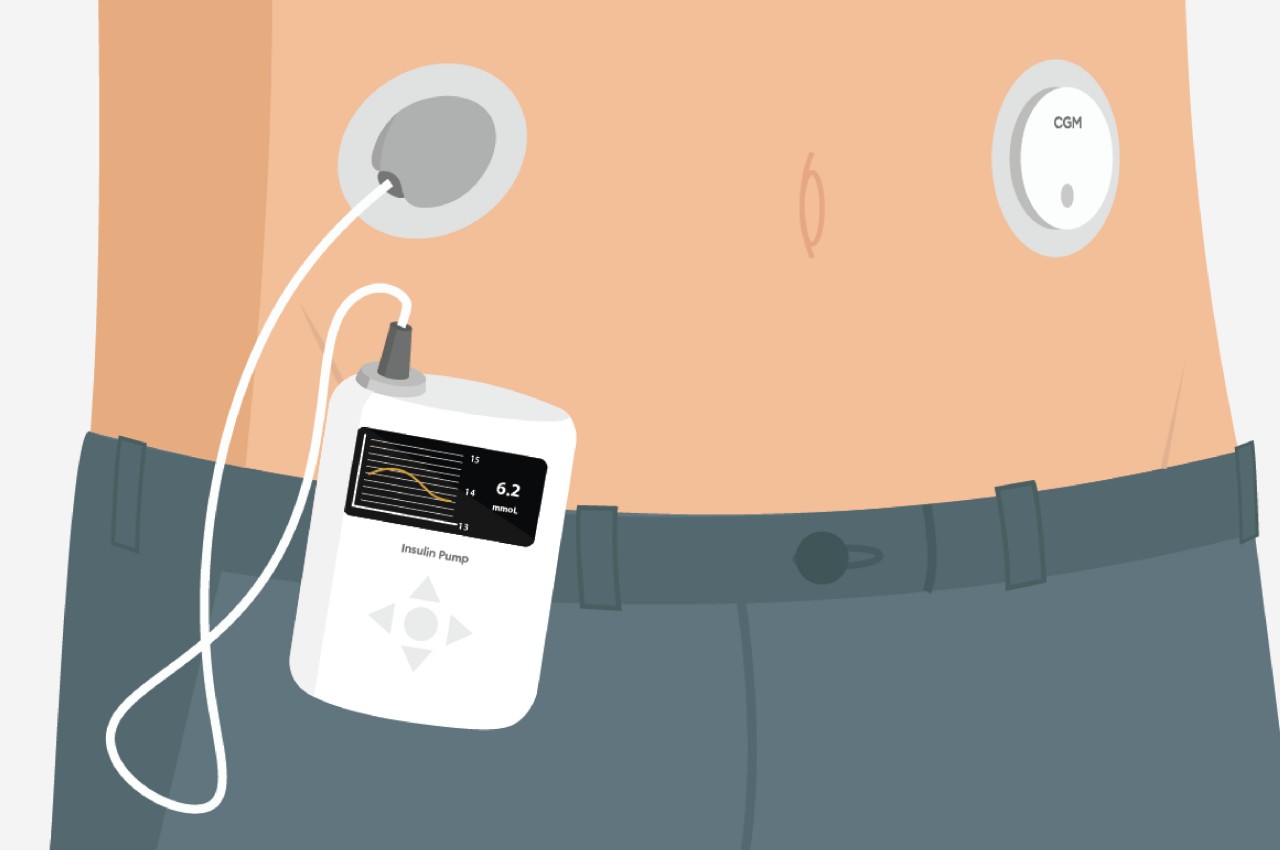
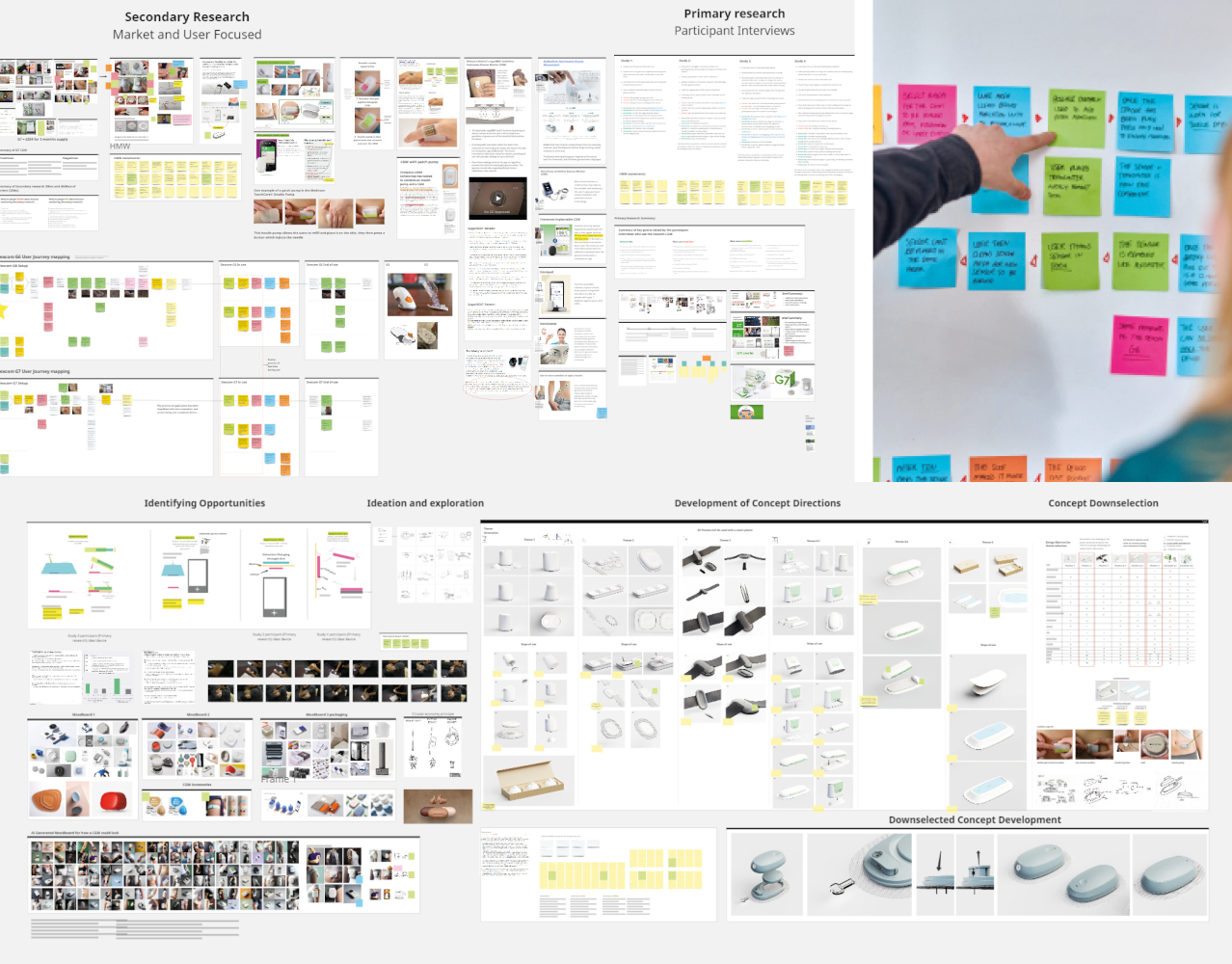
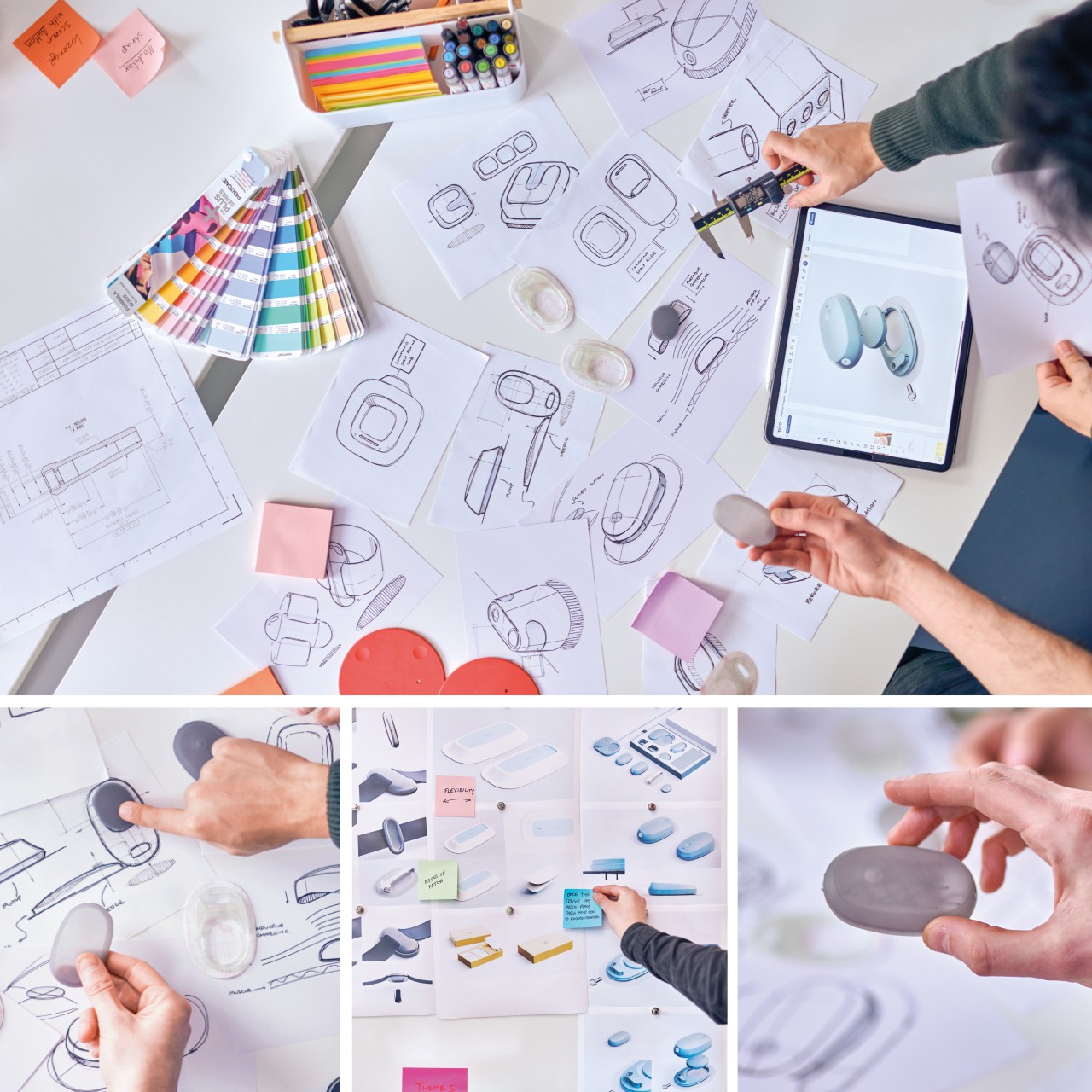
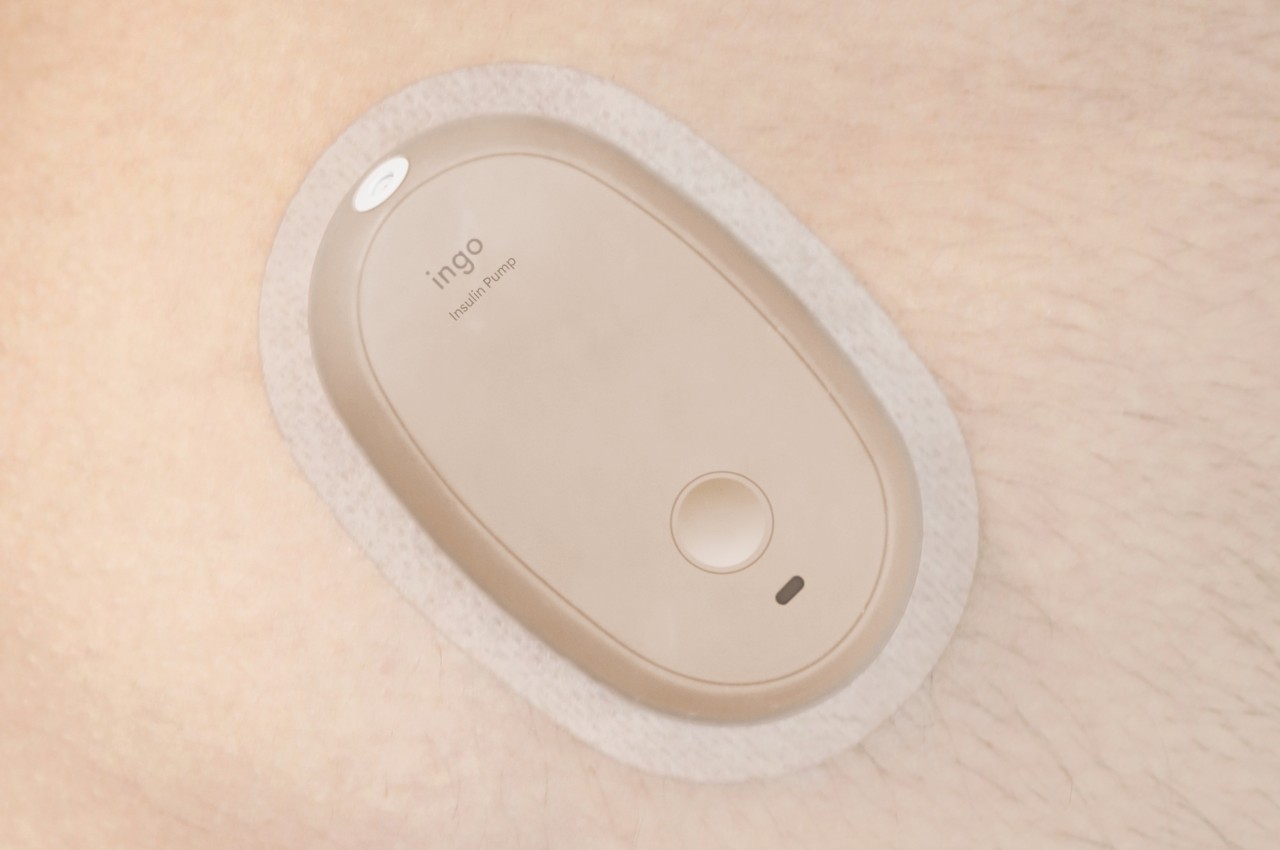

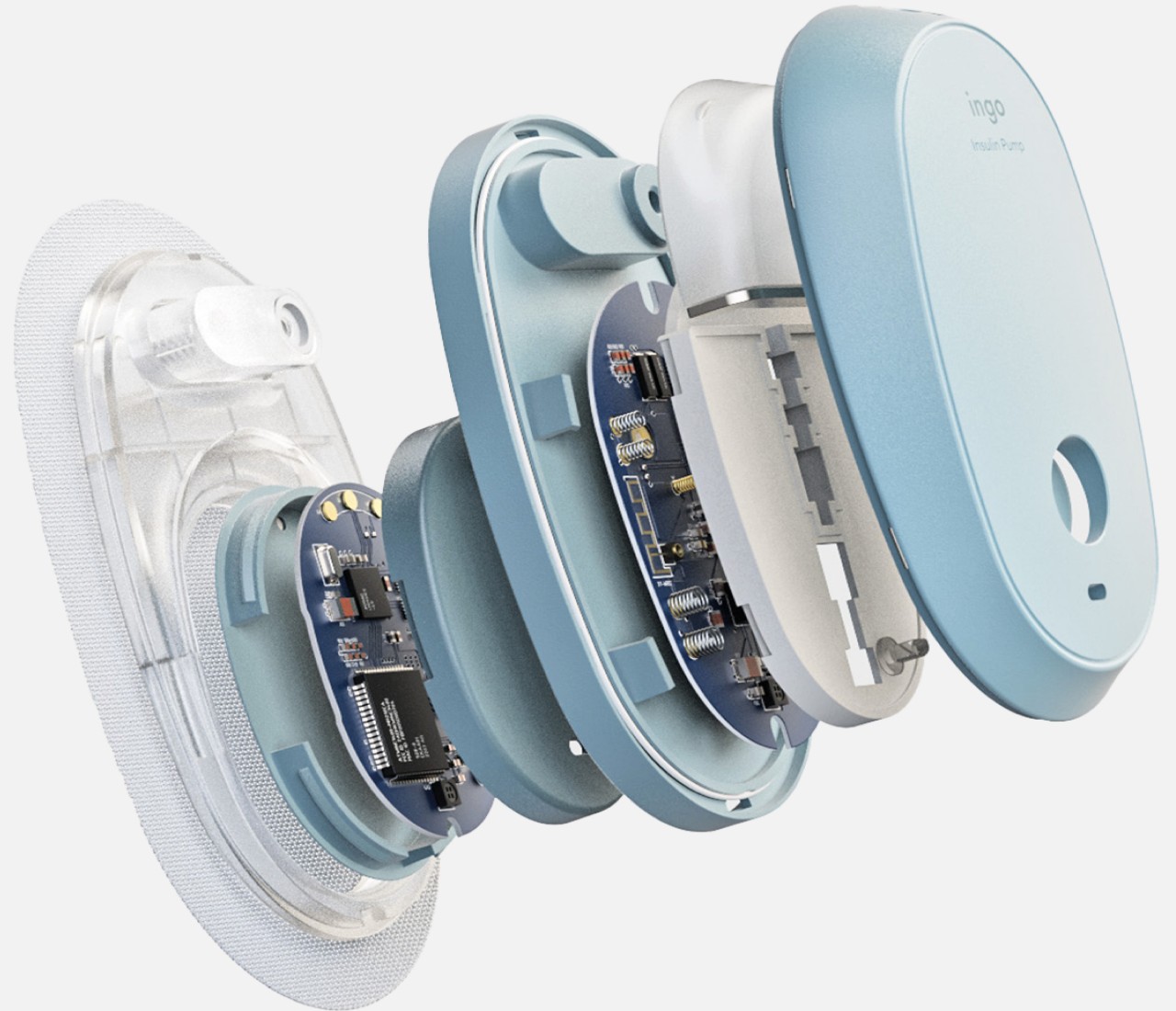
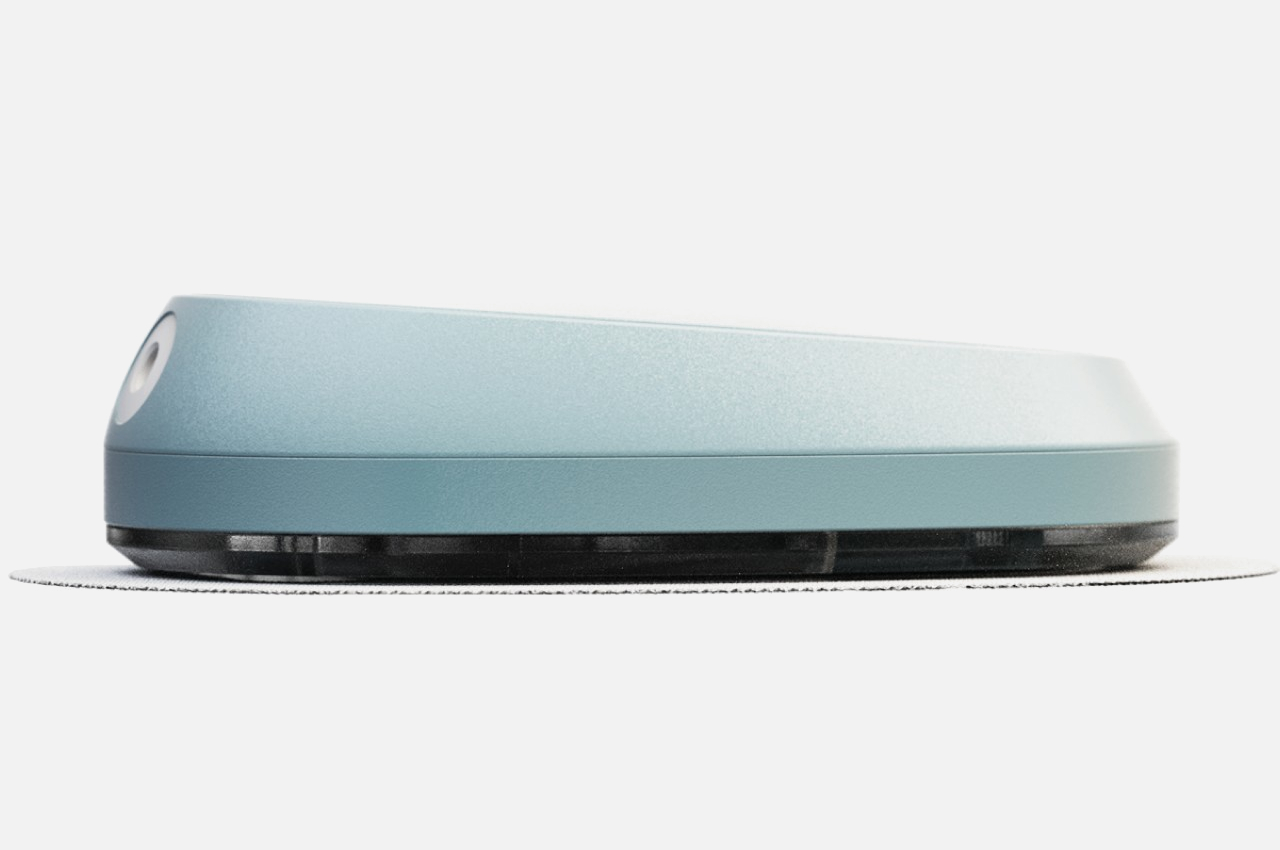

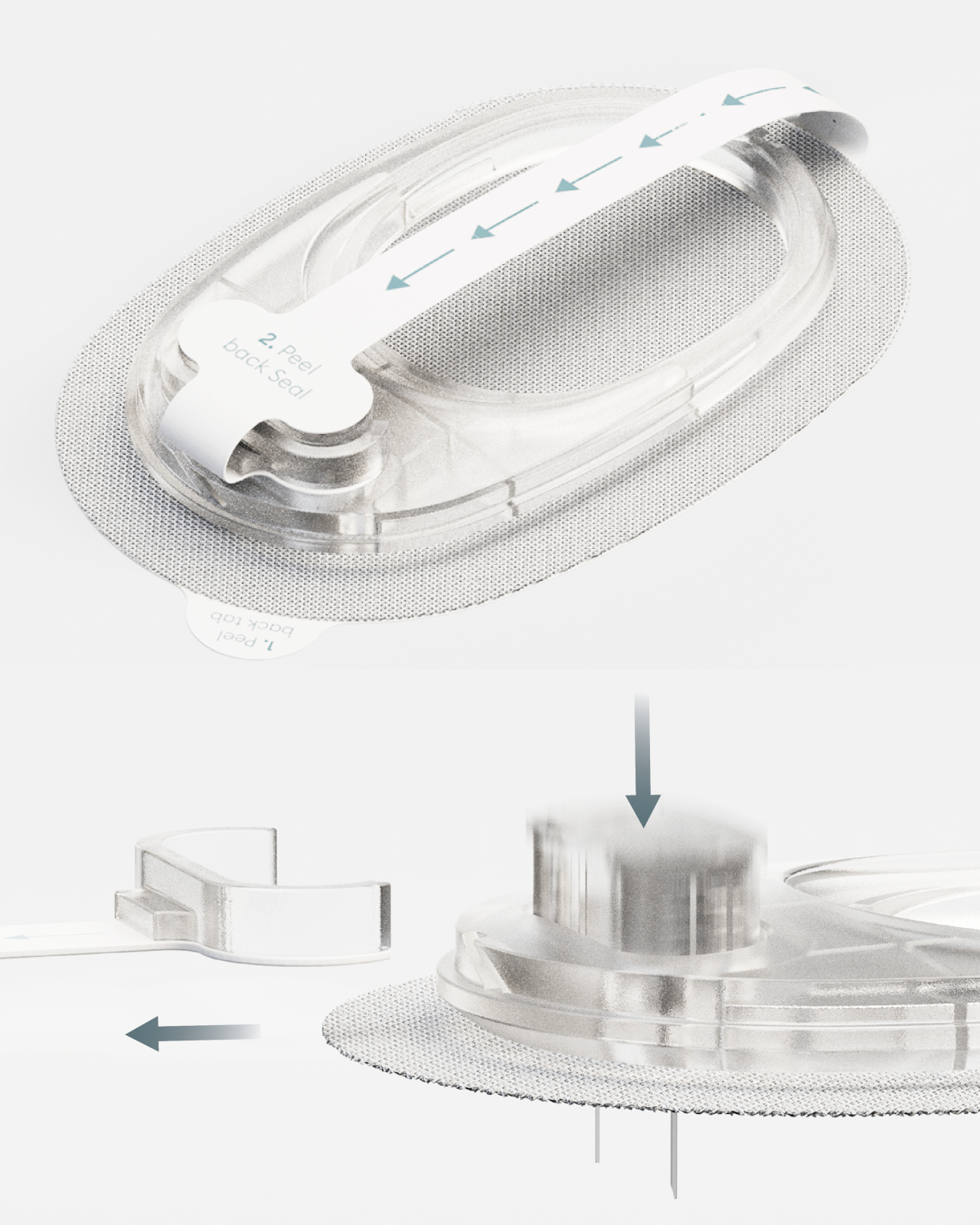
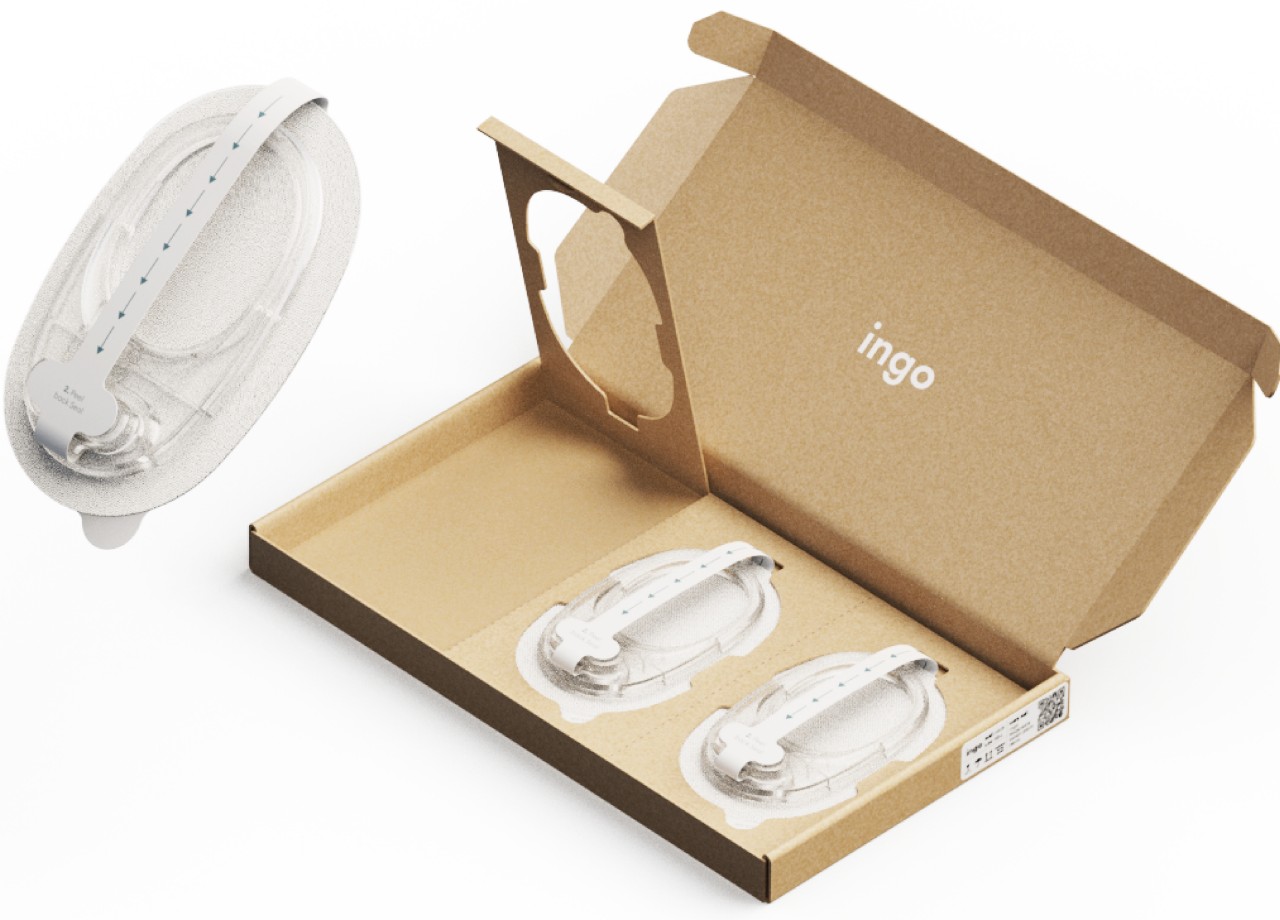
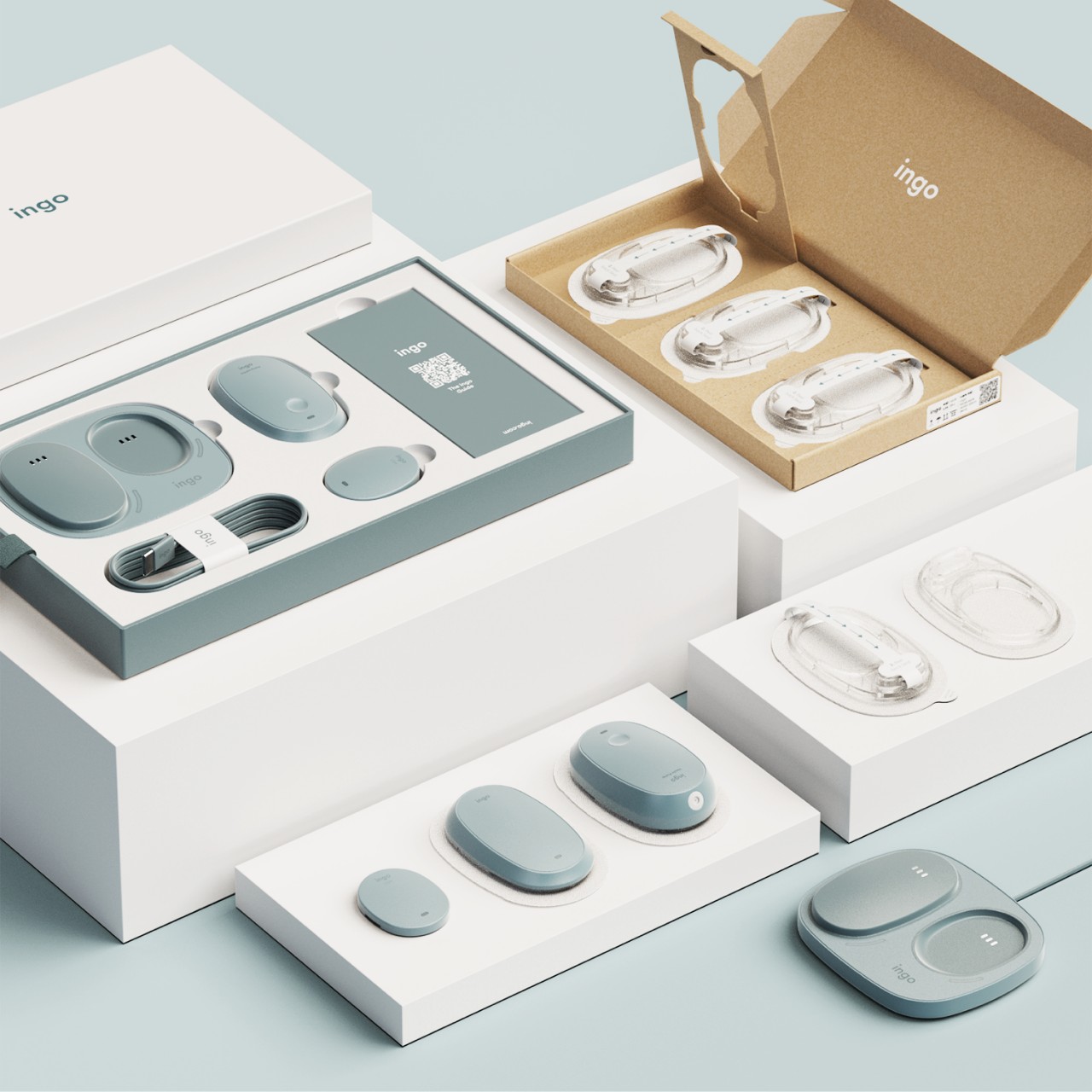
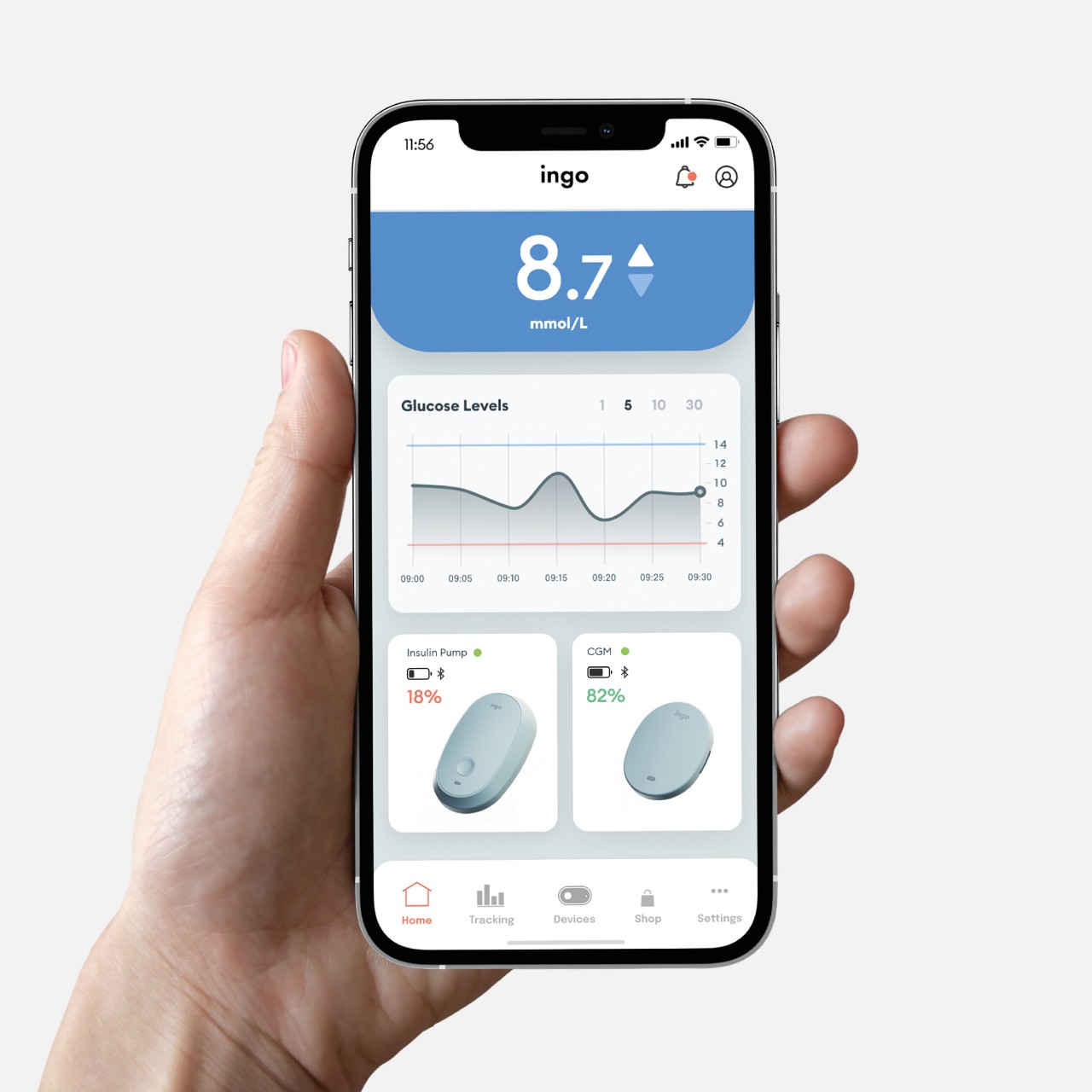
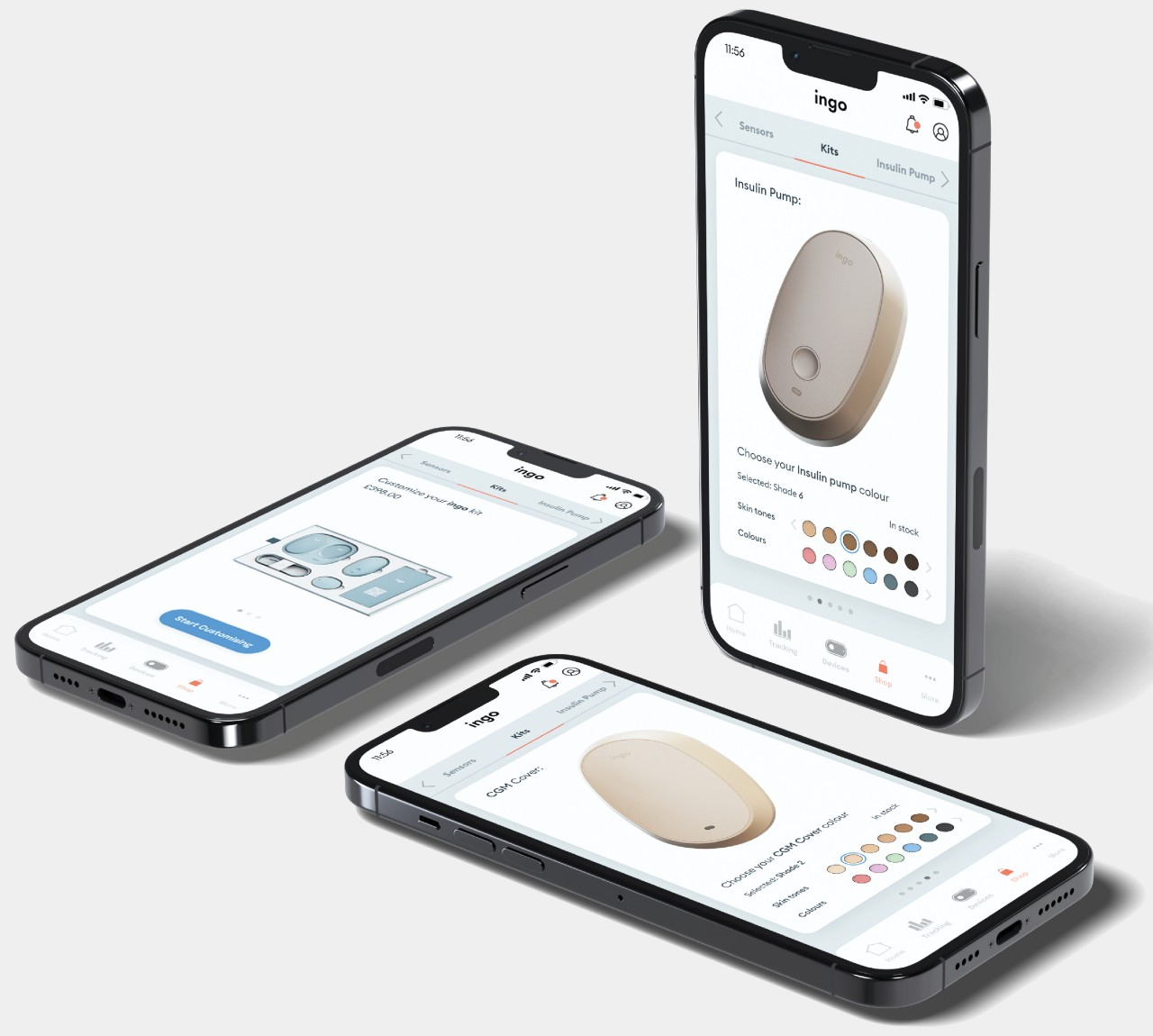
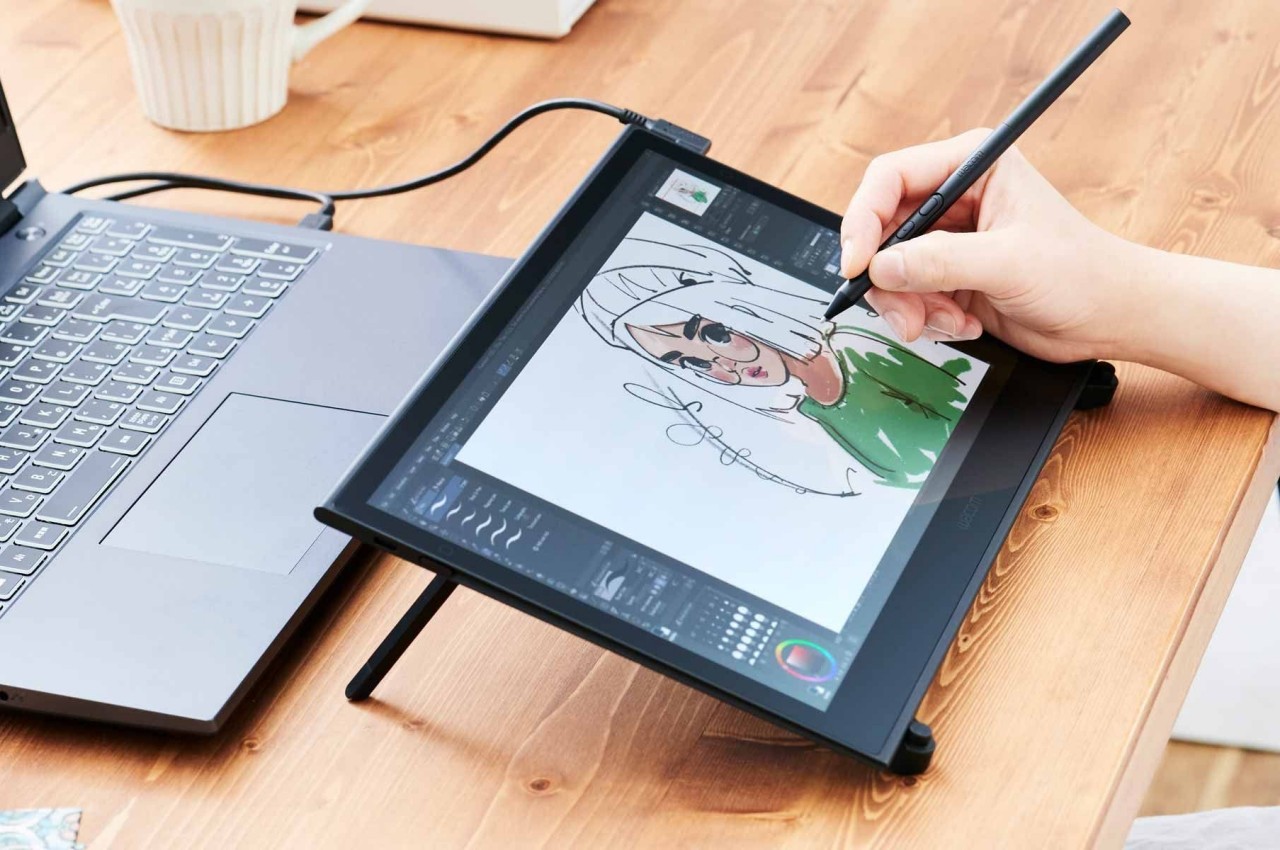
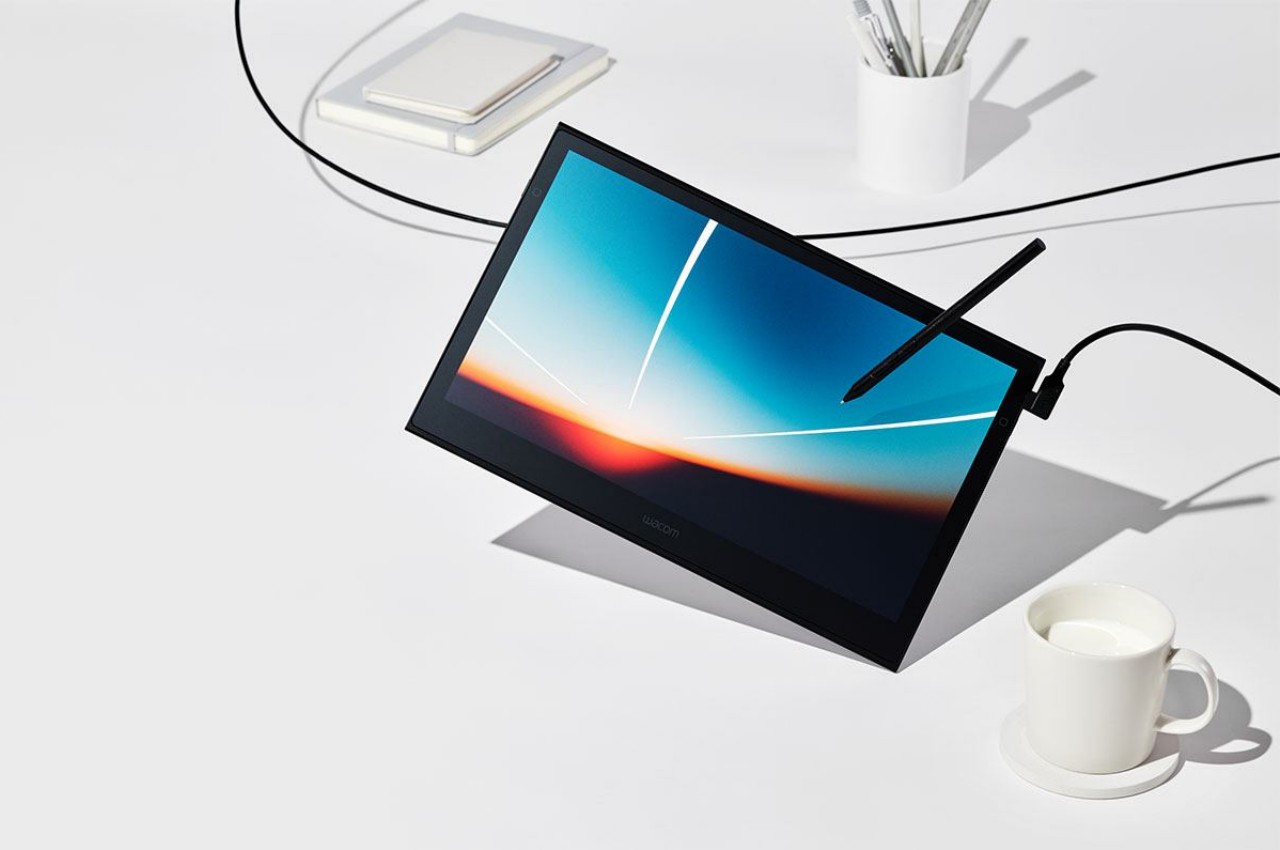
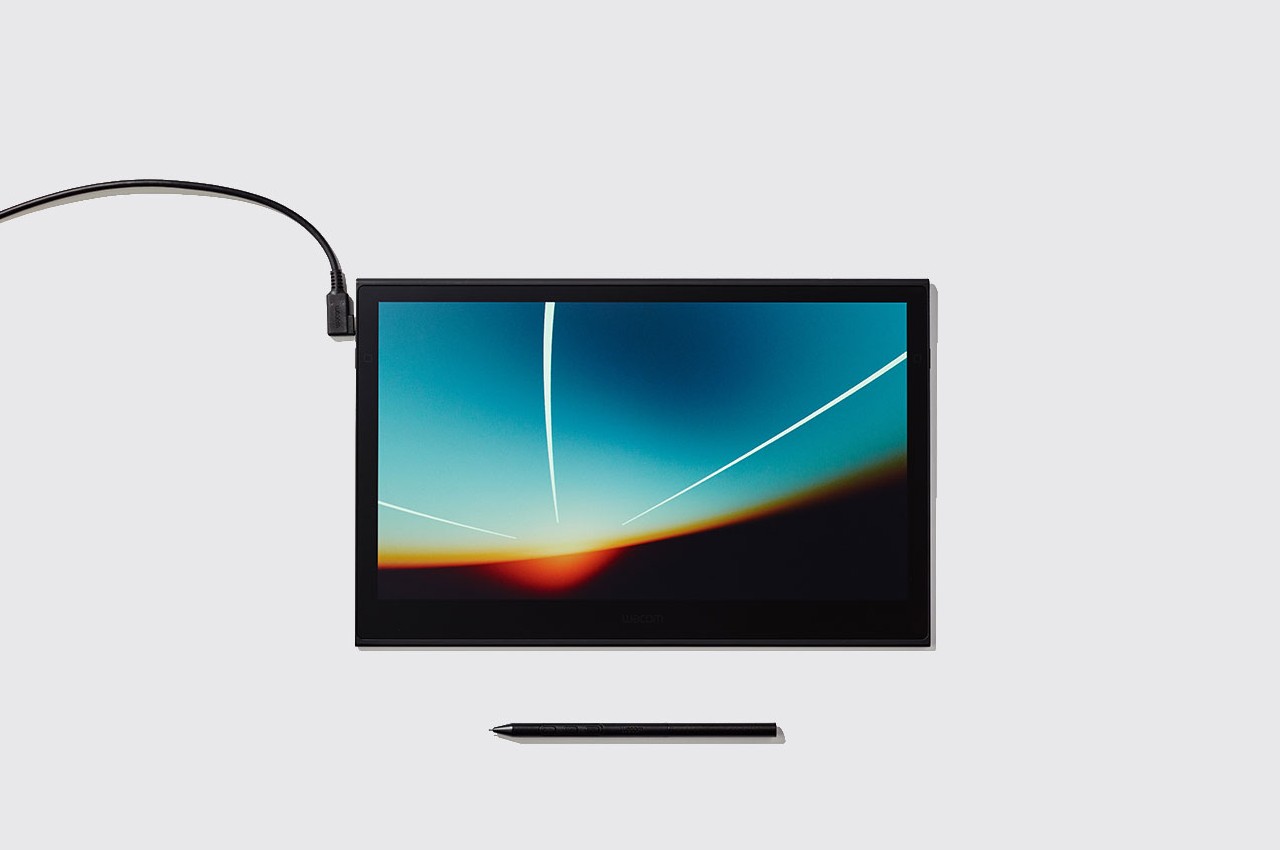
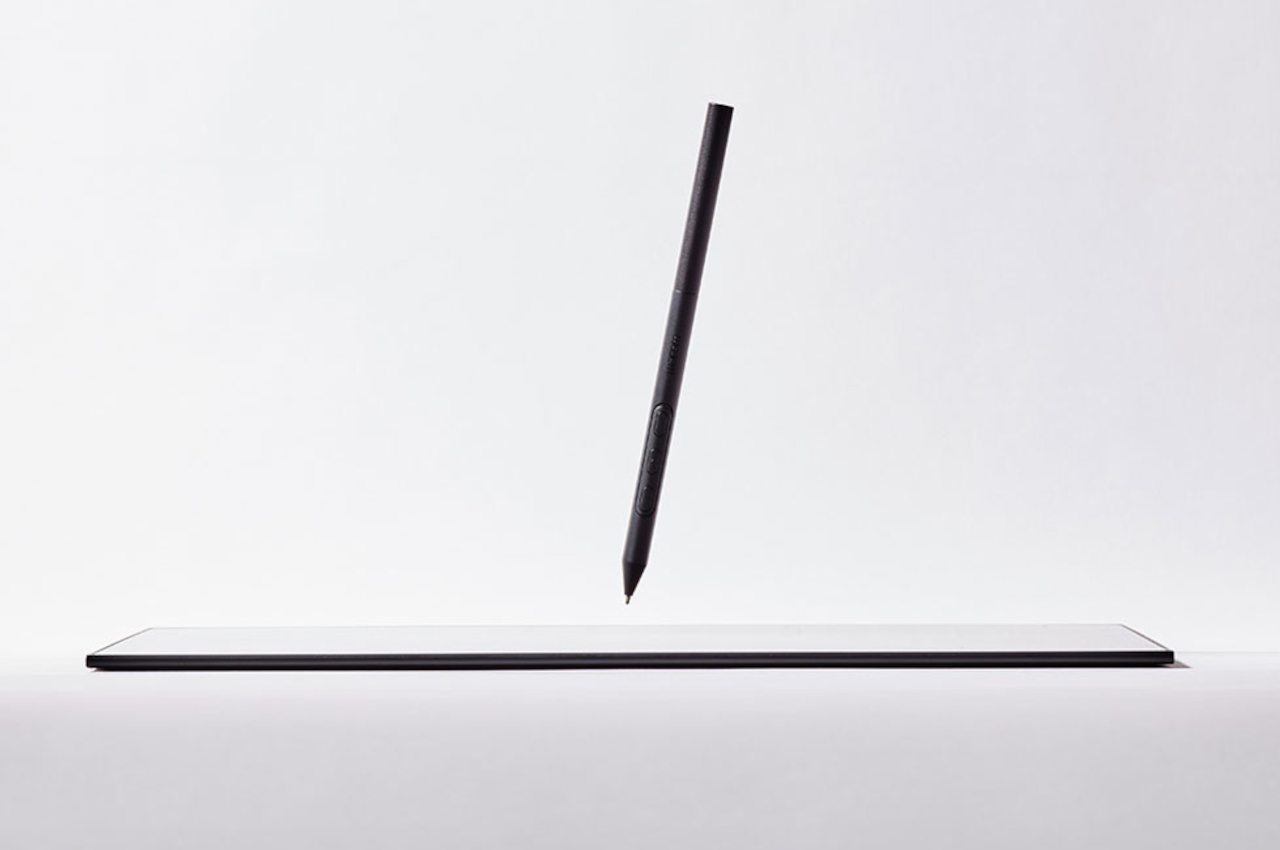
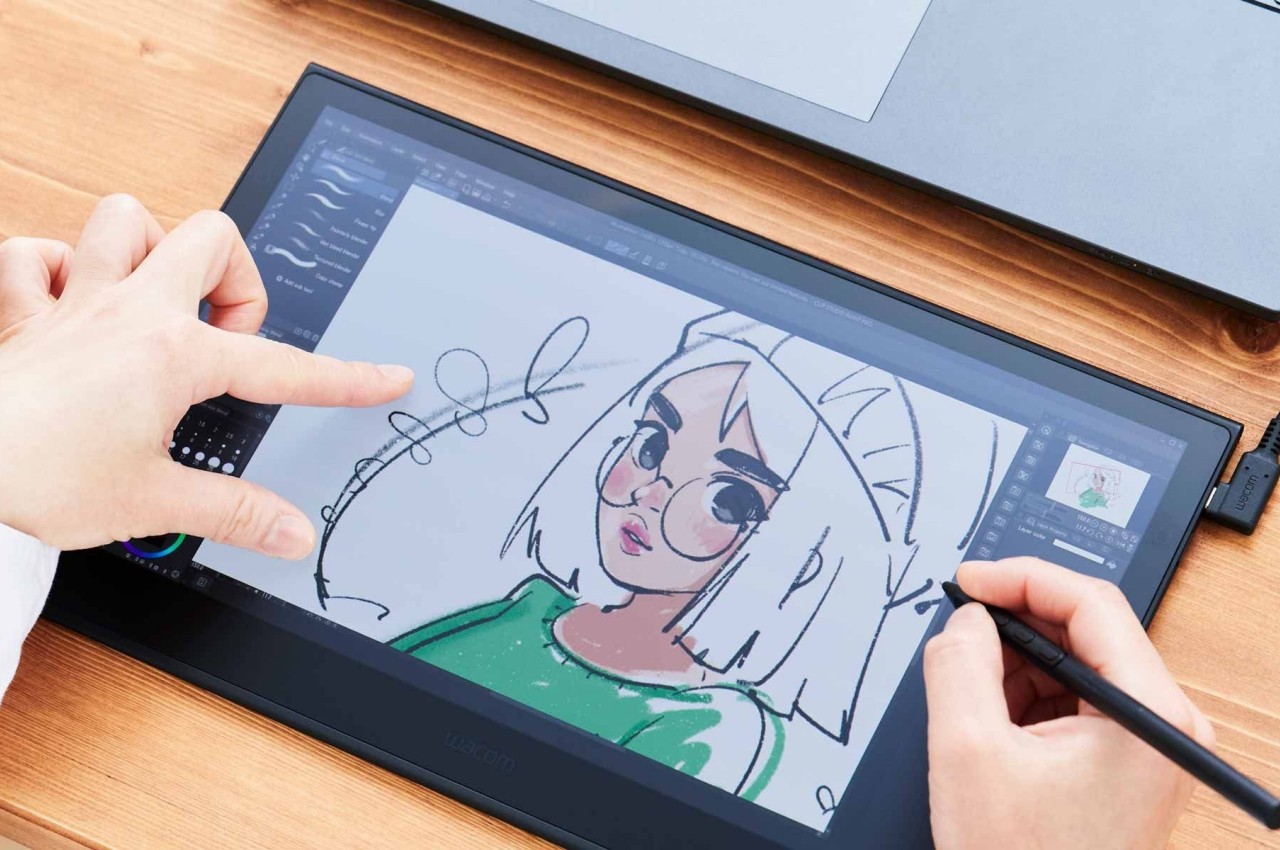
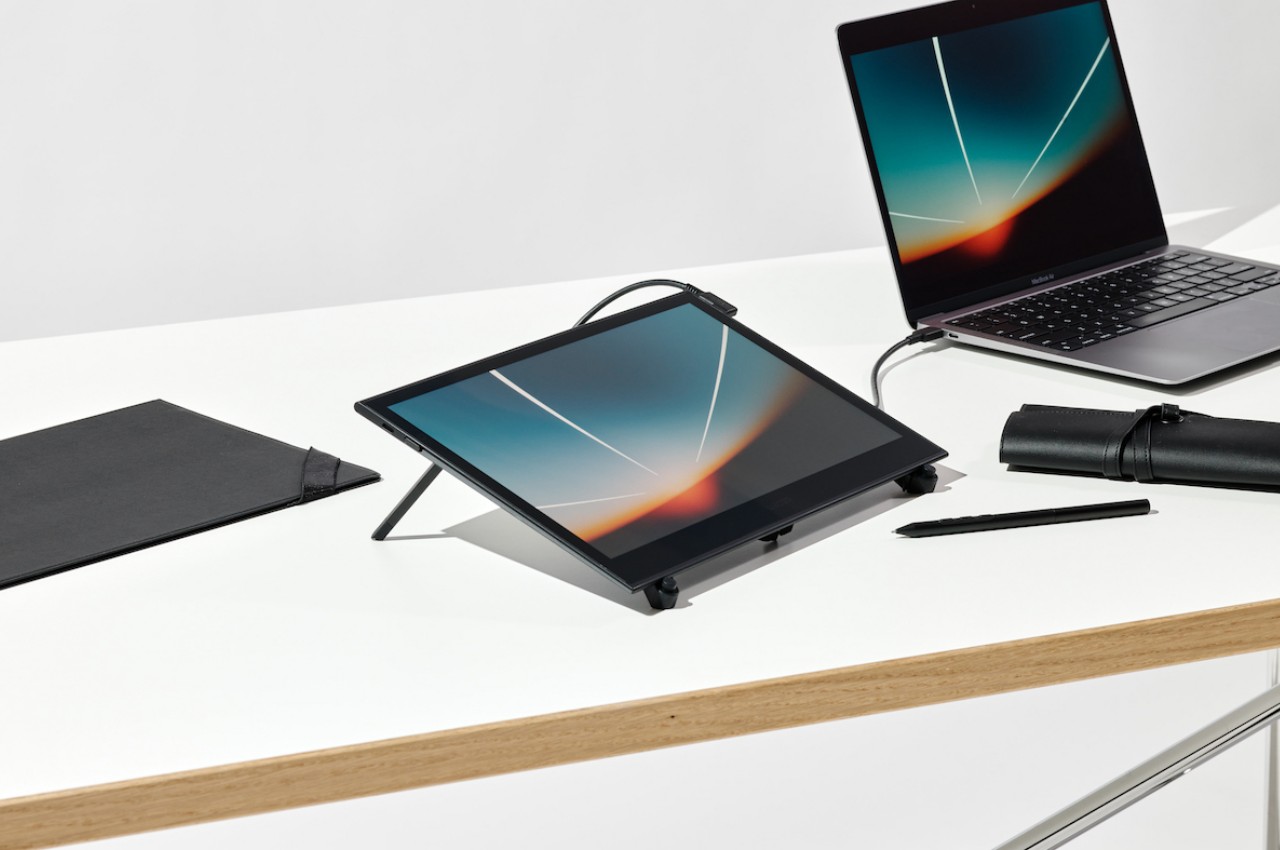
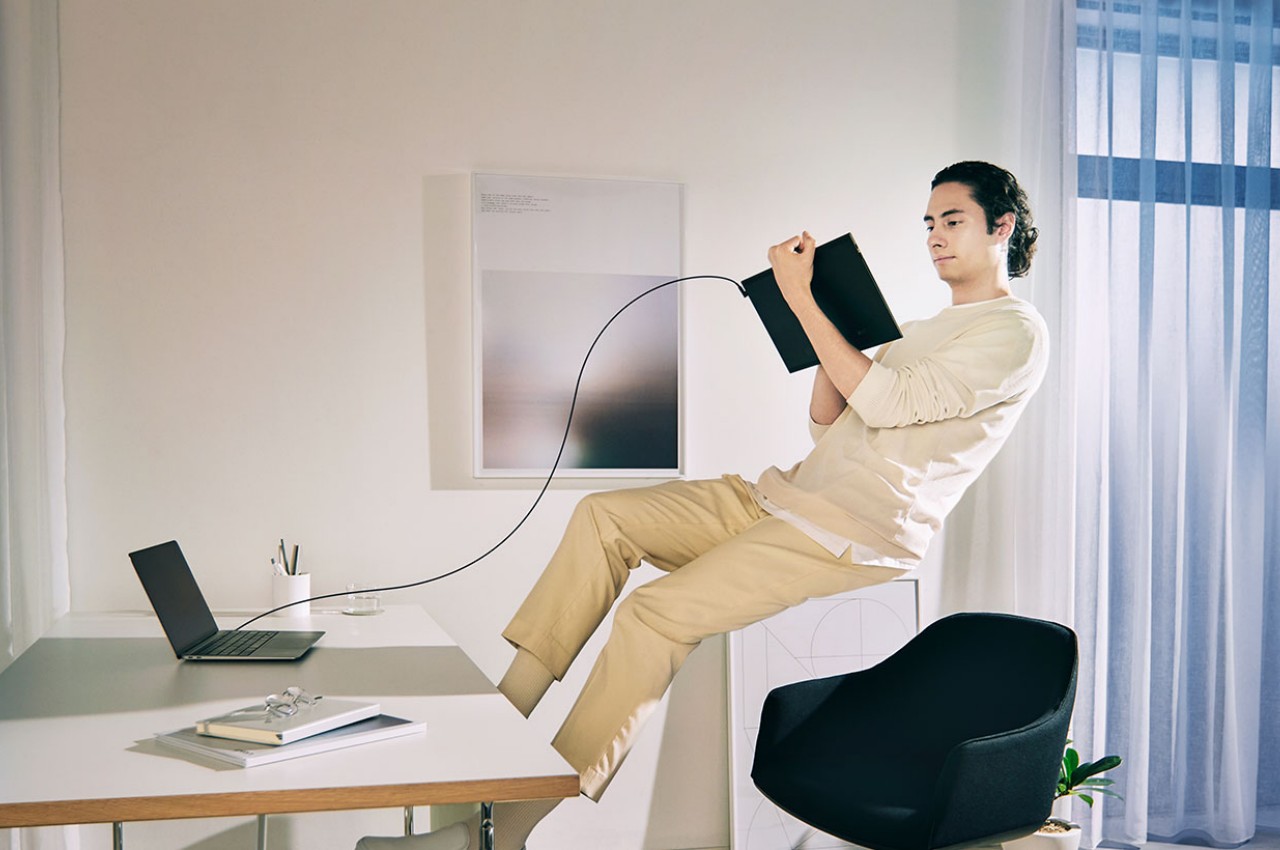
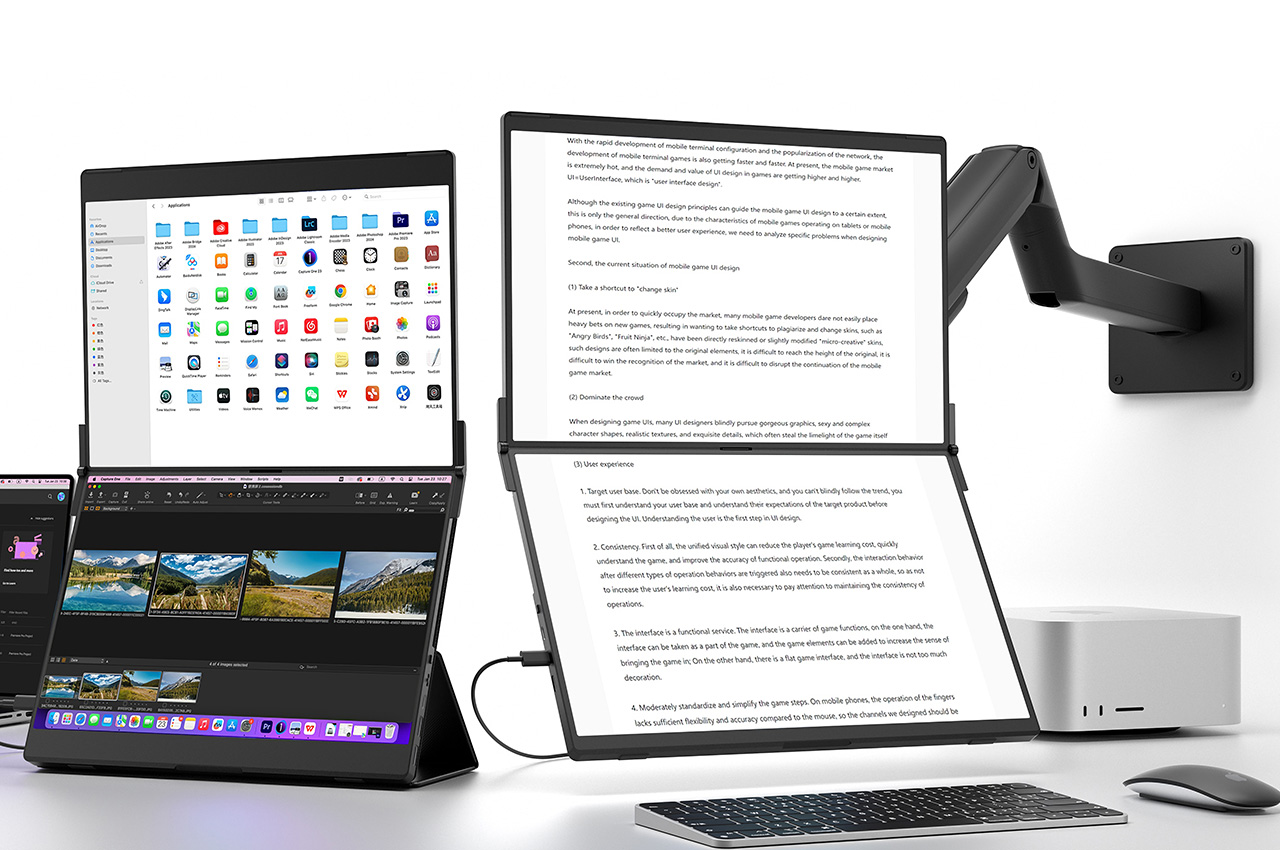






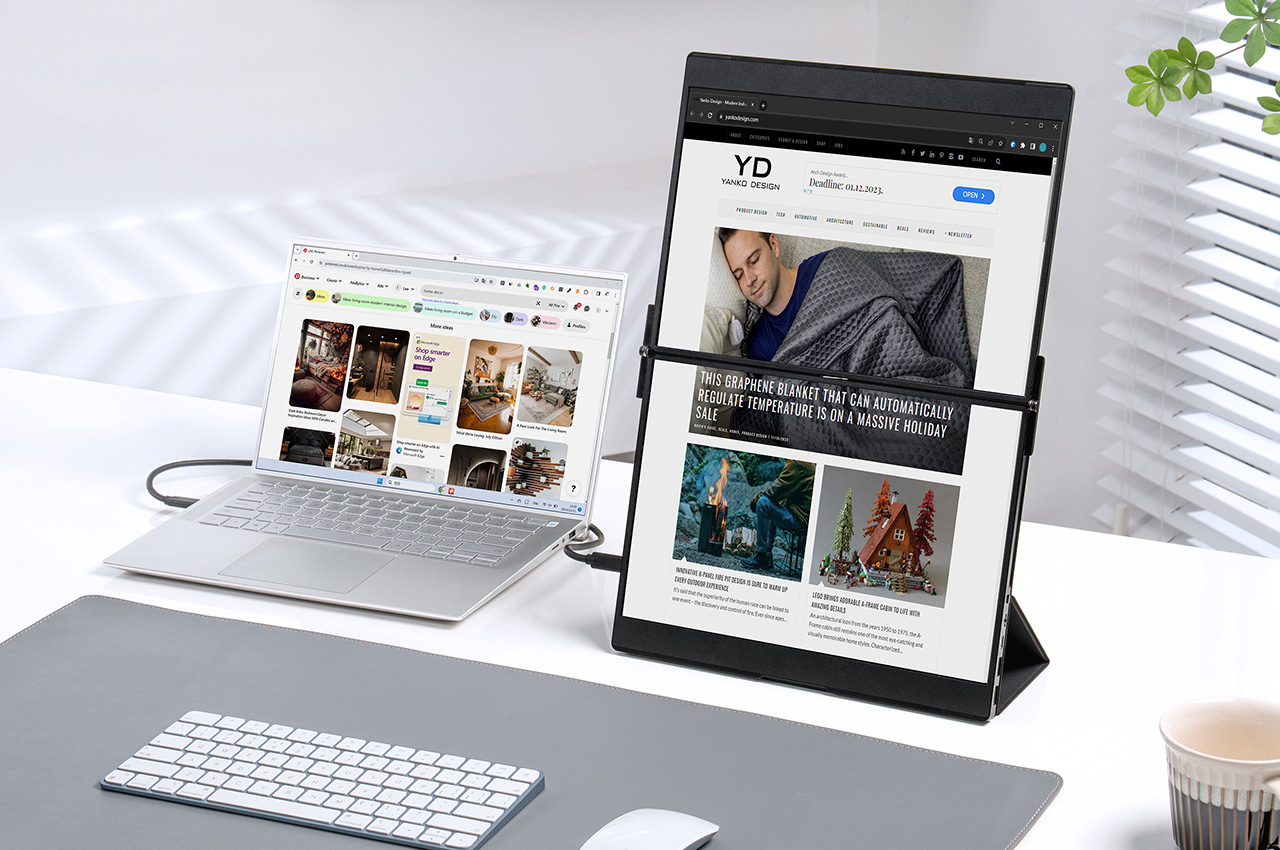


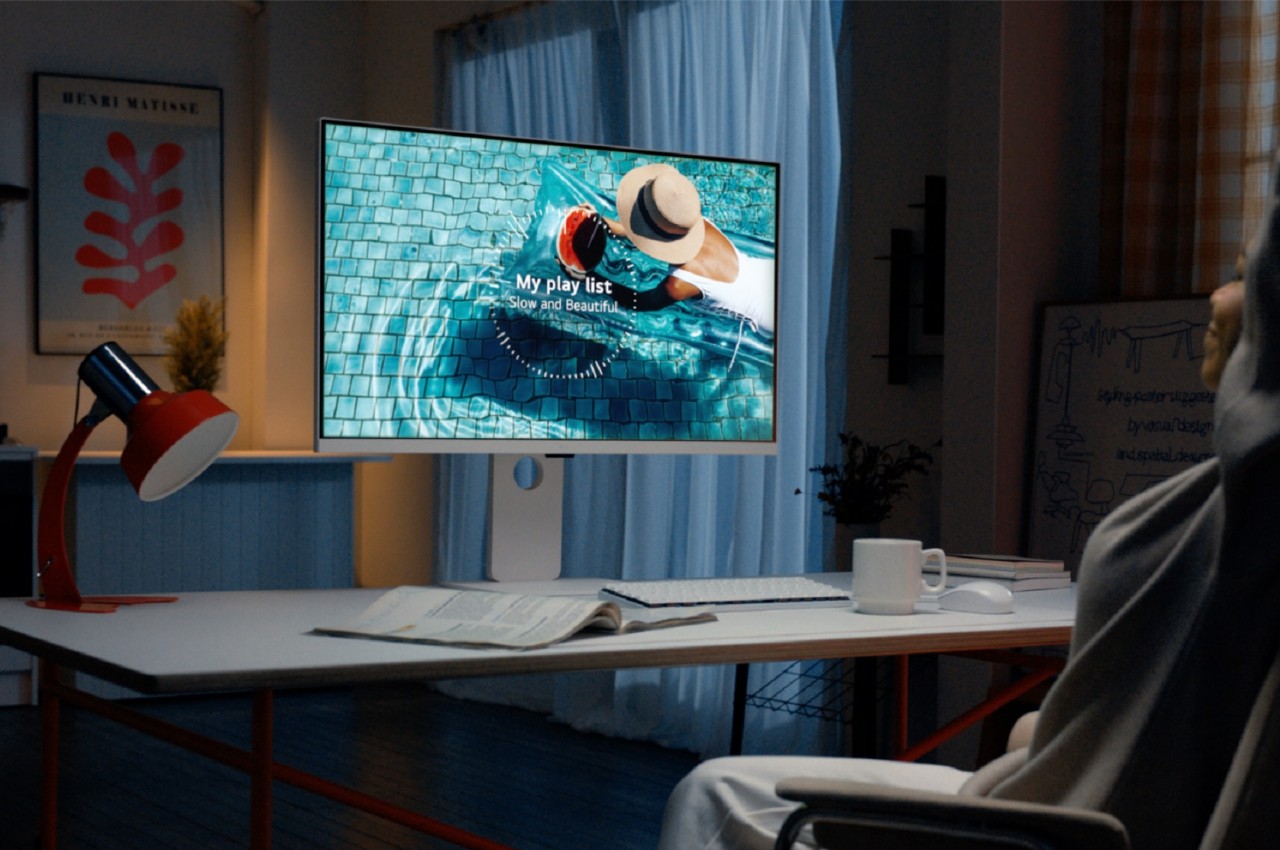
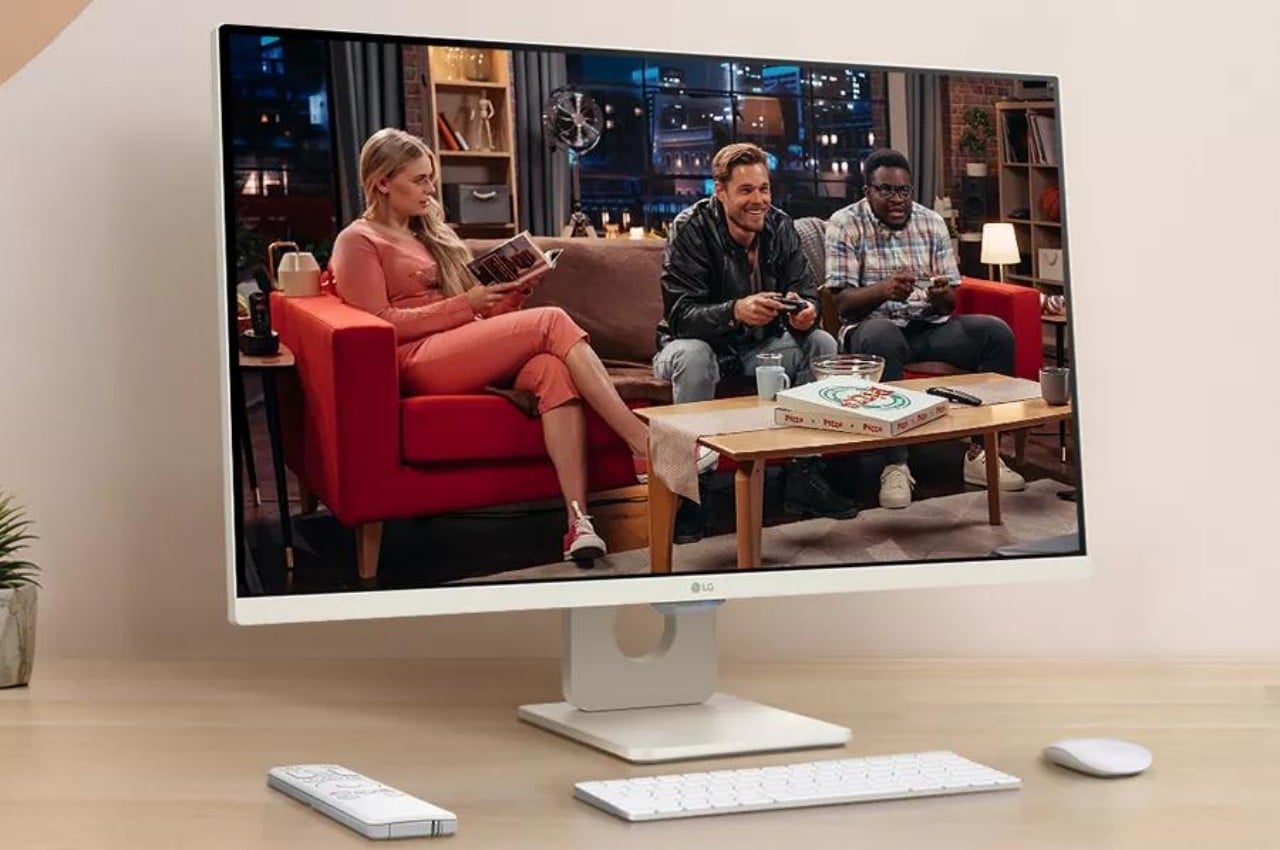
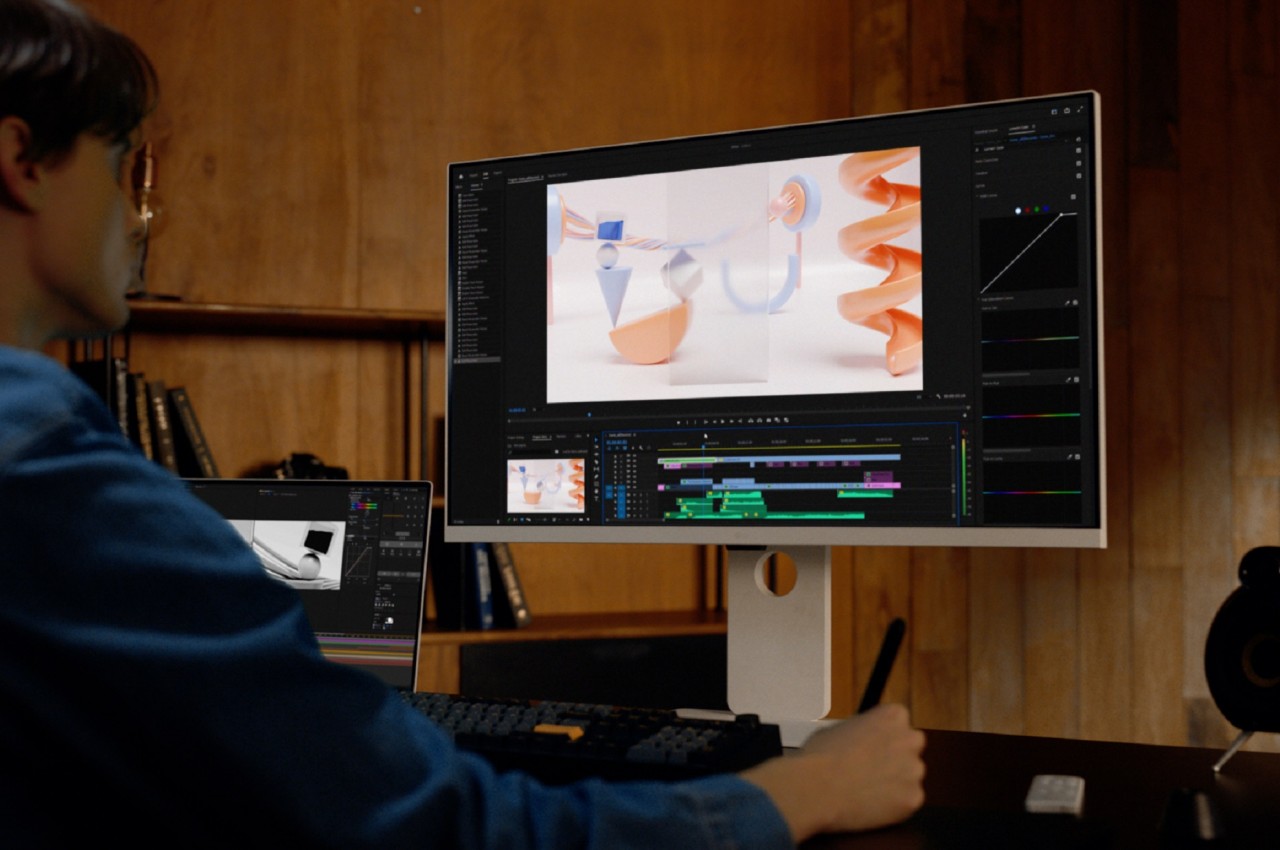
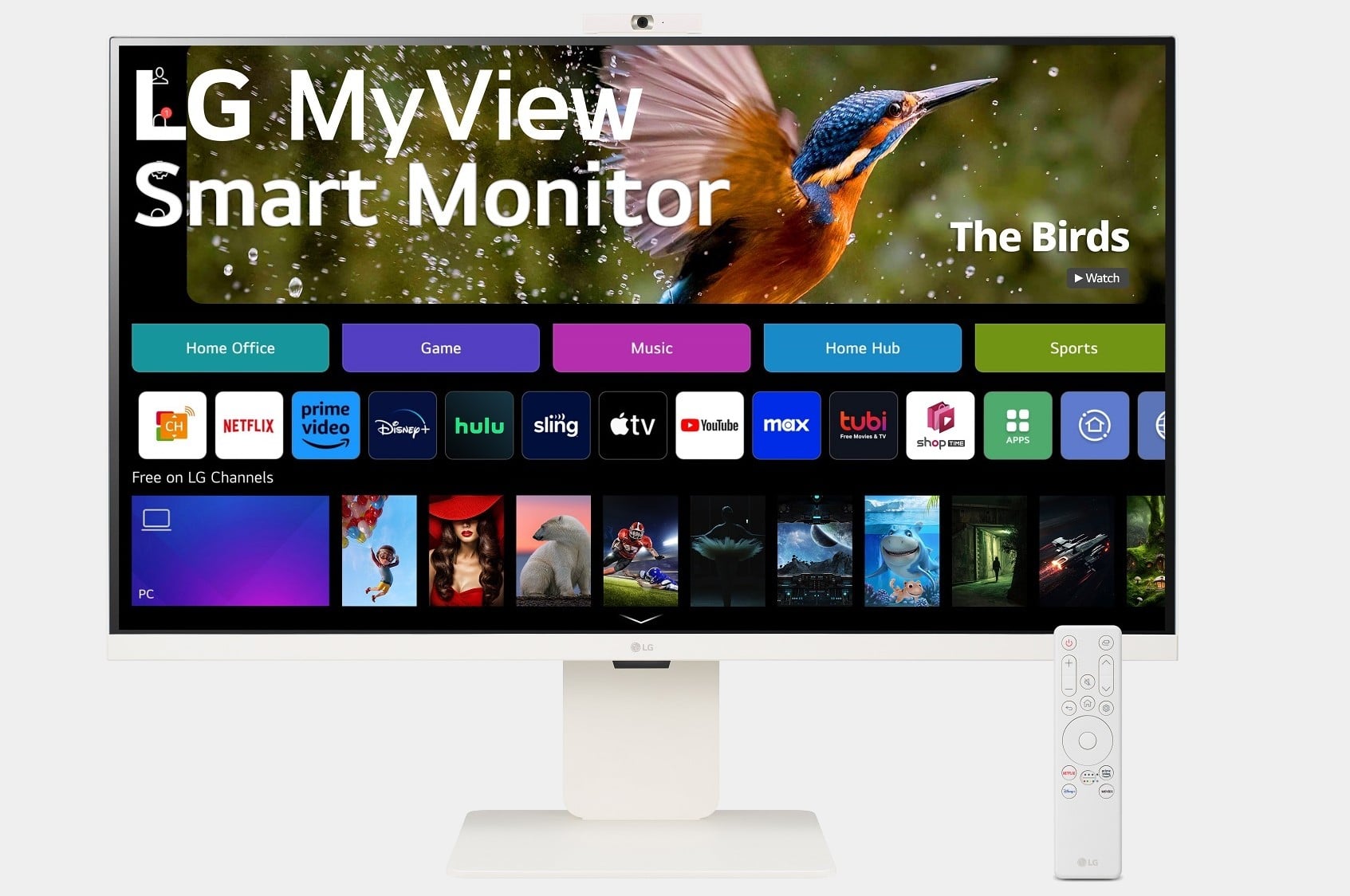
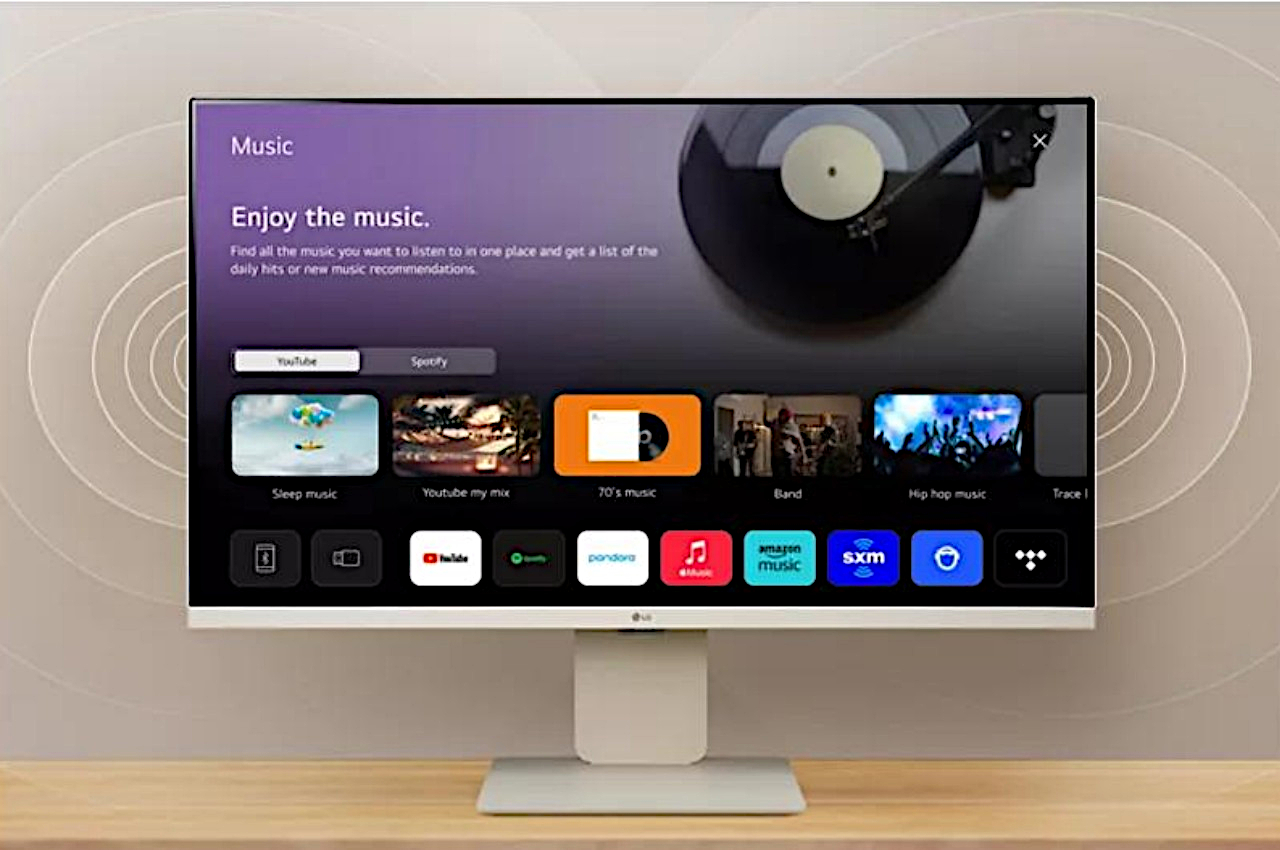
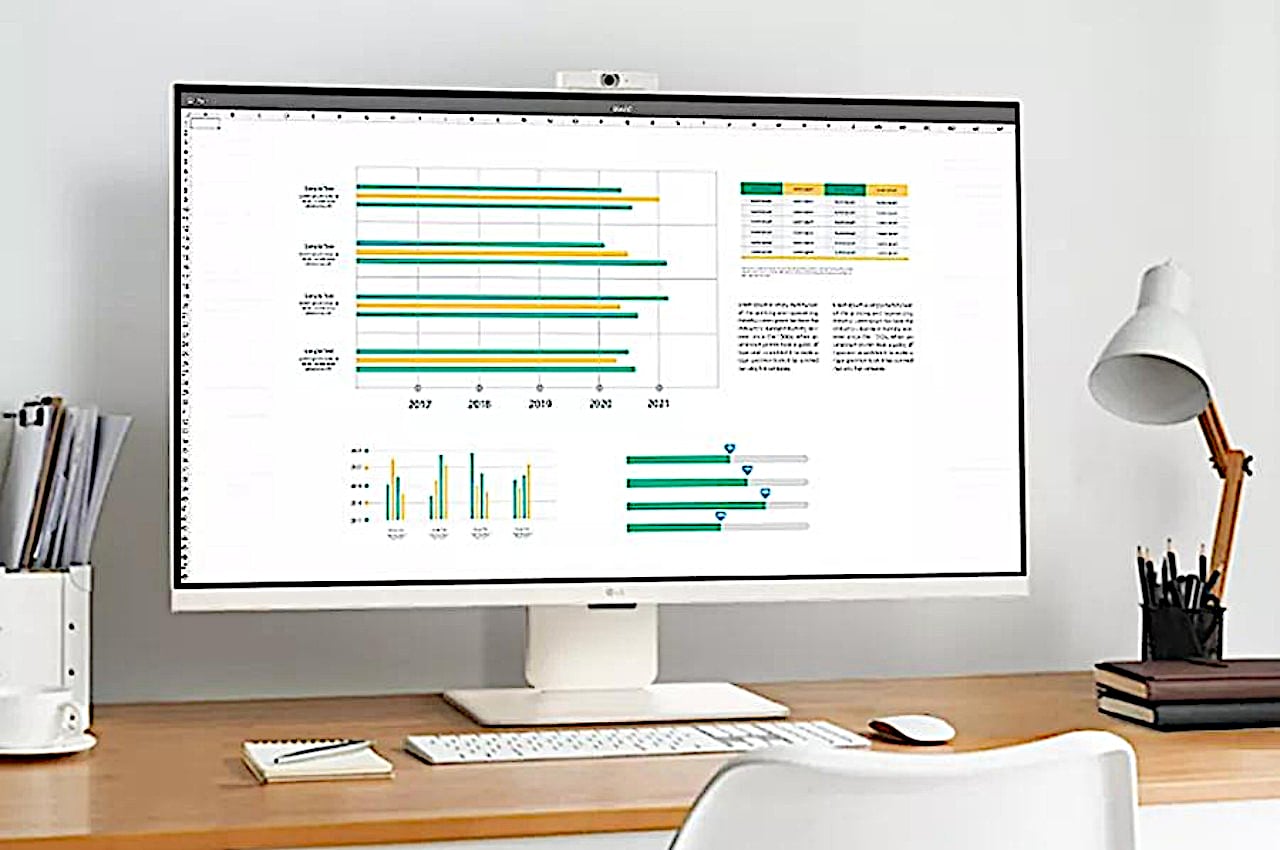
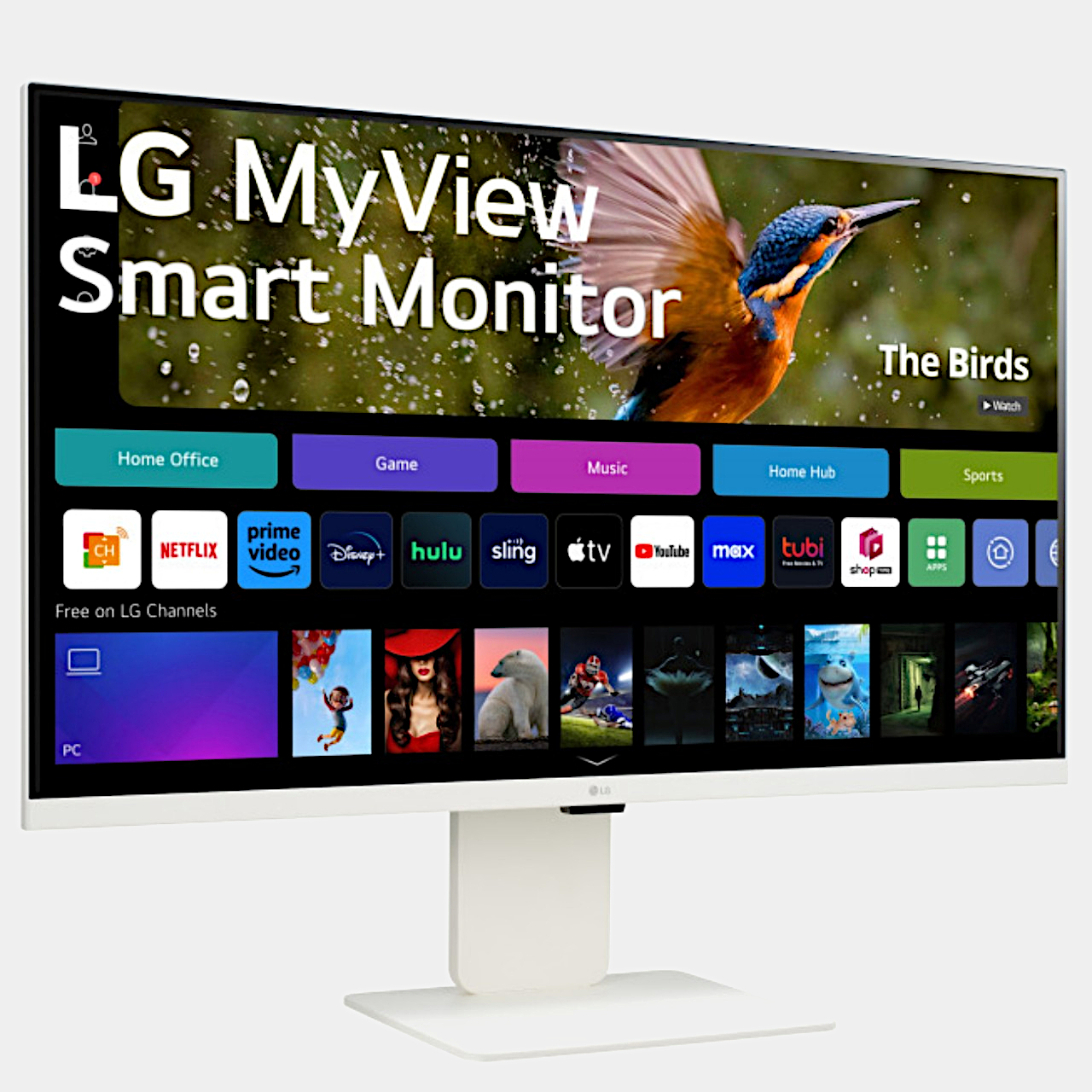
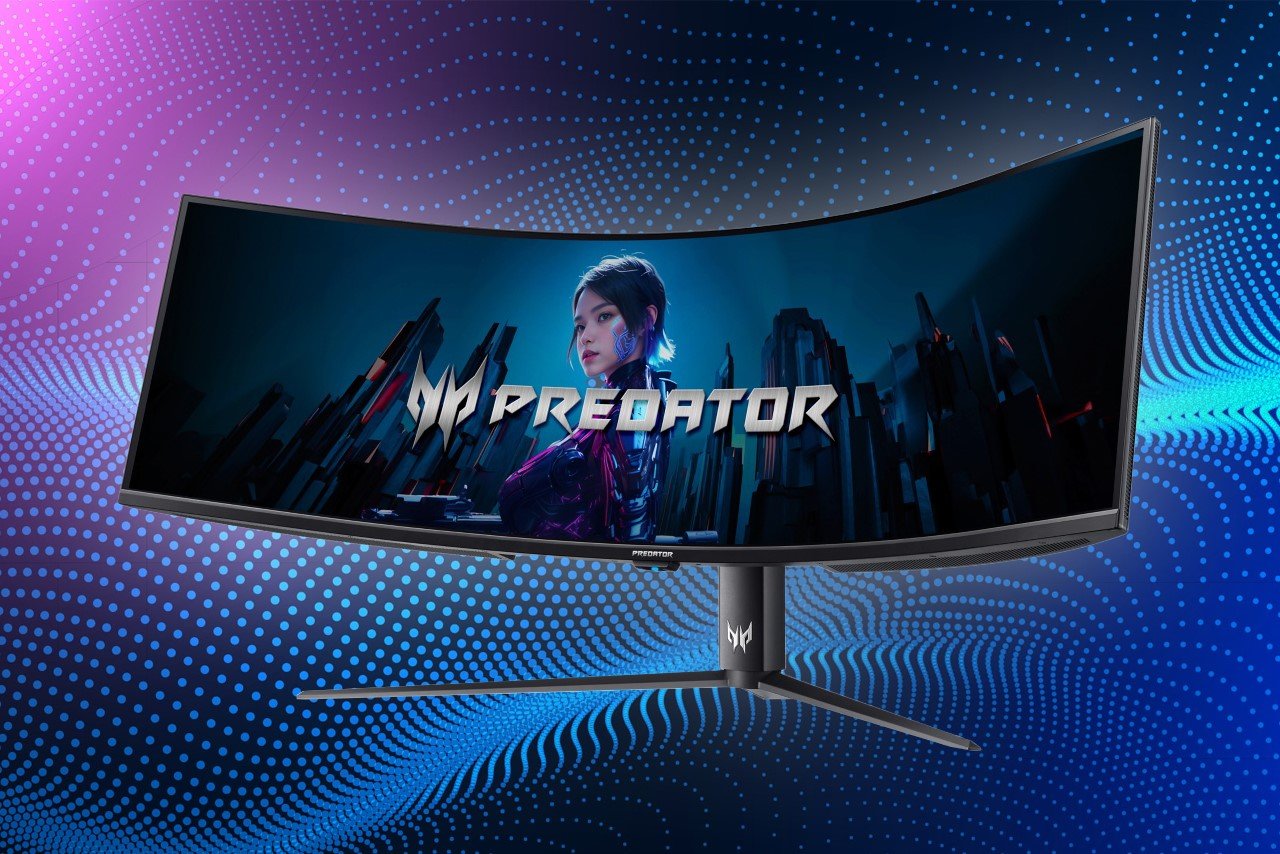
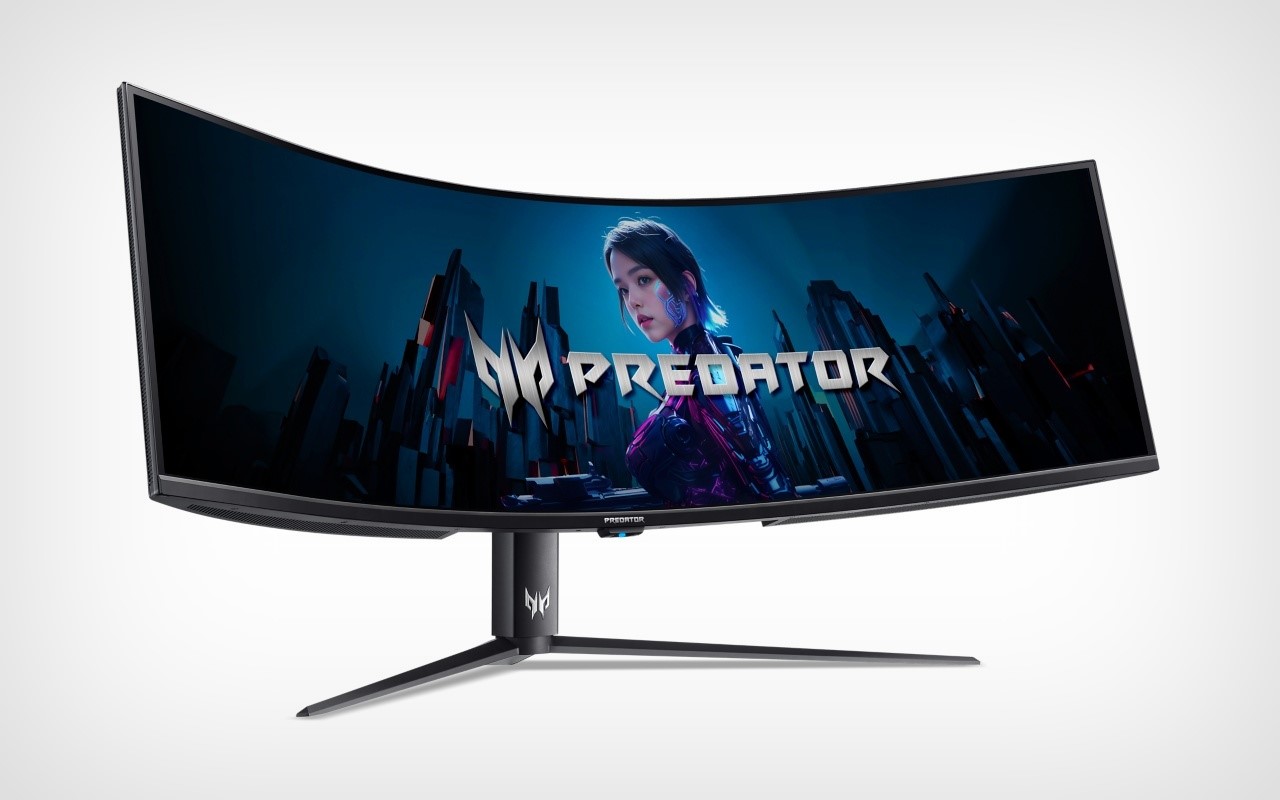
 1000, the colors and contrasts are so vivid they’ll make reality seem dull. And if the immersive experience isn’t enough, its 1000R curvature, picture-by-picture, and picture-in-picture modes ensure multitasking is as seamless as your gameplay.
1000, the colors and contrasts are so vivid they’ll make reality seem dull. And if the immersive experience isn’t enough, its 1000R curvature, picture-by-picture, and picture-in-picture modes ensure multitasking is as seamless as your gameplay.